FEATURING: 2023
A band of business leaders are pushing for criminal justice reform to open employment opportunities and give people a second chance.
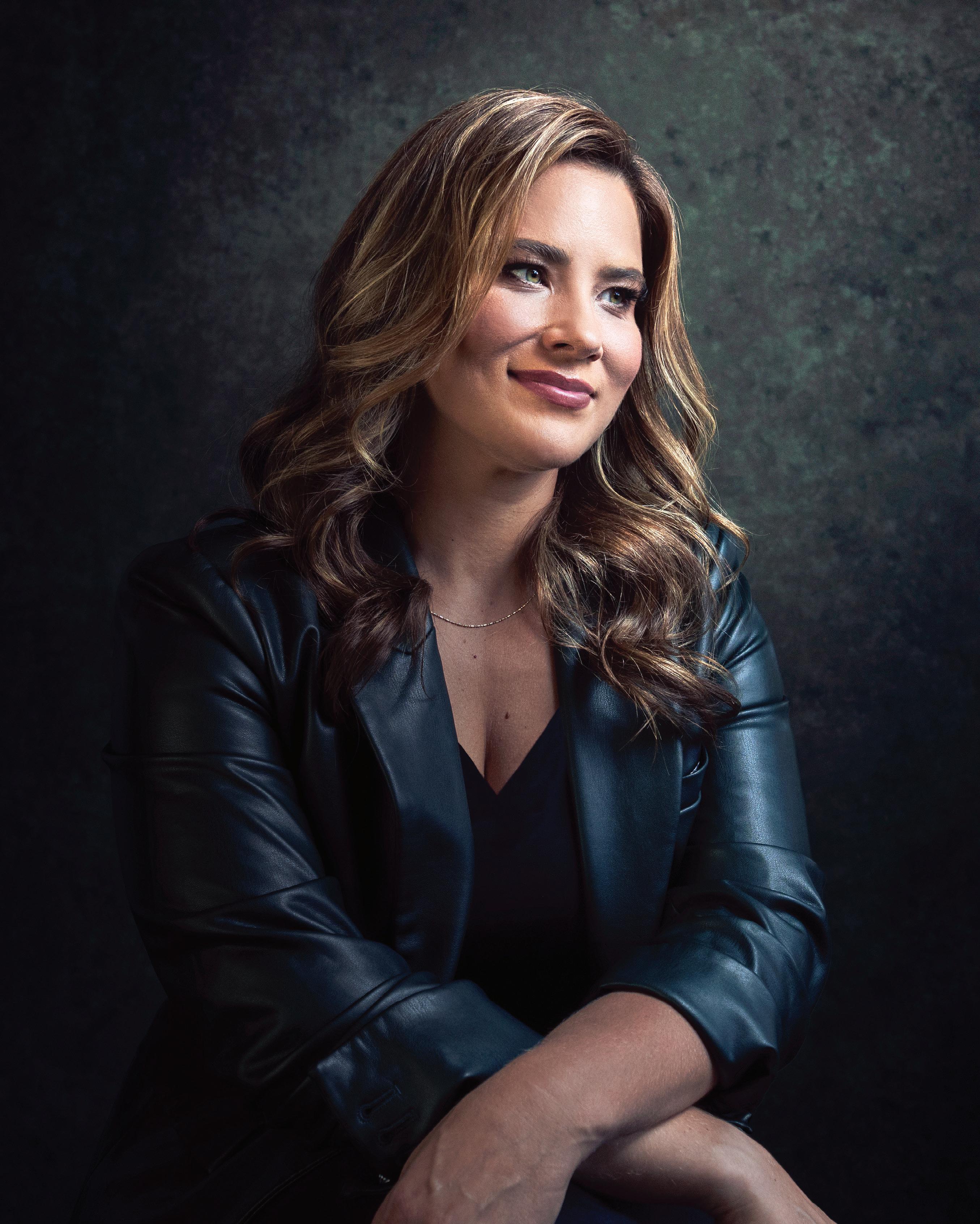

FEATURING: 2023
A band of business leaders are pushing for criminal justice reform to open employment opportunities and give people a second chance.





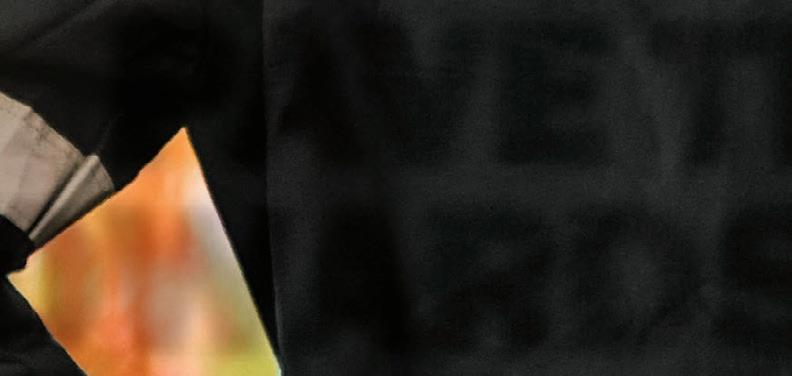





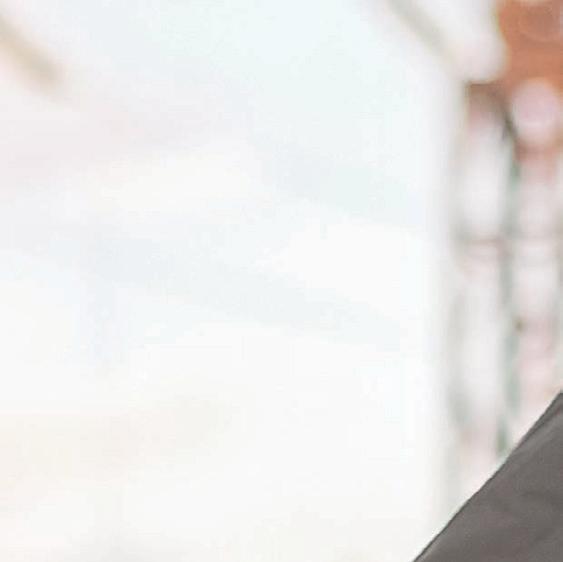

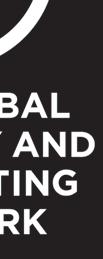










Business is safer, stronger, better with Texas Mutual.


Since 1999, Texas Mutual has proudly distributed over $4 billion in dividends to recognize our policyholders prioritizing workplace safety. With dividends you can strengthen your business and reward your employees, making your business better when you choose workers’ compensation insurance from Texas Mutual.


texasmutual.com/dividends



Four distinct advantages for you.

First and foremost, our people are immersed in your industry. We get to know you and your organization, combining our knowledge with yours to make you stronger.
We believe entrepreneurs are the backbone of the economy, so we tailor our offerings for privately held businesses — large and small — and to meet the specific needs of owners.
From startup through succession, we offer you what you need when you need it by leveraging a vast network of resources.
At CLA, you work with resourceful people who are empowered to serve you rather than to merely perform obligatory functions.
We embrace all voices.
Our CLA family welcomes different beliefs and perspectives — so we can truly know and help our clients, our communities, and each other. You’ll find we approach diversity, equity, and inclusion the way we approach our daily work — we weave it seamlessly into everything we do.
To get your business where you want it to go, you ride the line between numbers and people. You balance what’s right for the business and what’s best for everyone who
depends on it, solving for today’s challenges and creating future opportunities. Wherever your there is, CLA


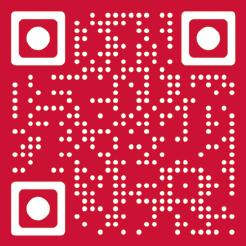


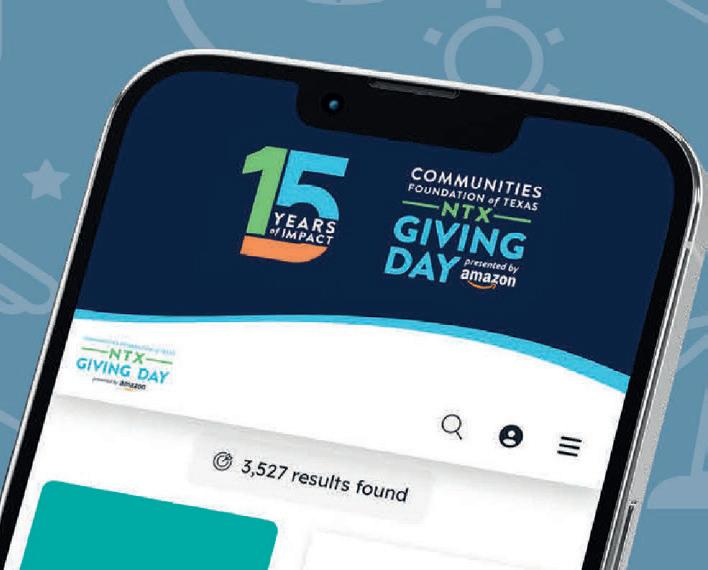



Are you or your company looking for local nonprofits making an impact in the cause areas that matter most to you?
Choose from 3,000+ local nonprofits in need of your support at NorthTexasGivingDay.org

Search organizations by cause area, location, budget size, or by those that will match your donation.

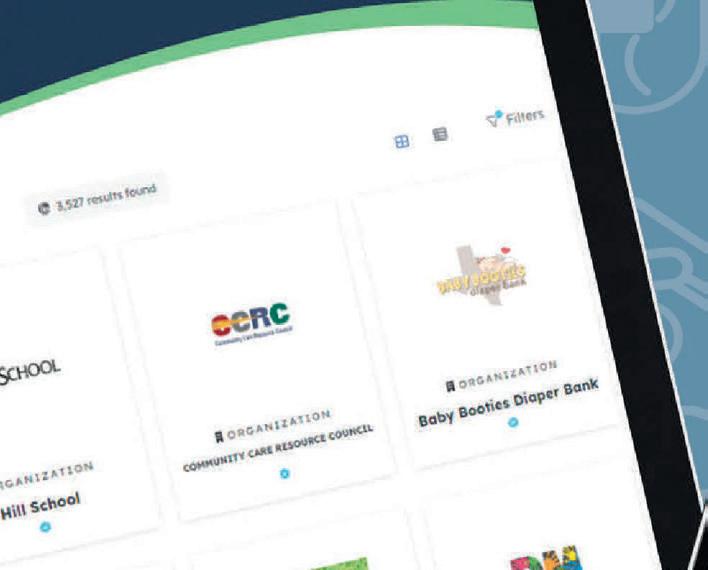
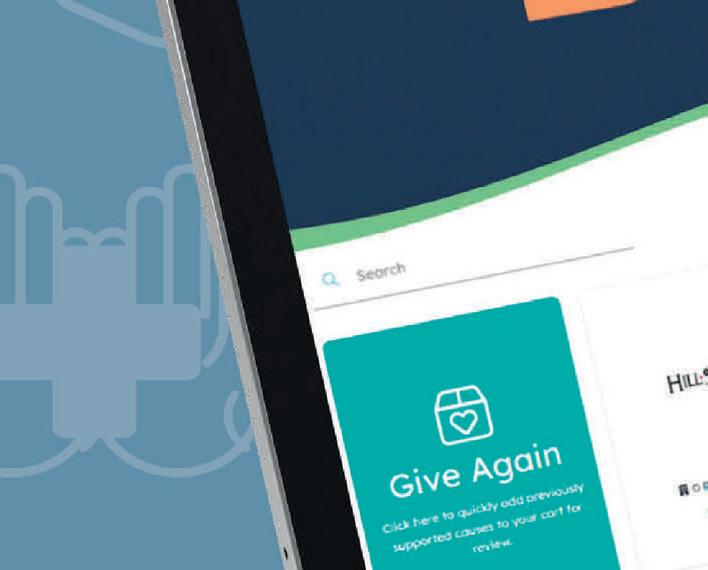

Every gift matters. Give online via credit card, Apple Pay, Google Pay, PayPal, or Venmo between September 1 and September 21 at NorthTexasGivingDay.org






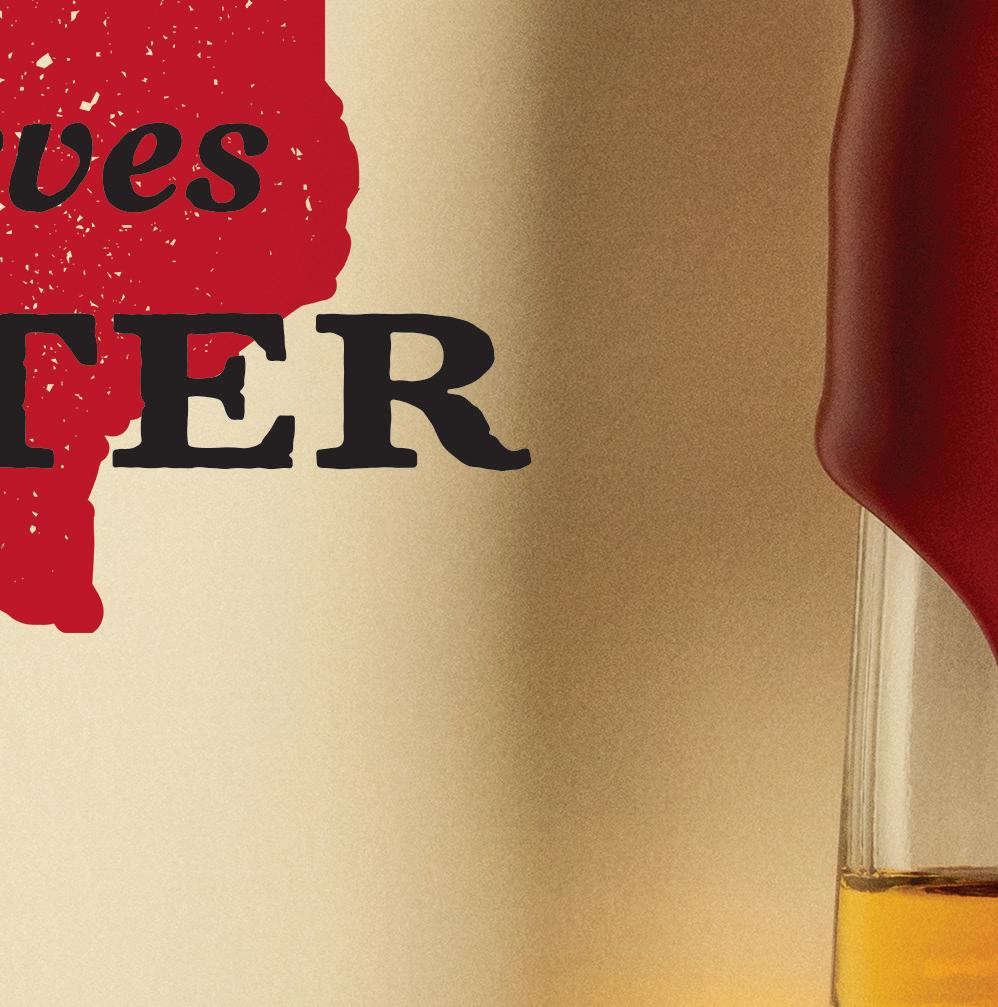





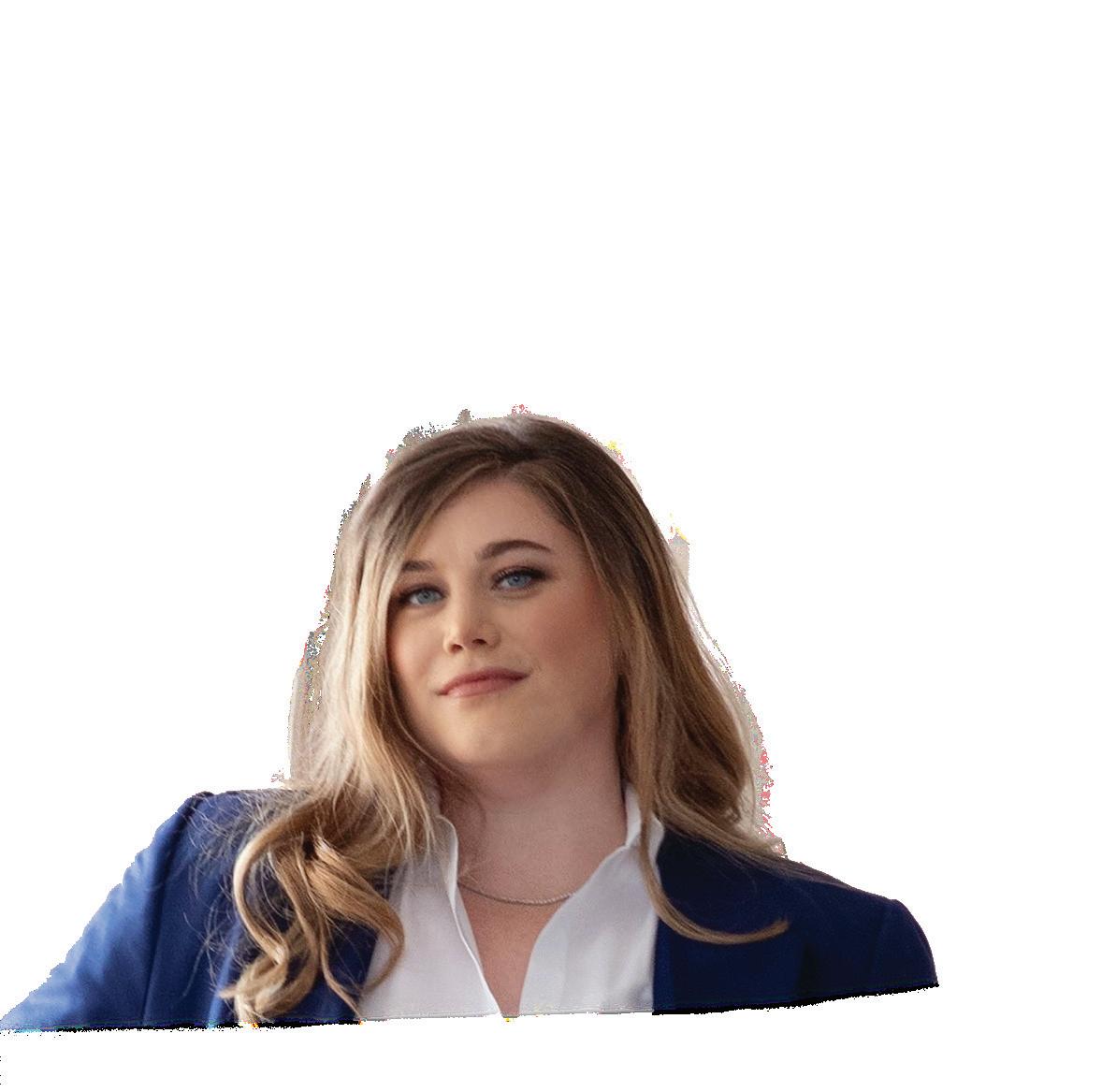

12 EDITOR’S NOTE
21 YOU NEED TO KNOW Sakina Rasheed Foster, Haynes and Boone
24 MEET THE 500 Chris Young, Texas Rangers
24 LOCALLY SOURCED Fatboy USA, Paula Masters

26 FOOD AND BEVERAGE Oak & Eden, Joe Giildenzopf and Brad Neathery
28 ON THE TABLE Rusty Reed, Higginbotham
30 HOME GOODS Milton & King, Richard Capp
51 LEADING OFF Sheldon Arora, LiquidAgents Healthcare and StaffDNA
52 ECONOMY Thousands of people continue to stream into North Texas. Where did they come from, and where do they go?
54 ON TOPIC Bryan Trubey of Overland Partners, Mandy Price of Kanarys, and Sean Minter of AmplifAI share the best business advice they’ve received or have to offer.

56 THOUGHT LEADER Jennifer Bartkowski, Girl Scouts of Northeast Texas

59 ART OF STYLE Robyn Chauvin, Robyn Chauvin Productions
60 SNAPSHOT Dennis Cail, Zirtue
62 EXECUTIVE BOOK CLUB Area leaders tell us the one book they think everyone should read—and why.
62 FIRST CAR DFW business executives tell us about the first set of wheels they owned.
64 WELL TRAVELED: SCOTTSDALE, ARIZONA Brint Ryan, Ryan



66 ROOTS Irakli “BB” Jorjadze, The Constellation Club and Tower Club Dallas
96 END MARK Dr. Edward Henry Cary, UT Southwestern

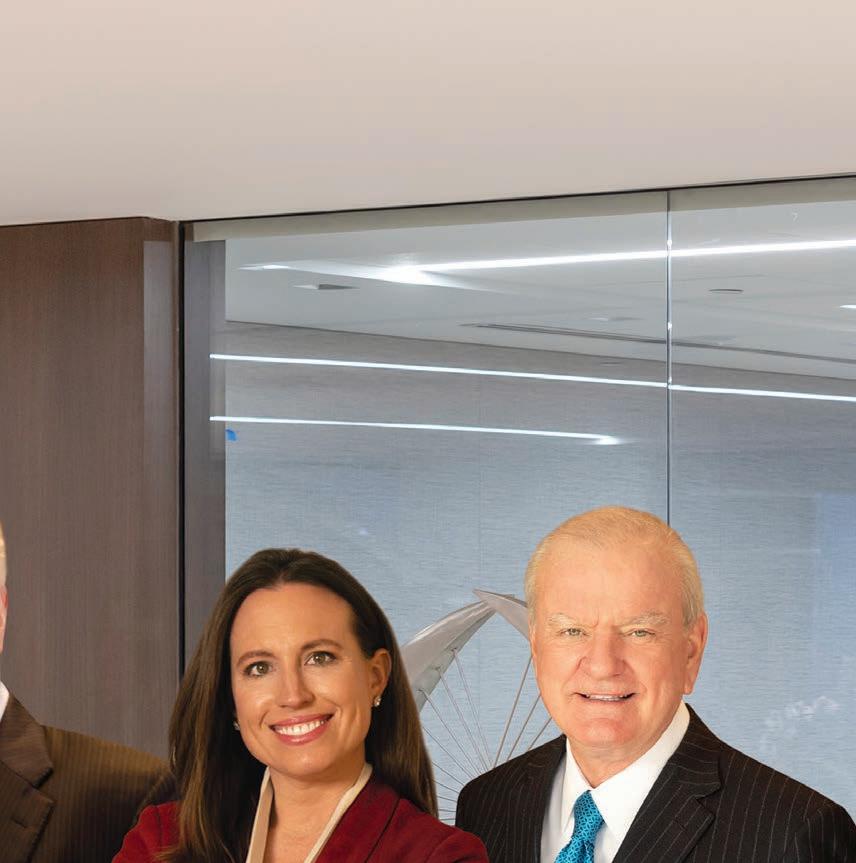



earlier this year, i had the privilege of moderating a panel discussion at an event in Dallas hosted by Virgin Group’s nonprofit foundation, Virgin Unite. Called “Positive Justice,” it showcased the work business leaders are doing to meaningfully advance criminal justice reform—identifying what’s broken in the system, trying to ensure that those who come out of it aren’t set up to fail and sucked back in, and providing opportunities to help people realize their expectations and thrive, so they never become justiceimpacted in the first place.

The discussion featured leaders from Virgin Unite, JPMorgan Chase & Co., Indeed, Ben & Jerry’s, and the Responsible Business Initiative for Justice. It really opened my eyes about opportunities for giving high-potential, justice-impacted individuals a second chance, and the many barriers that prevent most companies from doing so.
Afterward, I was approached by a young business leader who told me his “locked up and locked out” story. His name was Danny Feldman, and he’s part of the DEI package on criminal justice reform Will Maddox and I wrote for this month’s issue (see page 34). Feldman got into some trouble when he was 17, took a plea deal, and ended up a convicted felon for possession of a controlled substance. Due to his drive and determination, he managed to find success as the co-founder of what is now Stellar. But when he and his business partner were ready to take on institutional capital to scale ongoing growth, he was told he’d have had to sell his equity and leave the business due to his conviction in high school.

Today, Feldman is working to help others in similar situations through a fintech platform called MyFRSH, which provides banking, health insurance, and credit repair services. He encourages business leaders to consider hiring secondchance workers. “You’re struggling to find talent when all of these good people are on the sidelines wishing they could work for you,” he says. “As you open up to these untapped talent pools, you will find a much more engaged and loyal workforce.”
 Christine Perez Editor
Christine Perez Editor


you want to save enough to retire comfortably, send your children or grandchildren to college, or have financial freedom, we’ll help you design a



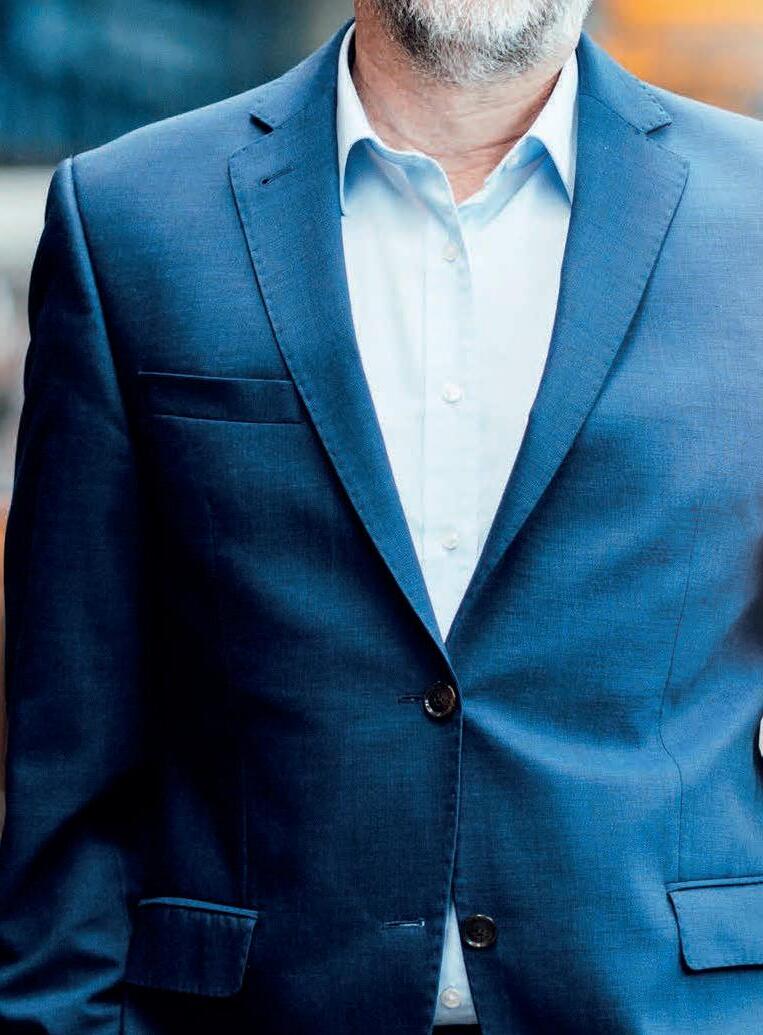





















PUBLISHER Noelle LeVeaux
EDITORIAL
EDITOR Christine Perez
MANAGING EDITOR Ben Swanger
ONLINE MANAGING EDITOR Kelsey J. Vanderschoot
SENIOR EDITOR Will Maddox
CONTRIBUTING WRITERS Richard Alm, W. Michael Cox
EDITORIAL INTERNS Ryan Bozman, Zoe Cote, Garrett Tarango
ART
DESIGN DIRECTOR Hamilton Hedrick
STAFF PHOTOGRAPHER Elizabeth Lavin
ADVERTISING
SALES MANAGER Rachel Gill
ADVERTISING DIRECTOR Rhett Taylor
SENIOR ACCOUNT EXECUTIVES Cami Burke, Haley Muse
MANAGING EDITOR OF SPECIAL SECTIONS Jennifer Sander Hayes
CLIENT OPERATIONS COORDINATOR Julianne Emeterio
SALES INTERN Elle Muenker
MARKETING & EVENTS
MARKETING DIRECTOR Madeline Alford
MARKETING MANAGER Natalie Swaim
ADVERTISING ART DIRECTOR Katie Garza
EVENTS PRODUCER Kevin Morgan
EVENTS MANAGER Kasey Burgan
MARKETING & EVENTS INTERNS Ella Giese, Daisy Rosas, Julie Valdez
AUDIENCE DEVELOPMENT
AUDIENCE DEVELOPMENT COORDINATOR Emma Barretto
EDITORIAL PROGRAMS MANAGER Sarah Masquelier
SPECIAL PROGRAMS COORDINATOR Betty Burns
RETAIL STRATEGY MANAGER Steve Crabb
MERCHANDISER David Truesdell
DIGITAL
HEAD OF DIGITAL OPERATIONS Katrina Foster-Witherspoon
LEAD CAMPAIGN MANAGER AND AD OPERATIONS Riley Hill
DIGITAL DESIGN ASSOCIATE Andrea Chavez
SOCIAL MEDIA MANAGER Melissa Neely
DIGITAL INTERN Jade Garrett
SOCIAL MEDIA INTERN Jordan Radash
PRODUCTION DIRECTOR John Gay
COORDINATOR Grace John
PHOTO RETOUCHER Jasmine Green
BUSINESS
CONTROLLER Sabrina LaTorre
SENIOR ACCOUNTANT Debbie Travis
SENIOR STAFF ACCOUNTANT Randall Rasor
ACCOUNTS RECEIVABLE COORDINATOR Jessica Hernandez
AP SPECIALIST Ron Dewey
EMPLOYEE ENGAGEMENT DIRECTOR Patricia Martin
IT TECHNICIAN Luan Aliji
OFFICE MANAGER Will Smith
HOW TO REACH US
MAIL 750 N. Saint Paul St., Ste. 2100, Dallas, TX 75201
MAIN OFFICE 214-939-3636
WEBSITE www.dmagazine.com/dceo
The magazine assumes no responsibility for the return of unsolicited manuscripts.
LETTERS TO THE EDITOR feedback@dmagazine.com
CURRENT SUBSCRIPTION 800-732-9673 or subscriberservices@dmagazine.com


NEW SUBSCRIPTION www.dmagazine.com/requestdceo
ADVERTISING 214-939-3636 x 128
REPRINTS 214-939-3636
CUSTOM PUBLISHING 214-540-0113
SUBSCRIPTIONS
11 issues for $54 in the United States, possessions, APO and FPO; $70 per 11 issues elsewhere. Please provide old and new addresses and enclose latest mailing label when inquiring about your subscription.
D MAGAZINE PARTNERS
EDITOR-IN-CHIEF AND CEO Christine Allison
PRESIDENT Gillea Allison
CHIEF FINANCIAL OFFICER Thomas L. Earnshaw
FOUNDER Wick Allison
CERTIFIED AS A WOMEN-OWNED SMALL BUSINESS BY WOMEN'S BUSINESS COUNCIL SOUTHWEST
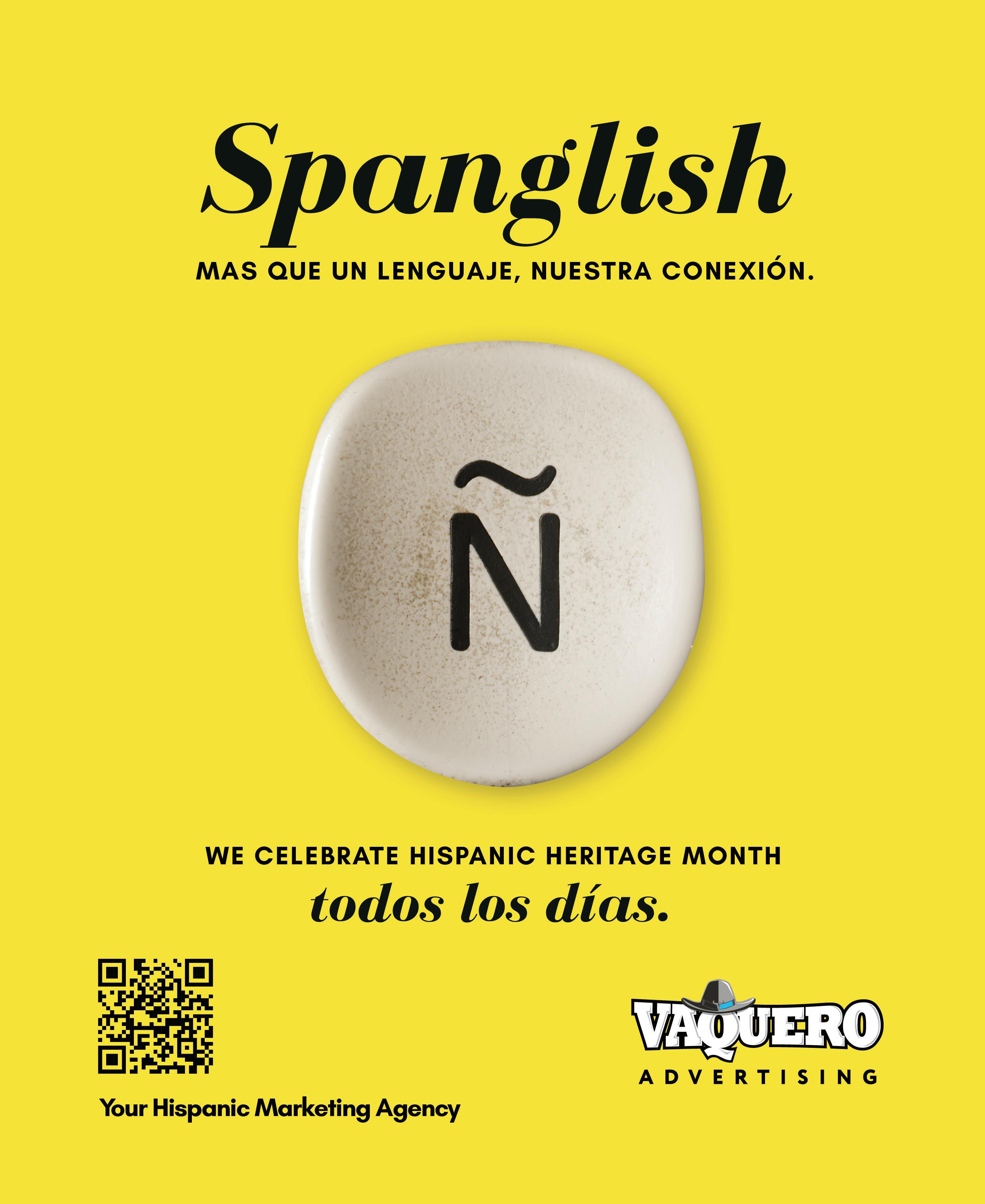

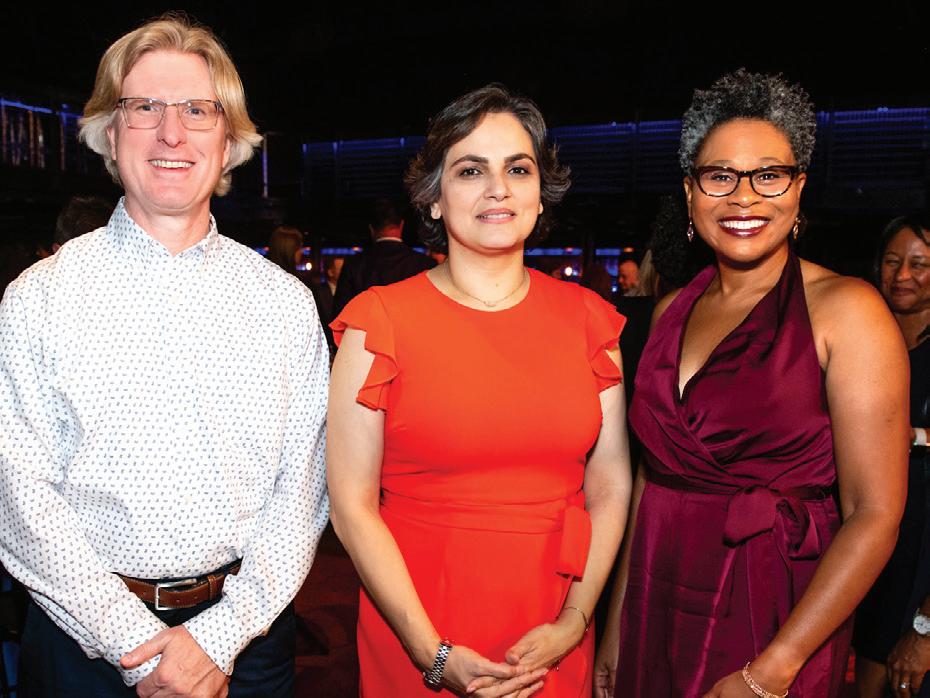
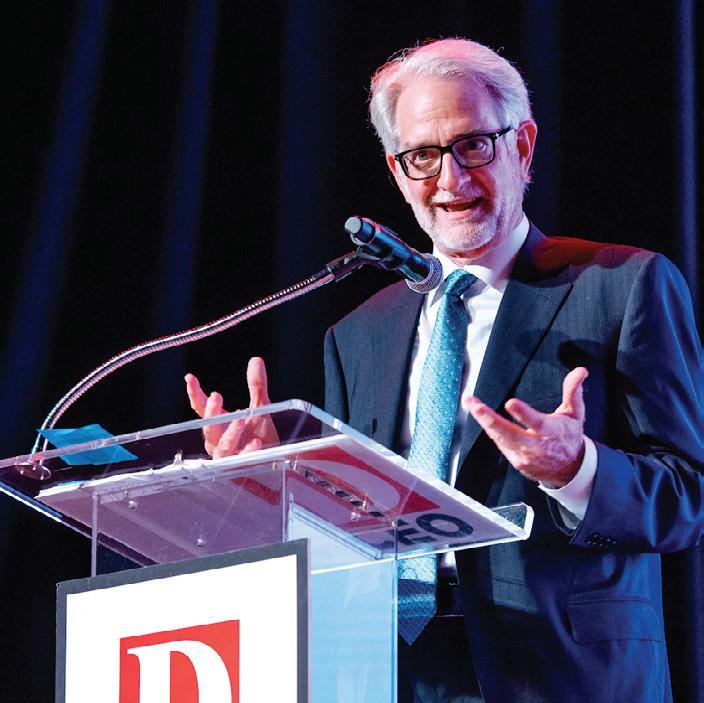
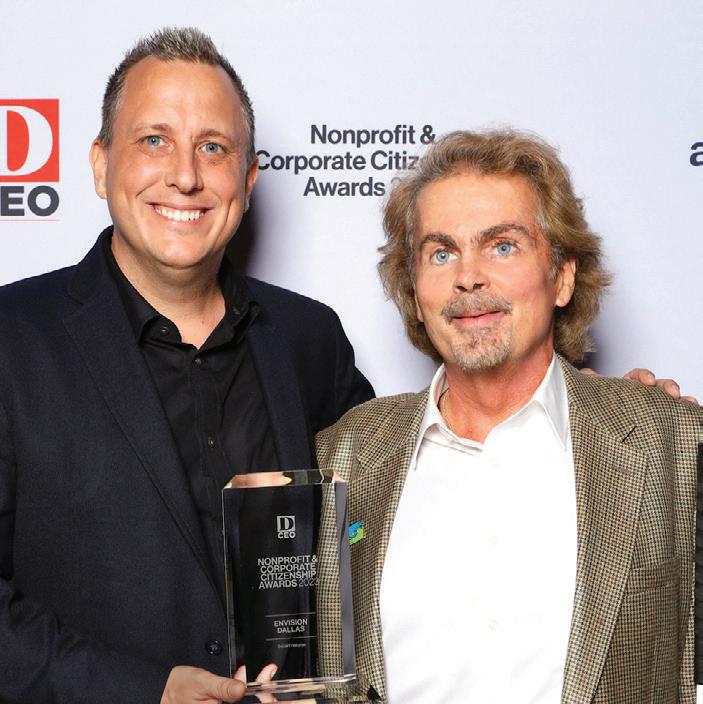

more than 600 guests gathered on july 20 to celebrate the 126 finalists in the sixth annual Nonprofit and Corporate Citizenship Awards, presented in partnership with Communities Foundation of Texas. The sold-out event, held at The Factory in Deep Ellum, brought together outstanding leaders, organizations, and corporate citizens. Cynt and Kenny Marshall were honored for their work with Dallas CASA; Madi Franquiz of the World Literacy Foundation was named Emerging Leader of the Year; and Best Buddies International won the Capital One Impact Award. Thank you to title sponsors Amazon, Capital One, Communities Foundation of Texas, and Texas Mutual Insurance.
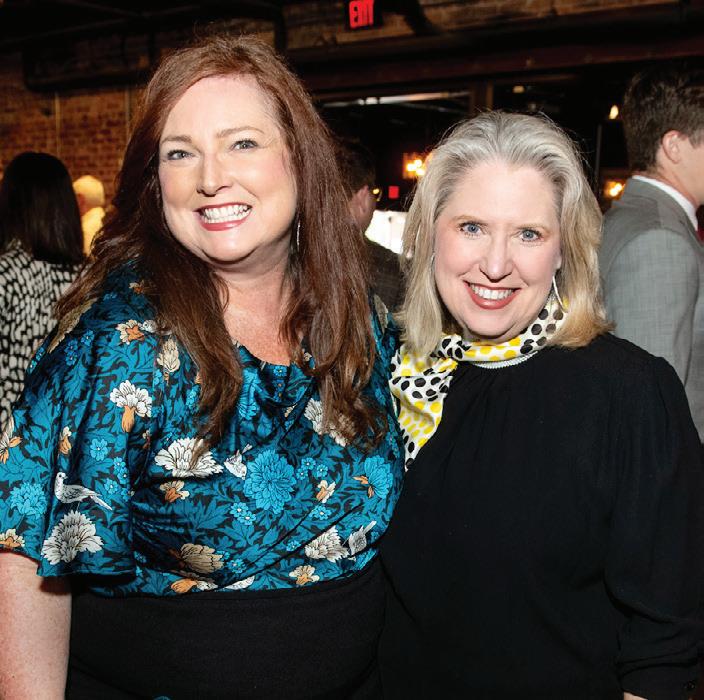
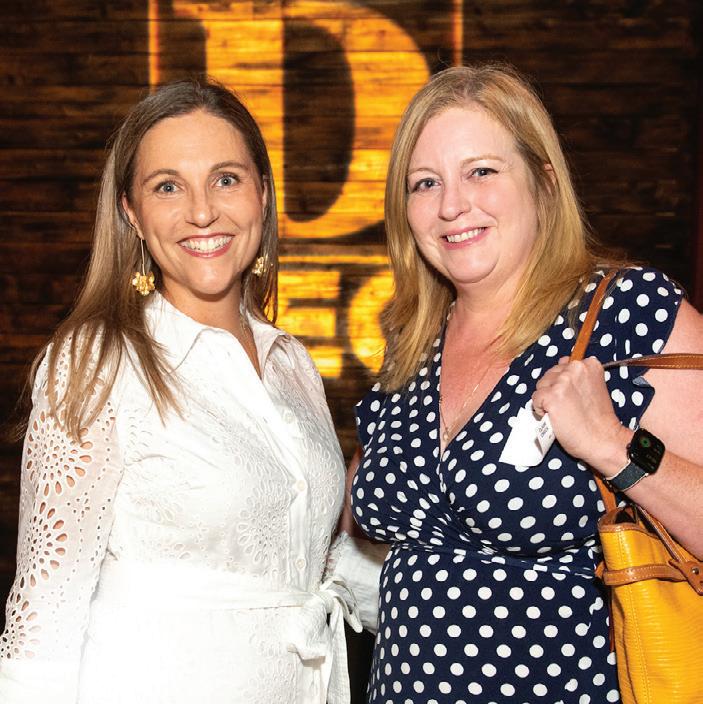




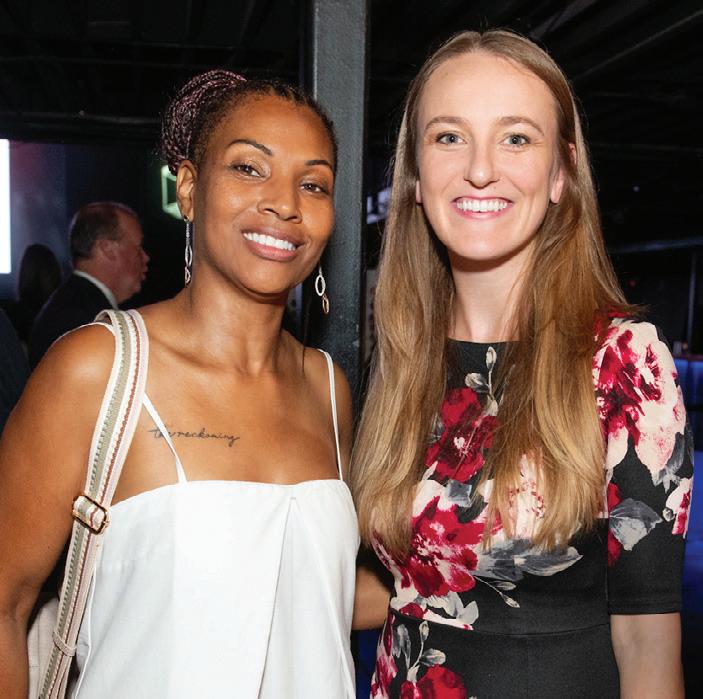





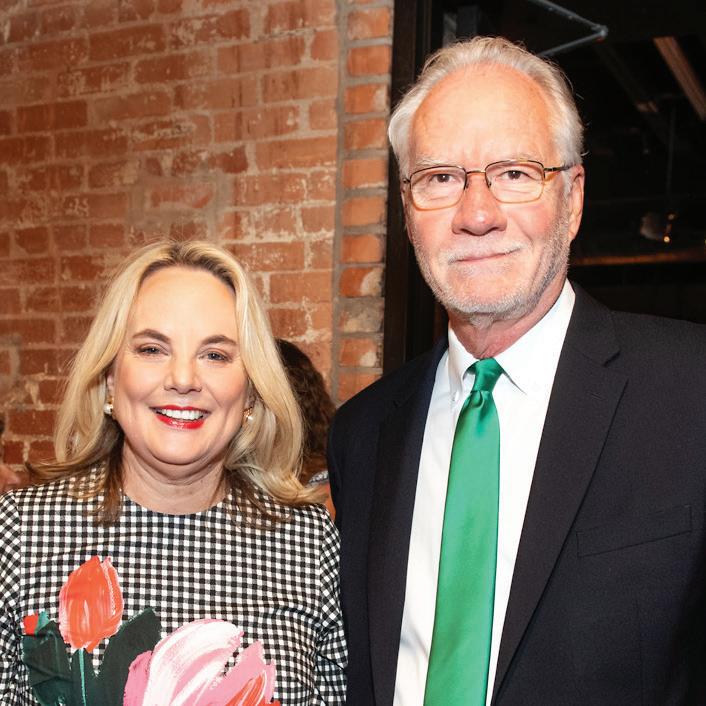
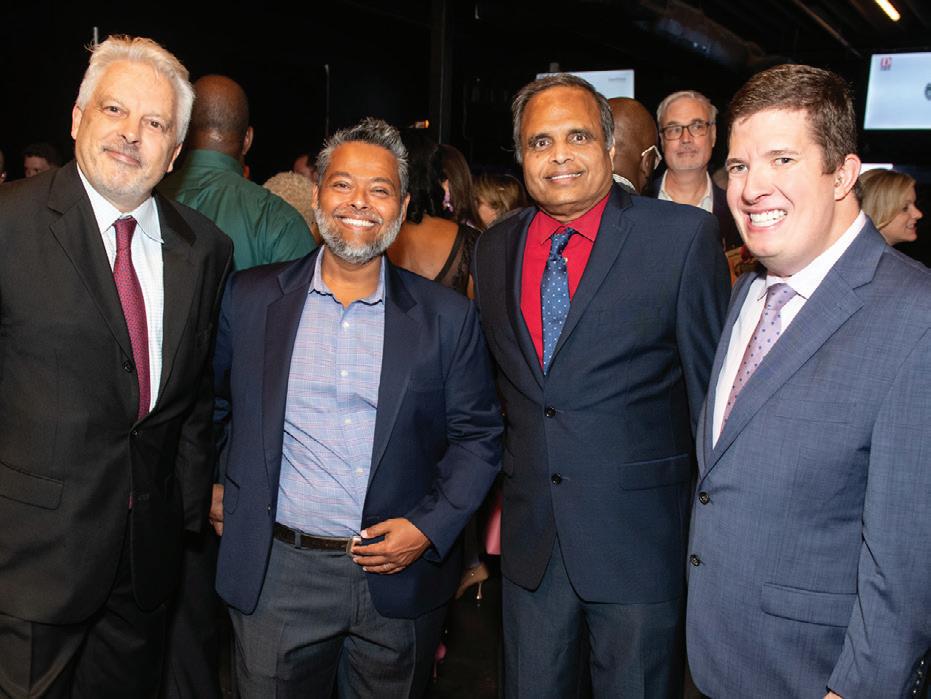
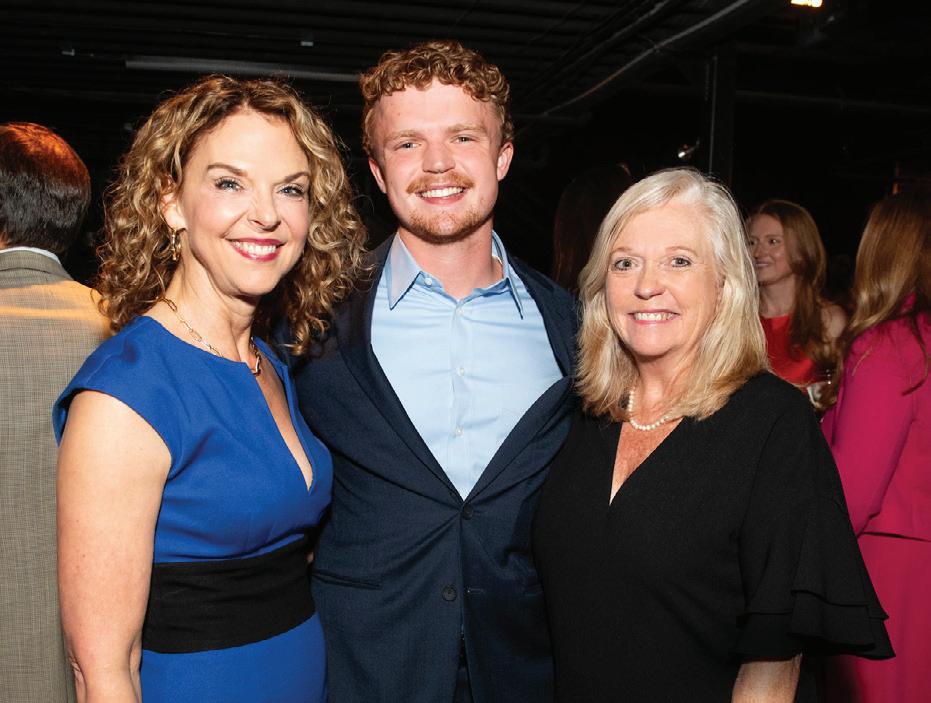

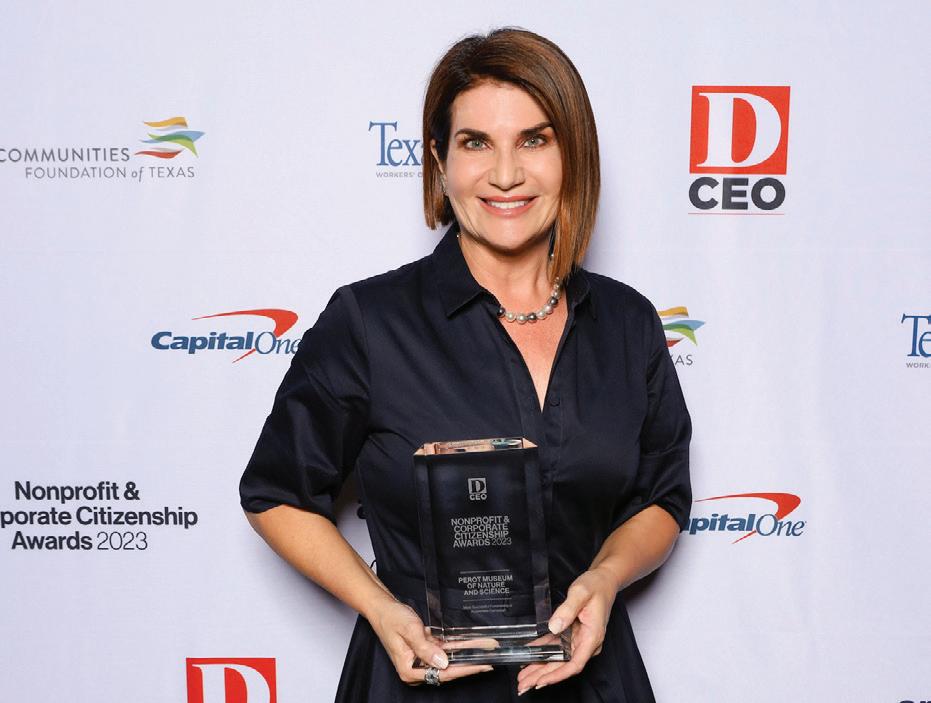


a crowd of nearly 600 gathered at the Renaissance Hotel in June for D CEO’s eighth annual Women’s Leadership Symposium. The event kicked off with breakfast and networking. Fourteen speakers shared insights and real talk about challenges and opportunities. Session themes included “The Art of Authenticity” and “Leading with Impact: Inspiring Purpose and Creating Positive Change.” Thank you to the speakers, panelists, and attendees for making this event memorable. Thank you to title sponsors, Coca-Cola Southwest Beverages, Community Council of Greater Dallas, Connections Wellness Group, EWF International, Girl Scouts of Northeast Texas, Munck Wilson Mandala, Texas Women’s Foundation, Truist Bank, and The University of Texas at Arlington.


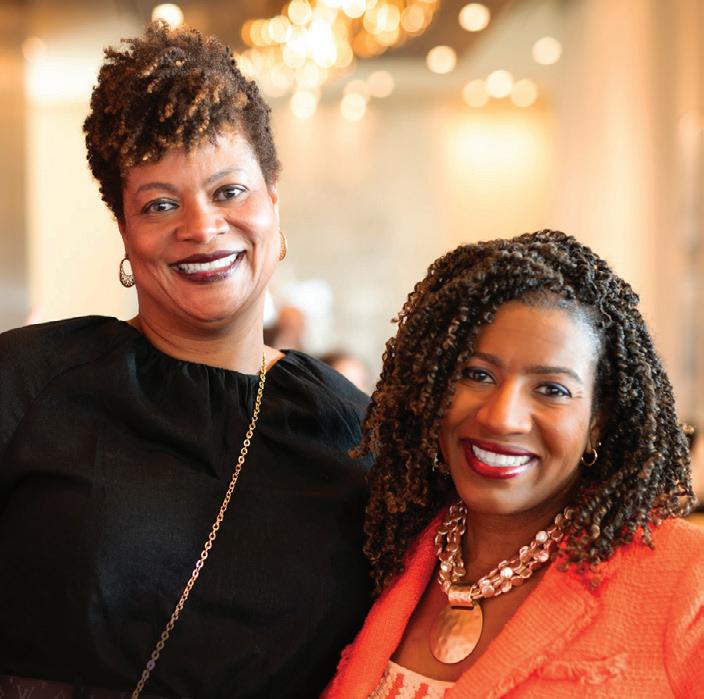
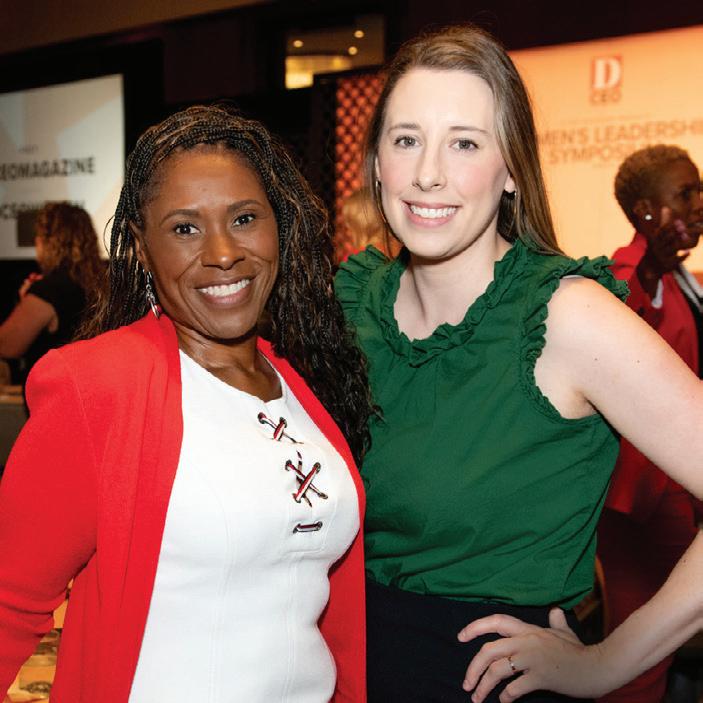
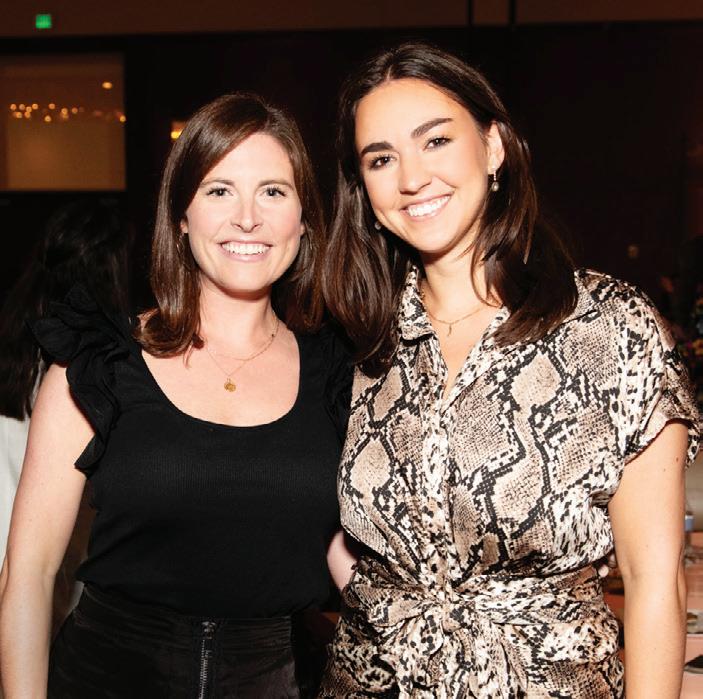
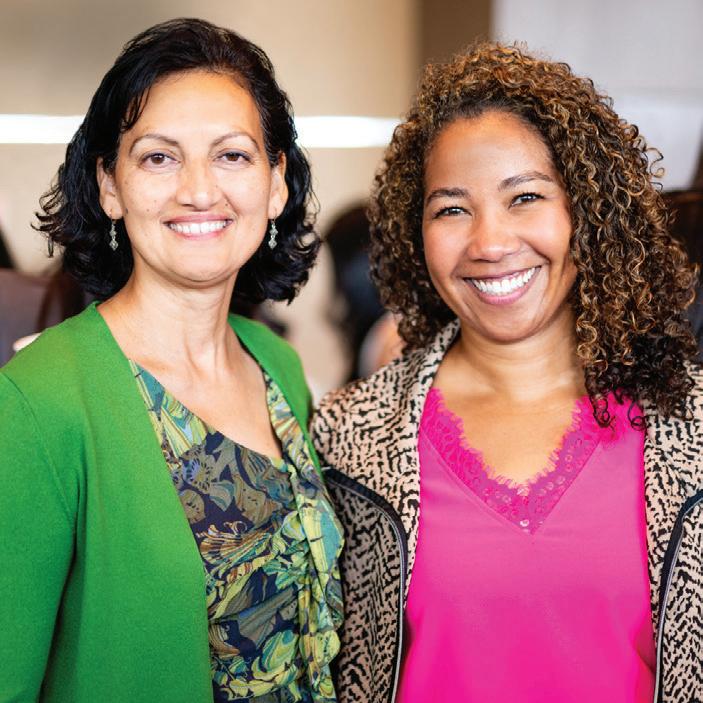
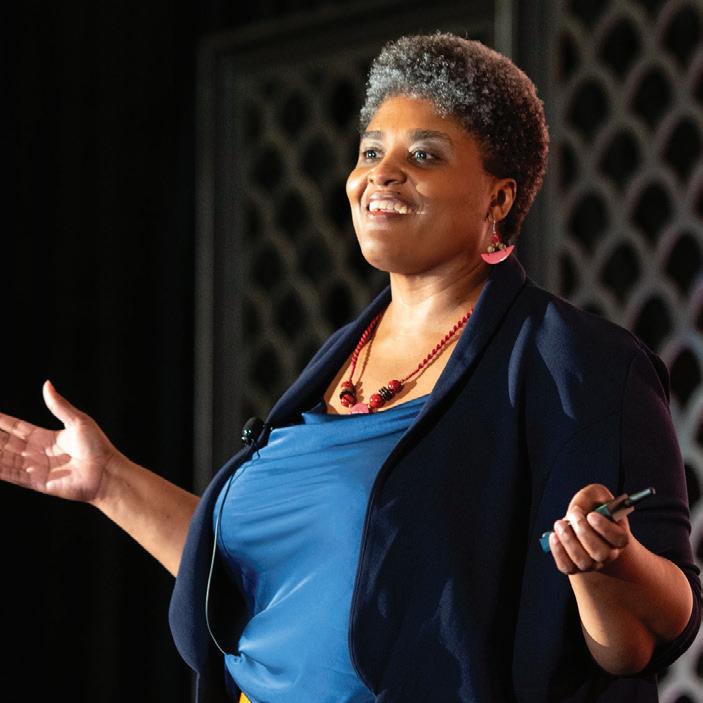
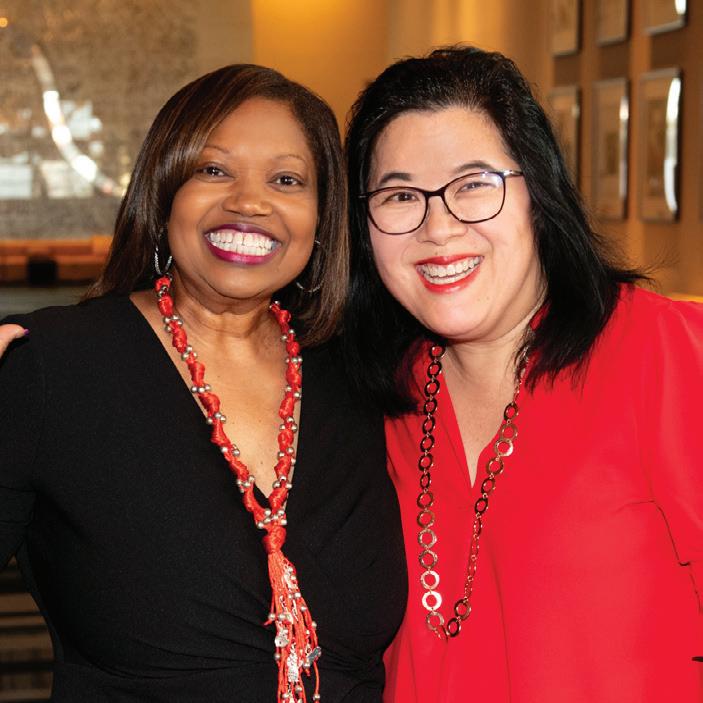
c-level execs, managers, and entrepreneurs make daily sales pitches. Whether you’re trying to motivate an employee, sell goods or services, obtain funding, or win an argument with family or friends, persuasion skills are essential. This article details another proven persuasion technique.
Lead your audience to a conclusion.
As Peter Cohan, product demonstration guru and author of “Great Demo!” says, “Knowing your company’s value isn’t beneficial during a demo unless you can prove it to your audience.” So how do you prove the merits of the argument, product, or service you’re selling? As discussed in my D CEO April 2022 article “Show Don’t Tell,” the best way to persuade an audience is to lead them to a conclusion. One excellent technique to implement this concept is through lively demonstrations.
Demonstrations can make even dull statistics come to life.
World Beyond War educates the public about atomic weapons, thereby motivating people to take action. The organization has collected powerful statistics about the devastation of nuclear war. One typical nuclear warhead is 15 times more powerful than the atomic bomb used on Hiroshima. The U.S. nuclear arsenal is 10,000 times more deadly than the Hiroshima atomic bomb. The nuclear weapons across the globe are 20,000 times more destructive than the one atomic bomb that killed 100,000 people and left another 100,000 to suffer the debilitating effects of radiation poisoning for the rest of their lives. Few people enjoy hearing, much less processing and trying to understand, such statistics. So how does WBW persuasively deliver these informative statistics and keep its audience engaged?
Geoff Ainscow of WBW crafted an active presentation with props that his organization uses to persuade audiences. During his speech, Ainscow brings out a large tin bucket. He notes that Hiroshima was devastated by one single atomic bomb. He drops one BB into the bucket, which makes a loud ping. He then notes that all of the bombs the allies dropped in World War II, including on Hiroshima and Nagasaki, are the equivalent of six BB’s, which he drops into the bucket. He says the U.S. nuclear arsenal is 10,000 times more deadly than the atomic bomb dropped on Hiroshima. Next, he says this is the sound of our current nuclear arsenal and pours 10,000 BB’s into the bucket, creating a waterfall of cascading sound reverberating throughout the room. It takes 36 seconds for the 10,000 BB’s to fill up the bucket. He concludes by noting that the 20,000 nuclear warheads on earth have enough firepower to destroy all life on earth. Powerful demonstration—point driven home. The demonstration is available to view on YouTube at youtube.com/watch?v=qt3flXhuURE.
The Takeaway: Lively demonstrations are worth a thousand words.
ROGGE DUNN represents companies, executives, financial advisors, and entrepreneurs in business and employment matters.
Clients include the CEOs of American Airlines, Baker Hughes, Beck Group, Blucora, Crow Holdings, Dave & Busters, Gold’s Gym, FedEx, HKS, Texas Motor Speedway, Texas Capital Bancshares, and Texas Tech University as well as sports figures such as New York Mets manager Buck Showalter, NBA executive Donnie Nelson, and NBA Hall of Fame coach Larry Brown. Dunn’s corporate clients include Adecco, Beal Bank, Benihana, Cawley Partners, Match.com, Rent-A-Center, and Outback Steakhouse.
In 2021, 2022, and 2023 Dunn was included in D CEO Magazine’s Dallas 500 list, which recognizes the most influential business leaders in North Texas.
He has been named a Texas Super Lawyer every year that award has been given and recognized as one of the top 100 attorneys in Texas by Texas Monthly (a Thomson Reuters service) and a D Magazine Best Lawyer 14 times.


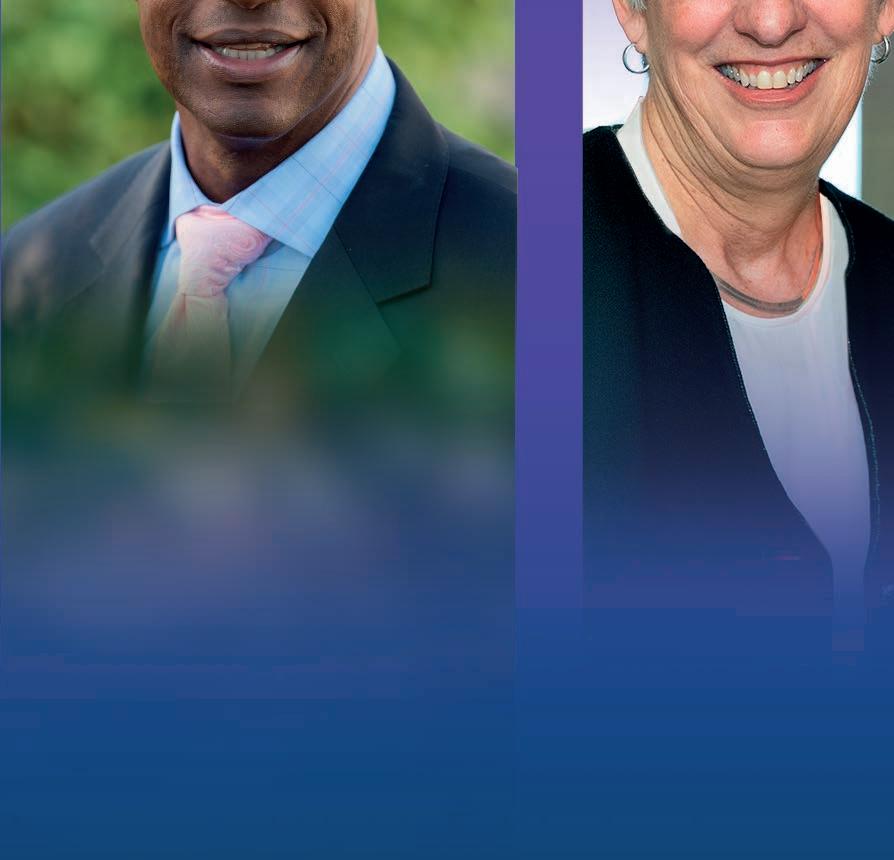


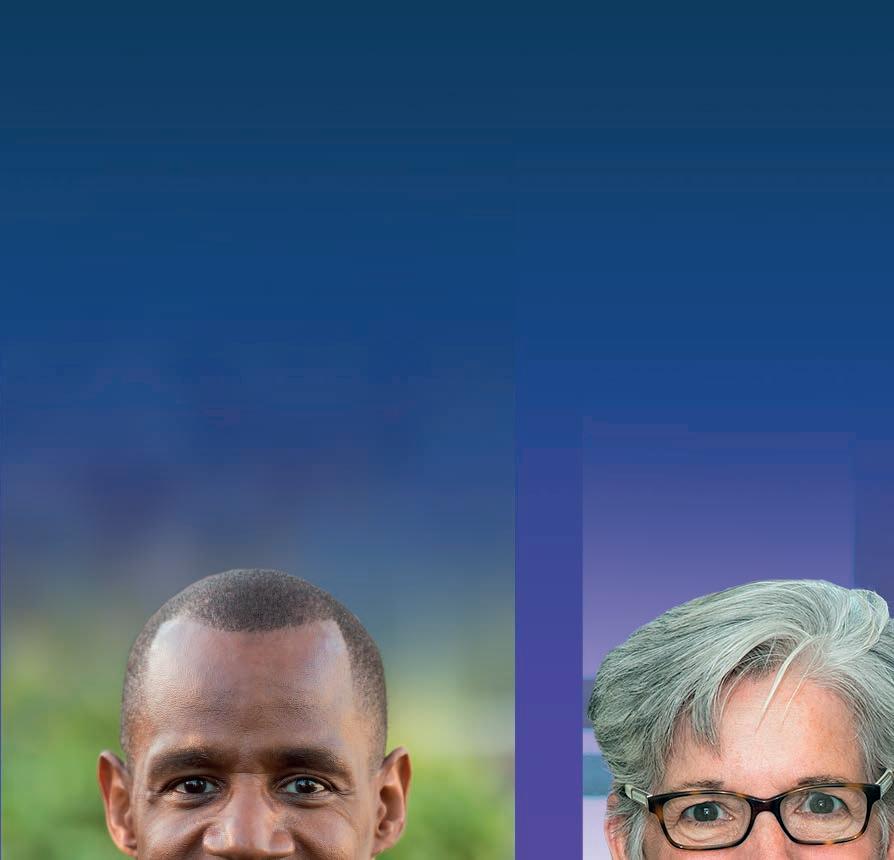
Our diversity, equity, and inclusion philosophy is grounded in the belief that we should respect all voices, seek diverse perspectives, and succeed when we act together as a positive force for all of humanity.
We are committed to actively building an organization and society where equality is the norm, equity is achieved, and inclusion is universal so that we may all thrive.



the daughter of indian immigrants, sakina Rasheed Foster often felt lost at the onset of her legal career. The majority of her family went into healthcare or engineering, and she struggled to connect with mentors and Asian lawyer networks while in law school. “Growing up, I always thought I was going into the medical field,” says Foster, now the Dallas managing partner at Haynes & Boone. “Law wasn’t even an option for me until I started exploring different career paths in college.”
While an undergrad at Southern Methodist University, Foster took a temp job as an overflow receptionist at a law firm. She flipped through the company’s directory and saw that no one looked like her. “I began to question if I would fit in at a law firm,” she says. “But it lit a fire under me to figure it out.”
That drive propelled her forward, and after graduating from law school at The University of Texas at Austin, Foster began practicing at boutique firm Chamblee Ryan Kershaw & Anderson as a litigation attorney specializing in medical malpractice suits. It was a full-circle moment for her, connecting her passion for law and her family’s roots in healthcare, but she soon decided litigation wasn’t her strong suit. “The constant knocking heads just wasn’t for me,” she says.
So, in 2007, Foster became a junior associate at Haynes & Boone to focus on financial transactions. Her first big transaction was helping a major airline purchase a large fleet of engines. “I
had absolutely no experience with engine purchases, airlines, or purchase agreements, but I wanted to make myself useful and valuable— and that really became my jumping-off point,” she says. Ten years later, she made partner. And at the start of 2023, Foster was named managing partner of the firm’s Dallas office.
Haynes & Boone reported a record year in 2022, topping $500 million in revenue for the first time in the firm’s 53-year history. “We’re only going to continue on that upward trajectory,” Foster says. “With the rising interest rates, a lot of people think everything must be so slow for us, but that’s not the case. There’s a lot of capital out there that’s waiting to be deployed, and I think people who are strategic and looking for the right opportunities to deploy that capital are finding those opportunities. It’s been able to keep many of our practices busy.”
In mid-September, Haynes & Boone will move from Victory Park to a new headquarters in the Harwood District. Its more than 350 Dallas employees will occupy five-and-a-half floors totaling 150,000 square feet in the 27-story Harwood No. 14. About half of the firm’s 200-plus attorneys are women. Foster says now is a pivotal time for the firm. “We’re doubling down on our expertise when it comes to areas of growth for legal needs, which include private equity, finance restructuring, investment funds, and litigation,” she says.
As managing partner, Foster is still all-in on her transactions practice but has taken on a more public-facing role, helping with philanthropic initiatives, community events, and civic engagements. “What drives me—and what is my passion now—is to make sure that Asian lawyers have someone as a mentor,” she says. “I want to be any bit of help to a young lawyer who is saying, ‘I don’t know if the profession is for me’ or ‘I just don’t see how I can rise in the ranks because I don’t see people like me.’ Finding a way to retain underrepresented lawyers is a huge responsibility. We might not think, individually, that we can make a big difference, but most of us had people who helped us along our career path, so each one of us has the responsibility to help the next generation navigate their career path.”
KEY WINS
During her career, Sakina Rasheed Foster has represented AMR Corp. (the parent of American Airlines and American Eagle), Tuesday Morning, Valesco Industries, Blucora (now Avantax), and more. Here, she shares three standout transactions from the past year.
CONSTRUCTION
Representing a Texas middle market private equity fund in connection with debt financing for its acquisition of a commercial construction services company.
Working with a Texas manufacturing company on the refinancing of its $600 million revolving credit facility.
Representing a national software solutions provider as it refinanced its revolving and term credit facilities, totaling more than $1.3 billion in commitments.
Bioworld was founded on the principals of diversity and inclusion. Our priority is reaching consumers globally by enriching connections between the fans and the brands the y love. We work together to inspire innovation throughout our entire global organization.
Beyond merch. Beyond commerce. Embracing self-expression.
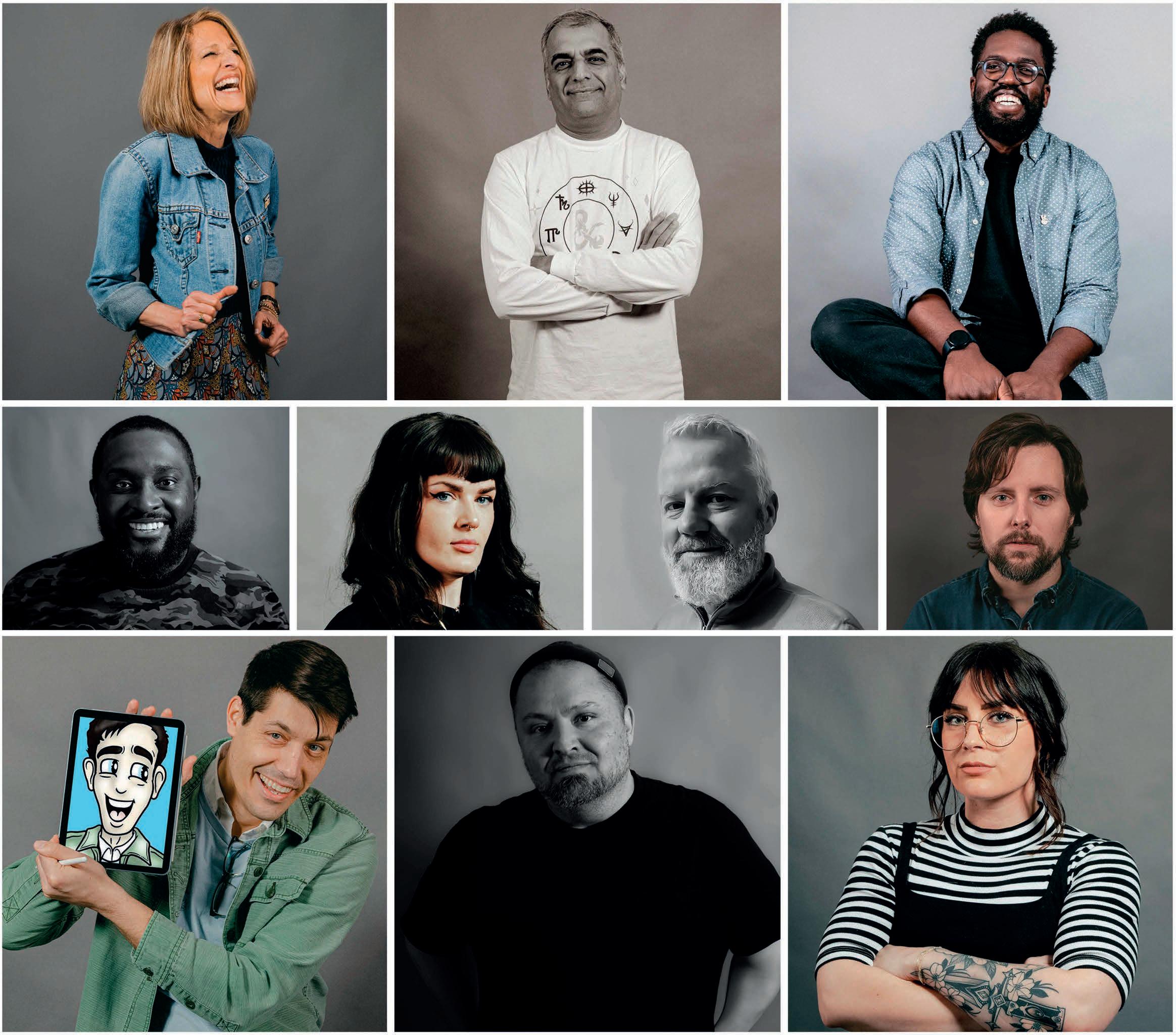
after a stint in major league baseball’s commissioner office, Chris Young joined the Texas Rangers as its general manager and executive vice president in 2020. Two years later, the MLB veteran, who spent 13 years as a pitcher in the league, assumed leadership of the Rangers’ entire baseball operations. Going into the 2022 season, Young and company were able to bring two of the most coveted free agents to Arlington: Corey Seager and Marcus Semien. Now, the Texas Rangers are amidst the franchise’s best season since 2016. “I am extremely excited about the opportunity to help the Rangers win their first World Series,” Young says. “Our fans have waited more than 50 years and deserve it.”

EDUCATION:
Princeton University (BA)
FIRST JOB:
“I began mowing lawns when I was 12. It taught me the value of a hard-earned dollar, especially in the Texas heat.”
BEST ADVICE:
“There are three pieces of advice that help guide me daily: Focus on what is within your control. Be a good person. And make the right decision, even if it’s the most difficult one.”
INDUSTRY CHANGE:
“If I could make a change, it would be to strike a better work-life balance. In professional sports, the nature of the season, travel, and irregular hours make it very difficult.”
LOCAL FARE:
“I enjoy the brisket sandwich from Douglas Bar & Grill.”
FUN FACT:
“I wear a size 16 shoe.”
Fatboy USA’s Paula Masters is growing the company via collaborations, new showrooms, and travel products.
TOUGHEST CHALLENGE:
“When I worked in the Commissioner’s Office for the MLB, we planned and executed a season in the pandemic that presented countless business, operational, and logistical challenges for which there was no blueprint. It was a tremendous example of teamwork by everyone throughout our industry.”
DESTINATION OF CHOICE: “La Jolla, California”
PROUD MOMENT:
“Going into both the 2022 and 2023 seasons, we signed multiple star free agents to join our organization while also building one of the top player development systems in baseball.”
ALTERNATE REALITY:
“I would be a college basketball coach. I played two years of college basketball, and I love the sport. The impact a coach can have on an athlete’s life
is profound, and it would be a great honor to help young athletes realize their goals and dreams.”
BIGGEST RISK:
“I was drafted for baseball after my sophomore year at Princeton. I had two years of eligibility in basketball and baseball but decided to forgo that to pursue my dream of being a Major League pitcher. At the time, I didn’t realize how difficult it would be to have a long MLB career. I remained in school to get my degree, but I often wish I could have played two more years of college basketball.”
WALK-UP SONG: “‘Sweet Child O’ Mine’ was my walkout song as a player, and it still gets the competitive juices flowing.”
KEY STRATEGY:
“The main goal of a leader is to create an environment that gets the best out of everyone around you. Develop a vision, set high expectations and standards, and create a positive culture that empowers everyone to maximize their potential.”
PIVOTAL MOMENT:
“I’ve experienced adversity many times throughout my life, often in the form of an injury that jeopardized my career. Each time I viewed it as an opportunity and not a threat.”
LUXURY LOUNGING Fatboy’s founding product, the Original Beanbag, features a nylon shell that is dirtand water-resistant.
while listening to a fatboy Slim CD, Finnish designer Jukka Setala created a luxury beanbag he called the Fatboy. Dutch entrepreneur Alex Bergman purchased the design and launched Netherlands-based brand Fatboy in 2002. The company expanded to the U.S. market in 2005, moved its American headquarters to Coppell a few years later, and now annually releases roughly 20 collections of luxury outdoor furniture, light furnishings, and more. The DFW operation also stuffs soft seating orders for North America. “Eighteen to 20 percent of our business is in Texas,” says Paula Masters, CEO and president of Fatboy USA. The company partners with retailers Urban Outfitters, Bloomingdales, and West Elm. Its products are part of collabs with luxury brands such as Yves St. Laurent. Masters says Fatboy is exploring launching its own stores and branching into travel-related products. “Having a brick and mortar where people can experience Fatboy firsthand is a beautiful concept,” she says. —Zoe Cote

girl scout!" of northeast texas
Girl Scouts advan ce diversity, pl uralism, and anti-racism and activel y identify and oppo se racism by removing systemic barriers to par ticipation in our Movement and in the communities in which we live. Join


when serial entrepreneur joe giildenzopf sold one of his startups, his brother sent him a celebratory gift: a mason jar filled with whiskey that had been stilled in his basement and contained a sliver of wood. “He was using the wood to age the whiskey because he was distilling in small batches—not enough to fill a barrel,” Giildenzopf says. The gift sparked an idea. He began searching to see if anyone was manufacturing whiskey finished with seasoned wood in the bottle and found no one was. “I eventually started the business, but not before calling my patent attorney and filing three patents,” he says.
He shared his business plan with Brad Neathery, who was leading a creative marketing agency along with editorial publication Modern Huntsman. “I’d never seen something so thoroughly thought through,” Neathery says. The two launched Oak & Eden in 2018 and quickly landed a partnership with Republic National Distributing Co., the second-largest wholesale alcohol distributor in the U.S. They opened a tasting room and 10,000-square-foot bottling facility in Bridgeport, Texas, and a corporate headquarters for the company’s parent, Sanctified Spirits, in Southlake.
During the pandemic, Oak & Eden tripled its reach from seven to 21 states. “From 2018 to 2021, we were the fastest-growing whiskey brand in the country in the ultra-premium price category,” Neathery says.

In April 2023, the company launched an online platform where customers can create a custom spirit from four bases and several infusions instilled into the wooden spire inside the bottle. The company employs 33, has a presence in more than 40 states, and sells 50,000 cases a year. Giildenzopf serves as CEO and Neathery as the CMO. “We have an operator and a creative visionary who see things through different lenses,” Neathery says.
In the spring of 2023, Sanctified Spirits brought a cookie dough-flavored whiskey brand called JOJO to market. “Many trends suggest we are about to see a substantial emergence and growth in that segment,” Giildenzopf says. Sanctified Spirits is opening an Oak & Eden tasting room in Fort Worth’s Clearfork in September 2023 and looking for spaces to grow in Dallas and Houston, with other markets to follow. “We’re in growth mode and always will be,” Neathery says.












He made bold moves after taking the helm of the insurance brokerage as a 27-year-old, and the strategy has proven to have staying power.
story by CHRISTINE PEREZ illustration by JAKE MEYERSrusty reid gets a warm reception as we walk into the City Club of Fort Worth for lunch. We’re directed to a center-stage table in the dining room, and he stops to gladhand friends and acquaintances along the way, giving everyone a big smile. Reid has much to be happy about. The insurance brokerage he leads, Higginbotham, is celebrating 75 years in business. It started out as a neighborhood firm run by Paul C. Higginbotham in 1948 and has grown to nearly 2,500 employees at 90 offices in 15 states. Reid is responsible for driving much of that growth; he became CEO in 1989.
He initially planned to attend The University of Texas and become a pediatrician. “I always loved children, and I was fascinated by science,” he says. But soon after he graduated from Hillcrest High School in Dallas, his father passed away, and things changed. Reid shifted to the University of North Texas and, after struggling with an organic chemistry class, was advised to move to the business school. He had three job offers upon graduation and opted to go with American General Fire and Casualty Co., working as a marketing manager in Houston and then in Fort Worth.
One of his early Cowtown clients was Higginbotham, led at the time by Bill Stroud, the founder’s nephew. “He became a mentor to me,” Reid says. “He had four daughters, none of whom were interested in taking over the business. I kind of became the son he never had. Ultimately, that led me to join the company and become its 12th employee in December of 1986.
Showing a natural grasp of the business, he quickly became Higginbotham’s top salesperson. Within three years, he was named president and CEO—at the age of 27. Reid made some immediate bold moves. He implemented a platform that let customers get all their insurance and financial services under one roof. He also did a complete overhaul of the ownership structure to give all employees a stake in the company.
At American General, he had seen how top salespeople would often pack up and go to competing firms. So, when Stroud offered to sell him the company, Reid wanted to talk about an ESOP (employee stock ownership plan) instead. “I have always been a fan of dancing with the one who brought you,” he says. “And if I was the 12th employee, that meant 11 people were here before I got here. And they needed to share in that equity, too.”
Reid felt it would also give him a big edge in recruiting. “It took us from being owned by a single individual to being owned by all employees—not only those who were there at the time but those we would subsequently bring on,” he says. “We hire people to help us grow; I wanted to make sure that they would come here to stay.”
Higginbotham has since grown—through its “dual growth strategy” of balancing organic expansion and acquisitions—by at least 20 percent year-over-year for three straight decades, Reid says. Along with its ownership structure, the company’s values-based culture has been a key strength, he adds. “We are one company, not a bunch of fragmented pieces of revenue spread out all over the place,” Reid says. “As we collectively build this business, it’s not just a handful of people in the corner office who benefit; it’s literally everyone in the firm.”











when richard capp and his brother bryce tried to print wallpaper for one of their ad agency’s clients in 2009, they couldn’t find the ink they needed. “Nobody was printing digital wallpaper, and this type of printer latex ink didn’t even exist,” Richard says. The brothers spent years figuring out which materials would work best while perfecting the printing process on a wide-format canvas printer.
Production costs were high, but opportunity called, demand increased, and the two left advertising to launch luxury wallpaper producer Milton & King in 2012 in Brisbane, Australia. Eleven years later, the company designs and produces three to four collections of designer wallpaper a year and established a U.S. headquarters in the Design District this past January. Its prints have been picked up by independent retailers and featured on HGTV.
The company’s digital printing technique means Milton & King uses only on-demand production—designs are printed to order, so there is no backstock in warehouses. The process also doesn’t require traditional large cylinders, drums, or factory machinery. “We’re not mass producing one product and jamming it down someone’s throat with a big marketing campaign to get it out of stock. We can produce one roll for one buyer,” Richard says. “This enables us to have a really big spread of designs and if we sell it, we hit print.”
Before moving to the Design District, Milton & King printers ran from 6 a.m. to 11 p.m. to keep up with demand worldwide, as sales in the United Kingdom and the U.S. began taking off almost immediately after the company launched. Now, its Dallas showroom handles all U.S. orders, taking on 70 percent of the company’s workload. It also produces the brand’s vinyl wallpapers, which are largely marketed to commercial clients. Bryce still runs the printing operation in Australia and serves as the company’s creative director, partnering with 60 artists to produce custom designs.
Looking ahead, Richard says he is excited to develop additional products and engage in more collaborations. “We’ve been really limited to what we produced because of where we were in Australia,” he says. “We’ve got this great product that we’re putting out there— something we can be proud of—we’ve just got to keep doing it.”


How is driving an 18-wheeler different from a regular passenger vehicle?
Driving an 18-wheeler is vastly different from operating a regular passenger vehicle, and stopping is no exception. The braking distance for large commercial trucks is considerably longer than that of smaller vehicles. The following factors contribute to this:
Weight and Size. An 18-wheeler can weigh up to 80,000 pounds when fully loaded, compared to the average passenger vehicle weighing around 3,000 pounds. The greater the mass, the more force is needed to stop the vehicle, resulting in a longer stopping distance.
Brake Lag. The air brake system commonly used in 18-wheelers has a slight delay before the brakes are fully applied. This is known as brake lag and can add precious seconds to the stopping time.
Road Conditions.
Slippery or wet road surfaces can increase the stopping distance for any vehicle, but the effect is amplified for large trucks. The heavier the truck, the more difficult it is to maintain control when braking on slippery surfaces.
So, how long does it take an 18-wheeler to stop?
Under non-emergency conditions and traveling at 65 miles per hour, it can take an 18-wheeler around 350 feet (a little over the length of a football field) to come to a complete stop. This is about 40% more distance than a passenger vehicle requires. In emergency conditions, the stopping distance can decrease to 280 feet or 90-plus yards.
What can you do to stay safe around 18-wheelers? Here are a few tips:
• Keep a safe following distance. Avoid
tailgating and provide ample space for trucks to brake.
• Be patient. Remember that large trucks need more time to stop, so avoid making sudden maneuvers in front of them.
• Stay visible. Make sure you’re always visible to the driver. If you can see the driver’s mirrors, then the driver can see you.
ABOUT THE EXPERT:
Witherite Law Group is dedicated to promoting road safety and helping those affected by truck accidents. If you or a loved one has been involved in a truck-related accident, don’t hesitate to reach out to the firm for expert legal assistance.


































MOMENTUM IS BUILDING BEHIND EFFORTS TO CHANGE HIRING PRACTICES AND REFORM POLICIES TO GIVE THOSE WITH CRIMINAL RECORDS A SECOND CHANCE
 portraits by PEDRO OLIVEIRA
story by WILL MADDOX
profiles by C H R I S T INE PEREZ
portraits by PEDRO OLIVEIRA
story by WILL MADDOX
profiles by C H R I S T INE PEREZ

IN A TIGHT LABOR MARKET , ORGANIZAtions are looking for employees to fill what the Bureau of Labor Statistics says are 9.6 million job openings in the U.S. At the same time, tens of millions of Americans who have a chance to offer these qualities are overlooked because of roadblocks, bias, and tradition.
Research shows that 70 to 100 million Americans have a criminal record, around one in three working-age adults. Sixty percent of them are unemployed a year after leaving prison. This group is underutilized and bypassed for the millions of jobs that remain open across all industries, but the winds are shifting.
Justice-impacted individuals face several challenges to reentering the workforce and staying out of trouble. These barriers, imposed by legislation, law enforcement, employers, and society, make it more likely that they’ll run afoul of the law again. But several businesses are taking the bold step to be the leading edge of the movement to put this group of people to work.
The racial and criminal justice awakening over the last few years is compounding with the labor shortage to reform how the law and corporations see justice-impacted individuals. Although the pursuit of racial equity and social justice is noble, return on investment is what moves the needle in Corporate America.
The Responsible Business Initiative for Justice compiled data to show that justice-impacted individuals compare well to the average employee. A survey of human resource professionals and managers found that 83 percent rated the job performance of justice-impacted individuals to be as good or better than the average worker, and about three-fourths found that jus-
“ the bottom line is this: it is cheaper to train these people and provide them access to use these services than it is to incarcerate them for a period of time.”
tice-impacted workers are as or more dependable than the average employee. Seventy percent said job retention was also better for justice-impacted individuals.
“You are going to find some of the most loyal and dedicated and engaged employees because you gave them this opportunity and this chance to acclimate into the work world that they haven’t had in the past,” says Gabe Madison, president Bonton Farms, a nonprofit that has become a force for social change in southern Dallas.
This potential labor force faces many barriers, experts say. First, employers must be willing to take a chance on justice-impacted applicants. Second, those individuals need access to various services to help them get up to speed and become stable and ready to enter the workforce. And lastly, policies need to be updated to help people transition. Success will require progress in all three areas.
Formerly incarcerated individuals face countless challenges when it comes to reentering society and finding a job where they can make enough to keep them away from whatever got them in trouble in the first place. Although our system says these individuals have paid their debt to society, they face substantial hurdles to
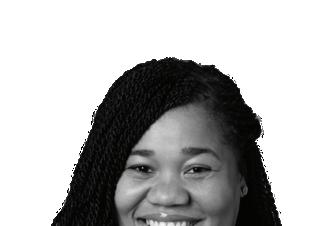

PERFORMANCE. DEPENDABILITY. LOYALTY. BUSINESS OWNERS DREAM OF EMPLOYEES WITH THESE TRAITS, AND WHEN THEY FIND THEM, THEY DO EVERYTHING THEY CAN TO HANG ON TO THEM.
KENITRA BROWN SMU
With a mother who struggled with substance abuse, Danny Feldman began life at a disadvantage. She finally succumbed to her addictions when he was 17 years old, right around Mother’s Day. He was finishing his junior year of high school at the time and wasn’t sure how to react. He responded by getting into some trouble over the summer. Still, Feldman managed to get a full-ride scholarship to Hofstra University in Long Island. But by the middle of his freshman
year of college his legal troubles caught up with him. The state of New York would not accept a transfer for his probation, so he withdrew from school and moved back to Texas. Feldman was charged as a teenager with possession of a controlled substance, and with no one to guide him through the process, he took a plea deal and ended up a convicted felon. When he began applying to other colleges, he didn’t pass their background checks. “There are 44,000 laws on the books that are barriers to entry for those with a felony conviction that preclude them from meaningfully participating in the economy—whether that’s housing, college, voting rights, or job opportunities,” Feldman says. With the pursuit of a degree no longer an option, he did what many success-minded people in his situation do—he became an entrepreneur. After hitting the jackpot with Cutco Knives and IFM Restoration (now called Stellar), he cashed out in 2021 to launch MyFRSH, a fintech platform for banking, health insurance, and credit repair that targets those who have had brushes with the law. “We're the only financial services company that is born from the system and built for and by the justice-impacted community,” Feldman says.
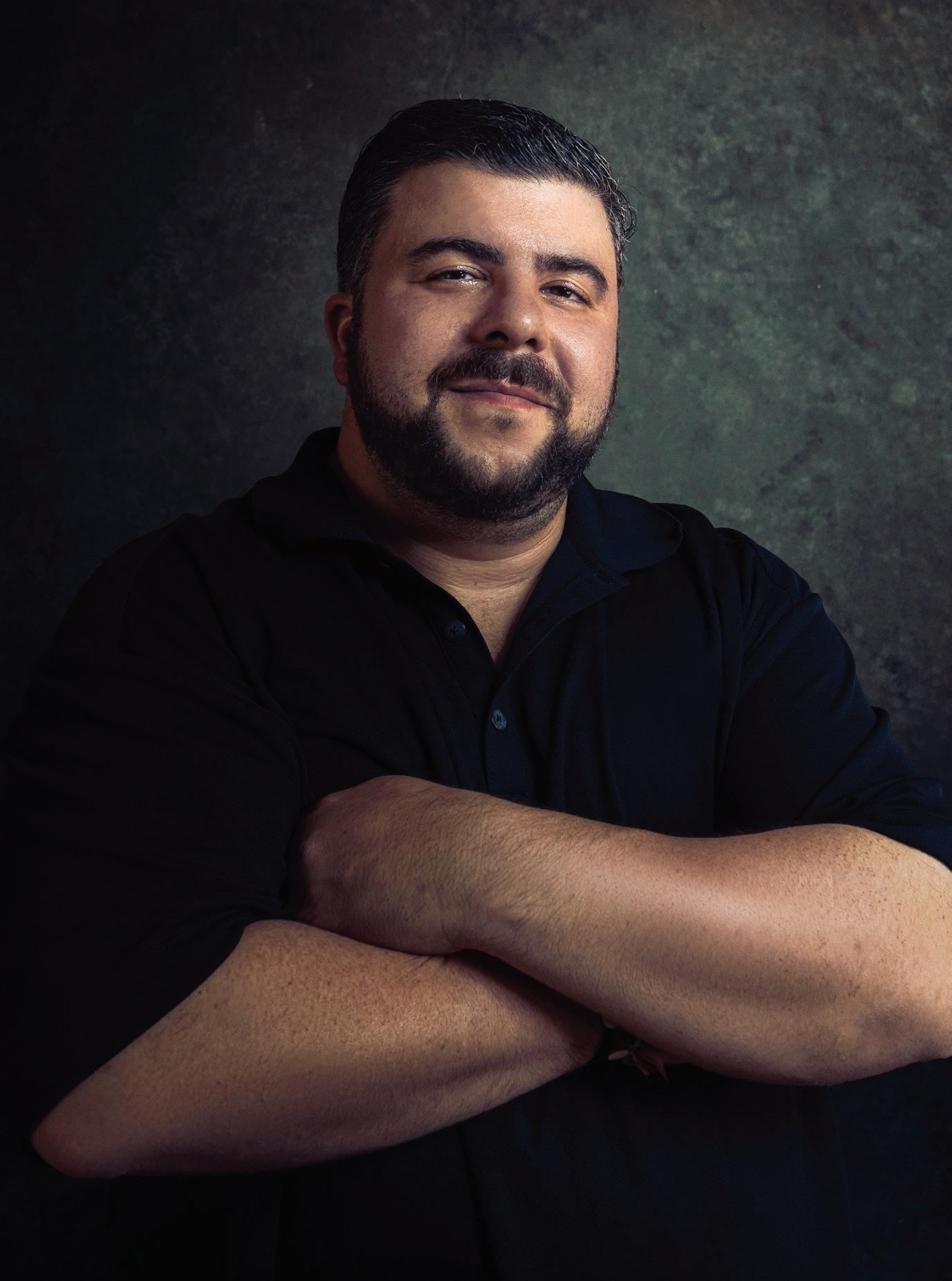
Here are some tips for developing second-chance hiring programs.
Review and update hiring procedures to ensure they aren’t unnecessarily eliminating justice-impacted candidates, build a candidate pipeline with organizations in the space, and communicate internally to create a common culture of compassion.

Justice-impacted individuals will likely have to meet with parole or probation officers, make mental health appointments, or arrange housing, especially when they first reenter society. Being flexible with schedules will give workers confidence and increase loyalty.
Businesses can offer resources to help pay old fines, provide transportation, offer financial literacy training, or connect an employee with housing or healthcare. Initiating the conversation and asking what the worker needs to be successful can go a long way.
Cheri Garcia was a high school cheerleader in The Colony when she got addicted to meth.
“I tried it one time,” she says. That was all it took. She began dealing drugs to support her habit and got into trouble for minor things like warrants and petty theft. But after about two years, she became “sick and tired of being sick and tired” and quit—cold turkey. Then she discovered another addiction: being a business owner. “Entrepreneurship essentially saved my
life,” Garcia says. She began volunteering for the Prison Entrepreneurship Program, teaching those who were incarcerated how to develop business plans. When some of the people she met got out of jail and reached out to her via Facebook, she tried to help them get jobs. The first was a man who was a skilled artist but had been imprisoned for 20 years. She taught him how to use Google, and they reached out to a Dallas mural company. “I called the owner and said, ‘Hey, I have this guy who is willing to work. He’ll take $10 an hour. He’s eager. He’s hungry. His work is amazing,’” Garcia recalls. “The owner said, ‘What’s the catch?’ I said, ‘Well, he just got out of prison for attempted murder, but he’s a nice guy.’” She accompanied him on the interview, sitting a few tables over at a restaurant. The ex-con was hired on the spot. That was the start of Cornbread Hustle, an employment agency she formed in 2018 for second-chance individuals, whether they are justice-impacted or coming out of recovery. It’s now a multimillion-dollar enterprise. Garcia has ignored advice to move beyond a focus on second-chance employees. “I’m not sorry for it,” she says. “This company is being taken care of by a higher power because we’re trying to make an impact.”
Founder CORNBREAD HUSTLEachieving a stable and prosperous existence.
Depending on how long they have been away from the workforce, they may not be up to speed on the technology they need or how to access job applications. Even if they know how to navigate the world with a smartphone, they haven’t had access to one while incarcerated, meaning they must reestablish email addresses and the other platforms the rest of us take for granted. There are often unaddressed mental health needs and food security issues for those who leave the justice system, meaning they may need to connect with organizations that can help keep them mentally and physically healthy.
The realities of being in the system also make getting and holding a job more difficult. If someone is on probation or under any sort of criminal justice supervision, they may be limited to the hours they can work or where they can work to meet the requirements of their release. Reliable and efficient transportation to work and requisite appointments are other hurdles.
Even when prisoners attempt to rehabilitate while in the system and gain certifications or training that can help them get a job later, many licensing organizations won’t allow anyone with a felony to be certified, even if the crime is completely disconnected from what they will be doing. Those with applicable skills also face difficulty by noting they have a record on job applications and housing (though many companies have “banned the box” and no longer ask applicants if they have committed a felony or have a criminal record).
Finally, anyone who is involved with the criminal justice system has been hit with fines and fees for crimes, misdemeanors, or other infractions throughout the process that can add up to thousands of dollars. Individuals and families already on the edge of poverty may forego necessities, use payday loans, or turn to crime to pay the fees. They can even be jailed for their inability to pay a court debt.
Kenitra Brown is a staff attorney at the Deason Criminal Justice Reform Center and adjunct professor at the SMU Dedman School of Law whose father spent time in prison. Given the barriers faced by this population, she asks the next logical question for employers and individ-
Organizations and nonprofits can help employers get educated, become advocates, and connect to potential workers.
Founded and run by philanthropist
Toni Brinker, One CommunityUSA is a nonprofit focused on positive change in underserved communities through reentry, restorative justice, career training, and outreach.
The South Dallas Employment Project is a collective of more than 150 nonprofits and companies that provide training, life skills, mental health counseling, and addiction treatment to individuals reentering society.
The Second Chance Business Coalition is a multi-industry collection of large firms focused on second-chance hiring practices and expanding opportunities for individuals with criminal records.
The Responsible Business Initiative for Justice is an international nonprofit organization that partners with various companies to improve equity and fairness for justice-impacted individuals.
uals. “For a community that is genuinely concerned with what’s happening across populations in Dallas County, what can we do to make sure that we’re helping to remove these barriers or educating folks about the barriers that people are facing for justice-involved?”
As with any political topic, companies must proceed with caution when entering the fray. But when an issue is endorsed by both the left and the right, supported by some of the largest corporations in the nation, and positively impacts the bottom line, it becomes easier for businesses to figure out their place in changing how justice-involved individuals are treated.

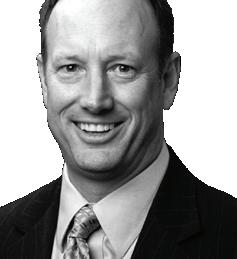
Advocacy can take many forms for corporations. On one end are organizations like JPMorgan Chase & Co., whose chairman and CEO Jamie Dimon penned an oped in The New York Times about second-chance hiring. The financial services giant has been a leader in the space, advocating in Texas for clean slate legislation that would automatically seal criminal records where individuals had met time and good behavior requirements, so people don’t have to hire a lawyer to get it done.
Around 6.5 percent of people eligible to have their record sealed or expunged have done so, partly because it is costly and confusing. In Texas’ 2023 legislative session, advocates from JPMorgan, among others, helped
DAVE EMERICK
JPMorgan Chase & Co.
“these are things that resonate with both sides of the aisle, and i think it’s the right thing to do.”
get unanimous approval in the State House of Representatives for a clean slate bill that would automate this process. Despite passing in the house, it didn’t have momentum to get through the Senate. There are 12 states that have passed clean slate laws, with campaigns in seven other states, including Texas. The advocacy work has provided a path for 14 million people to have their records sealed, but sealing a record for a federal crime is a different process. The federal Clean Slate Act would help individuals looking to clear low-level convictions streamline the processs for sealing drug records for those who have completed their sentence and remain crime-free for a period of time. The Fresh Start Act would provide federal money to states who have passed clean slate laws to implement the laws, allowing individuals to access housing, employment, and education. Both bills were introduced to Congress in April and have bipartisan sponsors.
Research from the RAND Corp. shows that once an individual hasn’t reoffended three to five years after being released, they are no more likely to commit a crime than the average person. “These folks are not a high risk, but what happens when they have a bad mark on their record?” asks Dave Emerick, an executive director of state and local government relations for JPMorgan who’s based in Texas. “People with a criminal record have a much harder time getting a job and getting a second interview for a job once the employer finds out.”
JPMorgan is part of a growing movement of employers who see criminal justice reform as an ethical and workforce issue. In many situations, doing the right thing is doing what is best for the bottom line. With around 650,000 citizens returning from prison yearly, opportunities exist to bolster talent in a tight labor market.
The bank is a member of the Second Chance Business Coalition (see sidebar), which also includes North Texas companies such as Vistra and American Airlines. Together, they work with community partners to train and hire justice-impacted individuals and advocate for changes to laws that would help them more easily re-integrate into society. In addition to clean slate initiatives, many organizations (including the conservative-leaning Texas Public Policy Foundation) advocate for ending debt-based driver’s license restrictions. When justice-involved individuals are hit with court fees they can’t pay, they may have their driver’s license suspended. But without a license, getting a job to help pay off the costs can be difficult, and the individual may be more likely to break the law.
Most corporate advocacy focuses on common sense changes that provide workforce solutions without putting the companies at greater risk. “This legislation
helps people reform and have a better chance after they come out of incarceration to be successful in life by getting a job, health insurance, supporting their kids, paying taxes, and not being on public assistance,” Emerick says. “These are things that resonate with both sides of the aisle, and I think it’s the right thing to do.”
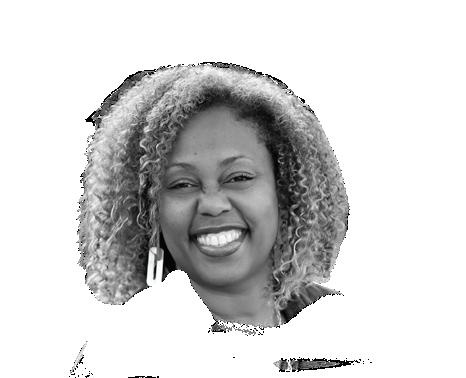
Becoming involved with criminal justice reform looks different for every business. Some companies will have jobs that fit nearly every justice-involved individual well. In contrast, others might be limited because of size or regulatory issues that don’t allow them to hire people directly after incarceration. Connecting to an advocacy organization can help pave the way, as will speaking with peer companies and becoming more informed about opportunities.
“ you are going to find some of the most loyal, dedicated, and engaged employees because you gave them this opportunity. ”
If the business can and wants to offer jobs to justice-involved individuals, it may have to do more than just be open to it and hope they apply. Organizations must proactively find partners to help them connect with this underutilized workforce. Programs like the South Dallas Employment Project and One Community USA (see sidebar) help train, mentor, and connect resources to justice-impacted individuals to help smooth their transition.
Making sure individuals stay connected to services before and after they leave incarceration is essential, One CommunityUSA founder Toni Brinker says. “If you don’t start early in the process with programs that can carry on outside the walls, they don’t have a chance.”
Many advocates believe there are values-based arguments for reforms, but not everyone agrees on every ethical question. Still, all businesses can benefit from a high-performing, dependable workforce in a tight labor market. Vistra’s Chief Diversity Officer, Annette Underwood, speaks with other companies about the benefits of entering this space and focuses her argument on the bottom line. “It is pure economics. When I am talking to an executive thinking about the big picture, we know that the more people you bring into careers with livable wages, it increases your customer base. It does a good thing, and it comes back in so many ways.”
650K
85% Human Resources leaders who say that second-chance hires perform the same or better than other employees.
4.5M
The amount of Americans on probation or parole, a 239 percent increase between 1980 and 2016.
25%
The percent of the world's prisoners in the U.S., despite having 5 percent of the world's population.
Dallas investor Doug Deason grew up in Rogers, Arkansas, a city his family had lived in since the 1800s. He partied a bit in high school, and got slapped on the wrist a few times for possessing a controlled substance. But at 17, he threw a party at a neighbor’s home while they were out of town. (The family's son had given him a key.) Things got out of control, and the police showed up. Deason was charged with felony burglary. Because of

his family connections, he worked out a deal to plead guilty to a criminal trespass charge—a misdemeanor. He paid a $150 fine, did six months of probation, and had the whole matter erased from his record. Soon after, he applied to Arkansas and SMU and got accepted to both. “On the forms, there was a box that asked, ‘Have you ever been convicted of a felony?’” Deason recalls. “I realized how lucky I was.” Later, as he applied for jobs or cell phone service, he was again confronted with that question—and reminded of how his family connections changed his life. “I thought about, ‘What if I had been new in town? What if I had been Black?’” he says. His gratitude for the second chance he was given back in 1979— and a keen awareness of others whose lives were profoundly impacted by similar youthful errors in judgment—led him to become deeply involved in criminal justice reform. In 2016, he was the driving force behind the launch of the Deason Family Criminal Justice Reform Center at SMU’s Dedman School of Law. The center tackles issues such as wrongful convictions and over-incarceration.
“They call it a correctional system, but nothing about it corrects behavior or injustices,” Deason says. “It’s just punishment.”
Individuals released from incarceration each year, often with employable skills obained in the system.
Bill Munck grew up as the only child of a New York cop. Today, he pursues his own brand of justice through his technology-focused Dallas law firm.
 story by CHRISTINE PEREZ
story by CHRISTINE PEREZ
HARD TO IMAGINE IT TODAY, AS HE HAS SUCH A COMMANDing presence, but Bill Munck was bullied as a child. The son of a Long Island police officer, he became a favorite target of kids whose older brothers and sisters had run-ins with his dad. At first, Munck ran away from them. “I became the fastest kid in town,” he says. “I’d run away from a 5-year-old.” But then, his dad found out.
“When I was 7, my dad sat me down and said, ‘You’re not in trouble. But I’m not going to stop being a cop, so you’re going to have to learn how to fight.’” His father taught him to box and hit a speed bag during sparring sessions in the family’s garage. He moved up to jujutsu and karate classes from a dojo who taught hand-to-hand combat to police officers, and by the time he was 14, he was a third-degree black belt.
Bruce Springsteen has a lot of fans. Bill Munck is among the most loyal.
Bill Munck has been to 64 Bruce Springsteen concerts. He was in ninth grade the first time he saw him perform live. “It was over the holidays in 1978, at Nassau Coliseum,” he says. “I was sold from that moment on. Our politics don’t necessarily align, but he resonated with me as a cop’s kid from New York because he sings about fighting for a better life, the opportunity for something better— always about hope. My favorite song of all time is ‘Thunder Road.’ It’s about taking a shot; there are no promises in life and no guarantees.”
That feeling of knowing what it’s like to be the underdog has never left Munck. He has built one of the nation’s most successful technology-focused law firms, but he’ll take cases outside his area of specialization if there is justice to be meted out. “I hate bullying, from my own life experiences,” Munck says. “I hunt bullies; I always have. I don’t care what it takes. It’s in me.”
The Dallas-based firm he co-founded and leads as managing partner, Munck Wilson Mandala, started 25 years ago with a team of six. Today, it has more than 200 employees and 95 attorneys. Many of its lawyers hold engineering degrees and worked in tech before moving into law. Collectively, they’re fluent in 13 languages.
Munck Wilson Mandala is known for having a strong cadre of women leaders, especially for a firm that specializes in serving tech clients. It’s also known for its family-friendly culture. Both were intentionally cultivated by the cop’s kid from New York—an only child.
He grew up in the Bellmore hamlet of Long Island, excelling in sports. He was recruited to play lacrosse at the college level and chose Hofstra University, where he earned undergraduate and graduate degrees, then worked at a high-tech company, where he met his wife, Sue. He saved up money for law school, decided to stick with Hofstra, and graduated in 1992. Many law firms were struggling at the time, but tech lawyers were in demand, and firms in Silicon Valley were especially interested in Munck due to his industry experience. Out of 20 interviews, he got 19 offers. But Winstead in Dallas wanted to talk, too.
The firm was looking to build an IP practice, and they made Munck an offer that closely matched what the Silicon Valley firms said they’d pay. “I looked at the fact that, for the work I wanted to do, there was an enormous number of people doing it in Northern California,” Munck says. “In 1992, here in Dallas, there were just a handful. I also thought about why California was so successful. Dallas basically had the same infrastructure; it had the airport, universities, money, and Texas Instruments, which was underwriting UTD. I was staying at The Adolphus, and I walked to my interview at Renaissance Tower. I looked around and thought to myself, ‘This town is going to explode. This could really work.’”
Munck was a “miracle child,” born when his mother, Mildred Grace, was 36. And he was an only child—a rarity for the times, his extended family, and the German-Irish neighborhood in which he lived. Born out of sync with his many cousins, Munck was too young to play with most of them. “I had these needs, and my friends filled them,” he says. “There are about 25 of us, and we’ve remained close. My mother would always tell me, ‘Your expectations of your friendships are unrealistic because they’re not your siblings.’ But for me, they became my siblings; for them, I was a very close friend.”
Among his close childhood friends is former Apollo Global Management president and top Goldman Sachs exec Marc Spilker, who has known Munck since both were in kindergarten. Both boys had a fiercely competitive streak that sometimes caused the two to clash. But the fistfights were brief and quickly forgotten. Not forgotten, though, is a particularly memorable elementary school game. “We were playing this game of hideand-go-seek or tag or one of those games that kids play,” Spilker relays. “And Billy is literally hiding up in a tree. Someone sees him and starts shaking the limbs. Billy falls out of the tree and lands on the ground and clearly, his arm is broken. It’s hanging down. For kids, it was a little freaky. We say, ‘Billy, we’ve got to take you home.’ And he says, ‘The game is not over; we’ve got to keep playing.’ I say, ‘You gotta go home; you have a broken arm.’ But he didn’t want to quit. He was mad that he had gotten shaken out of the tree; it was a perfect hiding spot. He says, ‘We gotta redo the game!’ It was like he was saying, ‘I want to win. Even if it’s hurting me, I’ve got to excel, and I’ve got to do well.’”
In 1998, Munck and three other partners and a couple of associates formed what’s now Munck Wilson Mandala. His goal from the start was to build a different kind
of firm. Most have a practice area at the hub of the wheel, Munck says. “Whether it’s IP boutiques, corporate practices, or litigation practices, they all start out around a small circle and expand from there,” he says. “I wanted to build a firm around a client base—high-tech clients. I wanted everything from Joey Bag O’Donuts who’s working late at night in his garage trying to invent something, all the way up to Fortune 50 tech companies at the hub and build around that.”
As he grew his firm, Munck also became actively involved in coaching the sports teams of his sons, Billy and Garrett. Both are diabetic, and he wanted to be on the sidelines in case anything happened. He also wanted to show gratitude for the coaches who influenced him along the way. During his 10-year run of leading various teams, there came a point when some disgruntled parents tried to pressure him out of coaching; when the pressure extended to his son, Munck fought back. “Everyone thought I was crazy because I filed this insane lawsuit, and I won, but they asked for it,” he says. “You know, if you invite an ass-kicking, it’s impolite to not give it to you.”
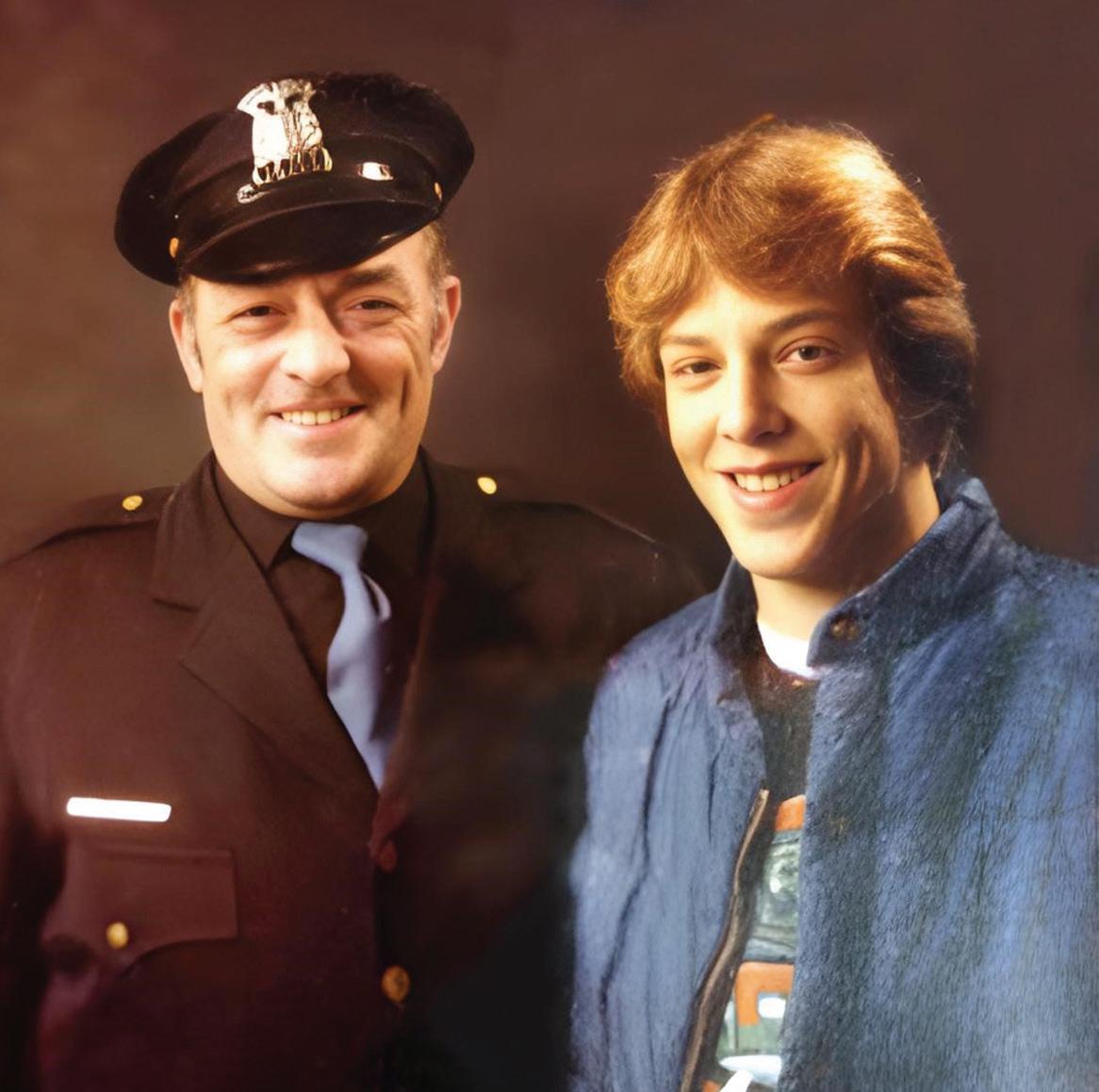
Following the suit, Best Lawyers in America added to Munck’s patent, trademark, copyright, and venture capital honors by naming him DFW’s Sports Lawyer of the Year. Before long, people began reaching out with matters involving injustices. “I went after some of the private schools in town, and I took national cases, too,” he says. “I made no money on them, but it was the right thing to do. I like to fight, and I like to win. I like reasons for fighting—you know, causes.”
Munck Wilson Mandala has successfully developed a strong base of women attorneys, largely due to the hiring of Jenny Martinez, co-chair of litigation in Dallas, who joined the firm in October 2018. She met with Munck, heard about his mission to diversify beyond “chubby white guys” and strengthen the firm through diversity, and she was hooked. “He has been committed to it and has never wavered,” Martinez says. “He has given me a lot of leeway, and he trusts my judgment. We recruited numerous female attorneys within that first year and have just continued to expand.”
As his firm marks its 25-year anniversary, Munck reflects on his favorite cases over the years. They haven’t been the big monetary wins, he says, but those involving life-altering events. He points to work the firm did for the developers who hit it big with their game app, Words With Friends. Then there were patents the company licensed and enforced against Nintendo for iLife Technologies developer Mike Lehrman, and “an enormous amount of patent work” for National Semiconductor, which was acquired by Texas Instruments. Many of his favorite cases and transactions have been led by partners Mike Wilson, Larry Mandala, and Michael McCabe. Collaborating with them and seeing their success has been most rewarding, Munck says.
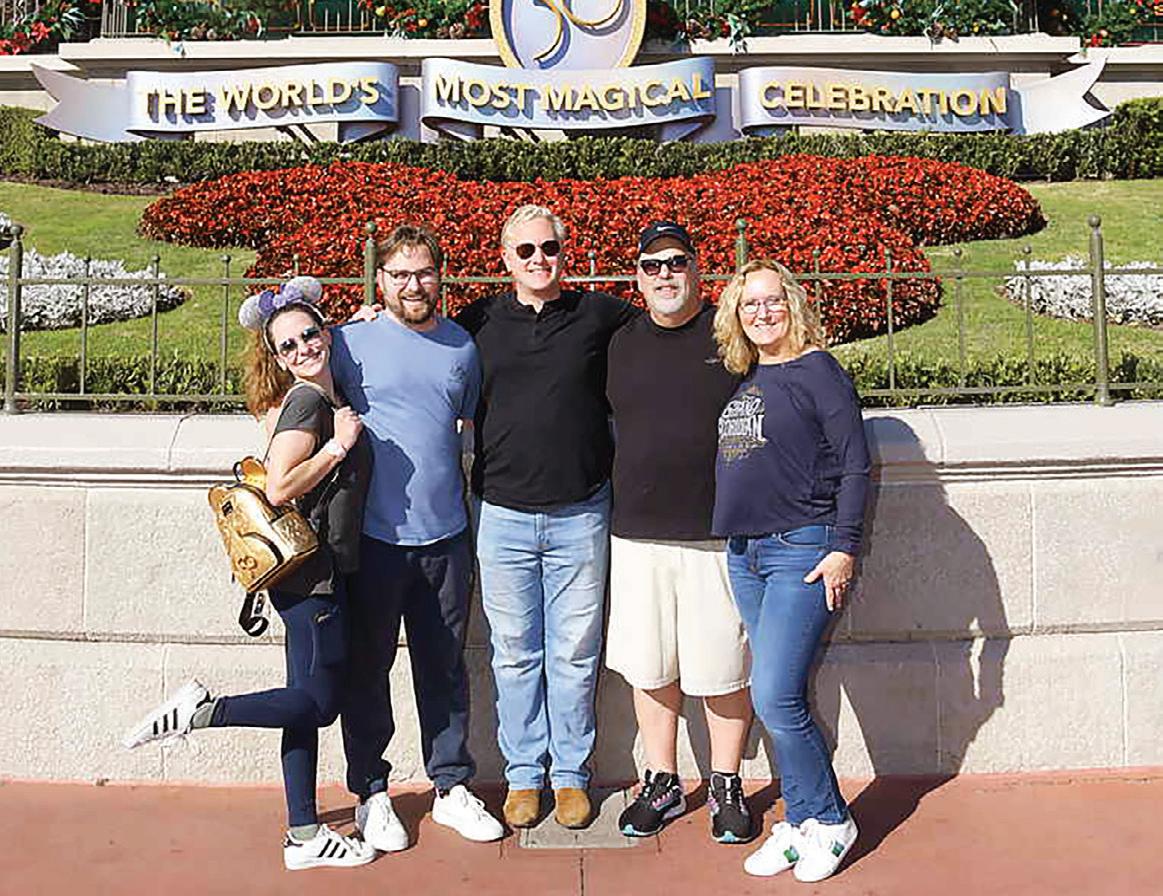
The firm is positioned for continuing growth, especially as it expands beyond Dallas to have offices in Austin, Houston, Waco, Los Angeles, Orlando, South Florida,
and other markets. Underpinning the growth, Munck says, is the company’s family-focused, collaborative culture. “I think of our competitors as being different herds of cattle,” he says. “They just tend to walk like a herd and follow the bulls. That’s all well and good when you’re on the plains and there’s plenty to eat. But if you’ve ever watched Planet Earth and see the wildebeest get attacked by crocodiles as they go across the creek—why not go up a mile?
“I never wanted that typical big firm; I had a need for family—I wanted a team,” Munck continues. “What makes us great is we’re like a pack of wolves. Everyone is different, but everyone is expected to hunt and look at what’s best for the group.”
Achieving his firm’s type of culture takes leaders with clarity and self-awareness, traits that were ingrained in Munck from an early age. “You have to know your brand and what you’re selling—what is it that’s going to make you happy, and why people are going to want to do it with you,” he says. “When people ask me about my brand, I’m like, ‘I’m a cop’s kid from New York. I’m a street fighter. If necessary, I’ll get in the gutter and fight dirty with you. I’ll win.”

Alternative Wealth Partners leader Kelly Ann Winget has taken an unconventional path to becoming a private equity leader, but her unique strategy has paid big returns.
story by KELSEY J. VANDERSCHOOT illustration by JAKUB AND JEDRZEJ KRZYSZKOWSKIAT 18, KELLY ANN WINGET was living a life many of her peers only dreamed of; she was independent, had money in her pocket, and drove fast cars. “I was making nearly six figures outside of school in sales,” she says. A sales savant, she had maxed out the commission program at the Richardson Car Spa where she worked and had several side hustles, including a gig as a valet, often parking foreign cars for big tips. ¶ Today at 33, Winget manages investments across more than 25 portfolio companies in three private equity funds at Alternative Wealth Partners, a company she founded. She is the only LGBTQ+ female millennial to run a private equity fund focused on alternatives—assets outside of stocks, bonds, or cash, such as real estate, commodities, and private equity. Her company generates an average targeted annual return of 30 percent. ¶ But Winget didn’t take a traditional route to the top. In fact, not much about her is traditional. She’s an entirely self-made entrepreneur despite being born into generational wealth; she never earned a college degree; and she gained her finance smarts working in mostly male-dominated spaces, building transferable skills that translated across industry lines.
Alternative Wealth Partners’ investments span 25 companies across five sectors. Its three funds focus on real estate, energy, and diverse assets. AWP’s portfolio includes:
a Jamaican coffee company with more than 20 years of agricutural partnerships.
EXPANSION AMMUNITION
a Texas-based ammunition company with a unique way of manufacturing casings.
ELLEVEST
an investment platform that targets women. The company has more than $1.5 billion in assets under management.
WINGET GOT HER START BEHIND THE REGister at Car Spa, working weekends to save up for a $300 pair of jeans. “Although I grew up in an affluent family, it was very much known that it was [my parents’] money and we had to find our own,” she says. “It was not expected that we were going to be handed some golden parachute and supported forever.” Her grandparents on both sides were in oil and gas, and the family still holds a collection of assets near Lake Charles, Louisiana.
Like their daughter, Winget’s parents took unconventional approaches to making money. “They were flipping apartment complex houses in the 1980s, and between 2006 and 2008, my mom was working in low-income neighborhoods to renovate apartments in efficient ways,” she says. “She was working in areas people weren’t touching with a 10-foot pole. So, we were encouraged from a young age to do what we wanted.”
She also took her love for cars to a valet company. Winget was among a handful of workers who could drive a stick shift, so the keys to luxury foreign vehicles were often given to her. Between her several jobs, she was soon making nearly six figures.
AFTER HIGH SCHOOL, Winget was accepted at every four-year college she applied to but opted to take classes at North Central Texas College and Texas Woman’s University. Once she started, she decided to quit school instead. “I was sitting in class thinking, ‘I’ve spent $1,000 for all the books and materials for this class, and all you’re doing is reading [the texts], and I could do that on my own,’” she says.
WShe went from working outside every day to sitting in a cold, dark room in the basement of a hospital as an executive assistant at Texas Radiology Associates, a collection of 16 radiology clinics across DFW. A couple of years into the job, in 2010, the company laid off its administrative employees. “In less than two weeks, they hired me back,” Winget says. She spent the next year as the only assistant for all locations, working 16 to 18hour days, reading reports, communicating with hospital staff, and ensuring software was up and running.
When she complained about her hours and lack of benefits, HR told her that the overtime she was making was enough to offset the job’s less appealing elements. “I was working 90 to 100 hours a week,” Winget says. “I like making money, but I couldn’t enjoy it.” Drained, she scrawled her resignation on a sticky note and left.
From there, at the age of 21, she took a job working for a demolition company. “It was really the catalyst to everything that I do now, because I got to experience different departments,” Winget says. She came in as a an hourly “girl Friday,” but quickly noticed several gaps in the business and dove into improving operations.
PONTEM ENERGY GROUP
a Houston-based company with more than 200 assets in the Permian Basin.
At the car wash, Winget was promoted from cashier to sales associate within six months, upselling customers at the register until she outsold the sales adviser and got noticed. She quickly figured out how to maximize opportunities. “They had to change the commission program two or three times while I was there,” Winget laughs. By the time she was 16 and 17, she was raking in $60,000 a year.
Winget worked closely with a software consultant to help build a database to support estimation and project management, then led internal implementation. “I watched [the consultant] get paid around $60,000 for a job that I largely did,” Winget says.
When she took the finished software to one of the company’s owners, he asked if she could recast it in Excel so the less tech-savvy could use it. She asked if he would pay her the same $60,000 rate the consultant earned for the previous iteration. The owner declined,
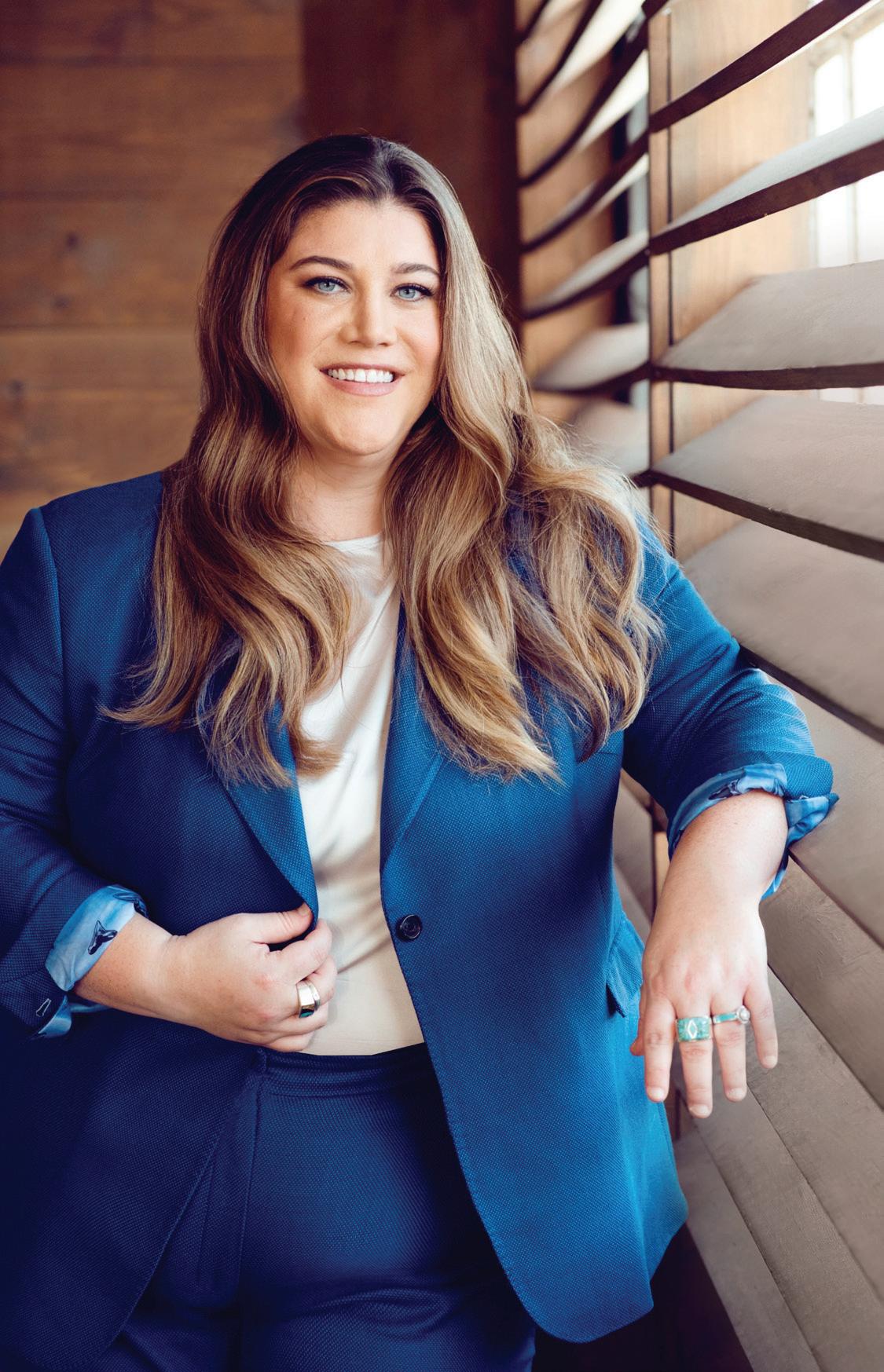
but agreed to give her a full-time salary instead of an hourly rate. “So, I built this $100,000 per year licensed software in Excel,” says Winget.
When she finished, she tried to set up meetings to teach employees how to use the Excel system but was met with resistance. That was the final straw. She accepted another job offer and quit, hoping to eventually move to California to work as a business consultant. “I left in November of 2013, and I was living in Newport Beach by April 2014,” Winget says.
During that six-month interim, she worked in the sales department at an oil and gas company operating in the Eagle Ford Shale. Oil prices were more than $100 per barrel. In February 2014, Winget called attention to a pattern she noticed. “I said, ‘The prices are really high, and we are overpaying for mineral rights renewals, which means we are overcharging investors, and eventually, we will lose money,” Winget recounts. “‘We need to pull back on deals, and we need to not pay this much, or take a break, or something.’”
Company leaders were not interested in the forebodings of a 20-something. Winget felt uncomfortable with continuing to overcharge investors, so she and another young partner at the company left after being politely pressured to go. “Oil prices tanked about six months later,” Winget says.
Once in Newport Beach, Winget did independent business consulting while working full-time for a marketing company that was helping startups, and other private companies, raise capital. “We were doing phone campaigns on people’s political opinions about what’s going on in the world, what they were investing in, learning about what the investor behavior was,” Winget says. During her four years in California, she helped companies raise roughly half a billion dollars.
She returned to Dallas in 2018, slowly wound down her buisness, and took a job at Eckard Enterprises, an oil and gas-focused family office. The company had operated for more than 35 years and was facing an aging investor base.“[Founder and CEO Troy Eckard] brought me in to hire new people into the firm and start engaging with new investors and thinking about how you find investors in that day’s space,” Winget says. Together, she and Eckard raised $7.5 million, before her mentor offered her some advice: “He said, ‘You should set up your own fund,’” Winget recalls.
She didn’t quite have the confidence to follow Eckard’s suggestion. “I had only done these small, independent raises, and I wanted to see what the bigger picture was,” Winget says. So, she took a job with a large private equity fund in Nevada, but worked out of Dallas, for three months before realizing her mentor had been right. She left in August 2020 and formed Alternative Wealth Partners.
TO contacts she had in the private equity space, explaining her intention to run an alternative investment-focused firm that thrived on transparency and diversification. By June 2021, she launched her first fund and began by investing in a Jamaican coffee operation and an ammunition company, raising $2 million in her first five months. At the end of the year, she added oil and gas assets to the fund and raised another $3 million.
Today, AWP’s investments are across five sectors—manufacturing, energy, infrastructure, real estate, and private equity—and are pooled in three funds (see sidebar). “If you stay diverse in your portfolio, you will have consistent growth—always,” she says. More than 60 percent of Winget's investors are women or minority investors.
Eventually, Winget hopes to manage $1 billion, but first the firm will focus on developing its newest fund, which is focused on developing economies through real estate in opportunity zones—areas where the Trump legislation incentivized development. “If you invest in that, your gains inside of the opportunity zone funds become tax free after 10 years,” Winget explains.
Because many cities incentivize developments that build their economy, Winget has not had to raise as much. “We are leveraging available public funds with our private equity dollars to maximize our return for investors. When we can get 20-40 percent of our projects funded with free money, it can increase our overall return by 10-20 percent,” Winget says. The fund will launch in September 2023, and Winget hopes to break ground on its first development project, a new build in Chicago, before the end of the year.
The entrepreneur is solidly into the next chapter of her Forrest Gump life. Along with running AWP, she’s newly married to her partner Sarah Matteson (their nuptials were featured in The New York Times), a recently published author of a book on investing, and educating others around strategies and finance.
Matteson’s son recently picked up the drums, which Winget has played since her youth. In her own way, perhaps she can recreate the environment she grew up in. “I wasn’t in an atmosphere that made it weird to do something different,” she says.
Kelly Ann Winget released her first book in May of this year. Pitch the B*tch, which focuses on educating women about the gender investing gap and why it still exists today and how women

can close the gap. The title is a fiery response to a quote from the 2000 movie Boiler Room, advising stockbrokers not to invest in women: “We don’t pitch the bitch here.” Winget
has heard this phrase said word for word in her own career and has made it a mission to make finance easily understood to all.
“I spent a lot of time making sure that it would be super simplified, and not overwhelming,” Winget says. “It's about changing
your mindset of saying, ‘I can't do this’ or ‘I don't know what I'm doing.’ That’s being told to you, but in reality, you do know what you're doing, and you can do these things, and you can create wealth for yourself, and you can set yourself up correctly.”











 Sheldon Arora, CEO LIQUIDAGENTS HEALTHCARE AND STAFFDNA
Sheldon Arora, CEO LIQUIDAGENTS HEALTHCARE AND STAFFDNA
“most entrepreneurs face challenges raising capital, and we were no different. we overcame this by raising funds through my personal assets, taking loans from my friends and family, and me going without a salary for a period of time. However, we faced our toughest challenge when our largest customer, who made up more than 50 percent of our business, stopped paying its bills. We flew out to visit the client in person and met with the hospital executives. We knew we needed to leave with a check to meet our payroll—and that’s exactly what we did. We approached everything with this level of persistence. We then wanted to partner with an outside company to advance money on our invoices, so we wouldn’t have to face this challenge again. Our CFO got rejected more than 50 times until she finally reached the one vendor that was willing to take a chance on us and invest. We still send that vendor a Christmas card every year. We never gave up, which led us to where we are today.” —as
told to Ben SwangerThousands of people continue to stream into North Texas. Where did they come from, and where do they go?
story by W. MICHAEL COX AND RICHARD ALMDdallas-fort worth is growing faster than any other metropolitan area in the country. A Census Bureau report released in May found that the region added 170,396 people from July 2021 to July 2022. The next best was Houston at 124,281 and Atlanta at 78,968. In the previous report for 2020 to 2021, DFW also came in at No. 1, with a gain of 97,290 people.
Whether up or down, population changes come from two sources: births relative to deaths and arriving residents relative to departing ones. Economists pay particular attention to the latter—where people are leaving and where they’re ending up—for hints about how well places deliver what people deem important enough to justify the expense and hassle of moving. North Texas business and political leaders often boast about how many people are choosing to move to this part of the world, and they figure the region must be doing something right.

To dig deeper into DFW’s in-migration, we used IRS data on the geography of tax returns for the past five years. Addresses that change from one year to the next identify households that have moved. Simple enough, but the IRS database’s most interesting feature is detail. It records movements by county—the county where people are now and the county they were before.
So let’s look at some numbers for DFW. In 2021, the net gain from other states totaled 72,133 people, well above the previous four years’ average of 49,488. North Texas had a net outflow of 8,312 residents to other parts of Texas in 2021, even larger than the deficit of 5,425 the year before. Net inflows from abroad typically amount to a few hundred people a year.
The region had a net migration gain of 63,984 people in 2021. These newcomers didn’t spread evenly across DFW, and we wouldn’t expect them to. The standout destinations were Collin County, with a net gain of 28,062 transplants in 2021, and Denton County, which added 20,406. Taken together, they account for three-quarters of DFW’s net gain in 2021. The two counties have been the largest net recipients of migrants every year since 2017.
The two counties do so well because they attract all kinds of migrants. Most of Collin County’s newcomers came from other states and countries (21,456), but the rest of Texas made a sizable contribution (6,630). Denton County received more migrants from the rest of Texas (7,840), but its out-of-state haul (12,528) trailed not only Collin County but Tarrant (14,902) and Dallas (12,642) counties as well.
We now turn the spotlight on those two— DFW’s largest counties. In 2021, the IRS data show, Dallas County had a net outflow of 31,231 people. Tarrant County managed a measly gain of 2,491 people, less than much smaller counties like Ellis, Hunt, Johnson, Kaufman, Parker, Rockwall, and Wise. It’s not that former residents of Dallas and Tarrant counties jumped on the nearest interstate highways bound for other states or countries. In fact, the two jurisdictions join Collin and Denton counties as DFW’s main magnets for out-of-state migrants (see sidebar).
Overall, we see two grand themes. People from other states and countries are choosing to live in the DFW area. People who live here tend to stay put, but many are choosing to leave the
urban core of Dallas and Tarrant counties for Kaufman, Denton, Collin, Ellis, Johnson, and other peripheral counties.
The region must be doing something right. Economic freedom is likely a factor. DFW ranks fifth among 44 large MSA on a metropolitan economic freedom index created by SMU’s Dean Stansel. His research finds free economies attract more newcomers: A 10 percent gain in economic freedom is associated with a 27 increase in net MSA in-migration.
Economists tie population flows to economic freedom. You’re unlikely to hear the phrase when asking newcomers why they chose DFW over other places. People leave California, Illinois, New Jersey, and New York and come to Collin or Denton county for what research shows are the fruits of economic freedom, including good and varied job opportunities, affordable homes, and more money to spend after taxes. In short, they come here for the chance at a better life.
W. Michael Cox is professor of economics and Richard Alm is writer-in-residence at SMU’s Bridwell Institute for Economic Freedom.
Even in the midst of COVID-19, North Texas remained a magnet for new residents. The pandemic hit in early 2020 and its uncertainty persisted through the year. When the IRS took a reading in 2021, the nation’s fourth-largest metro had a net in-migration gain more or less on par with the previous four years (see chart). No. 5 Houston had a positive year, too. Chicago, Los Angeles, and New York, the nation’s three largest MSAs, were net losers before the pandemic and saw even more people leave. Miami, another Top 10 MSA, saw a sharp decline in attracting newcomers.
The year-over-year net migration statistics for some of the largest U.S. markets.
“One of my earliest clients, who became my mentor, once told me: ‘The top 1 percent of every profession are the most creative minds and the ones who sponsor most—if not all—of true innovation. This is true in law, finance, science, medicine, construction, development, and other industries. You are capable of this, and the key is to work with others who are also true innovators as often as you can.’”

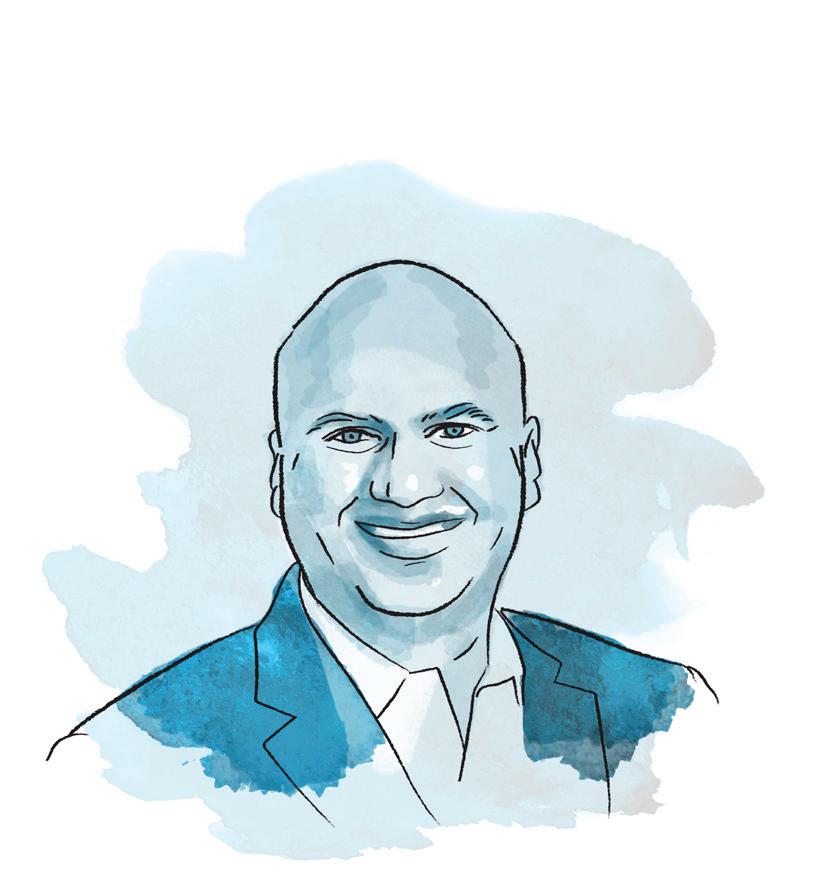
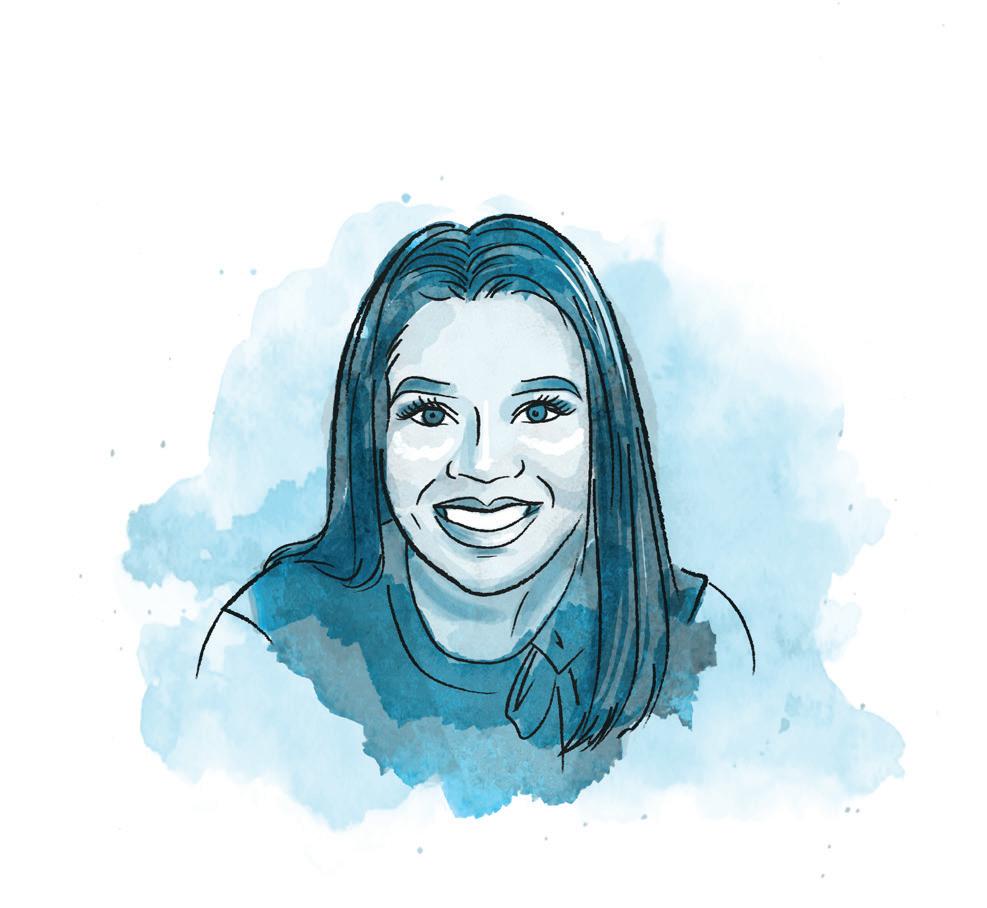
“Never lose sight of your vision and mission. With entrepreneurship, things can begin to feel impossible at times, but if you keep your vision and mission top of mind, you will eventually reach a turning point. Also, I have always been reminded to take care of my mental health and give myself the same empathy I show others. We can accomplish our goals, but we must be gentle with ourselves.”
CEO and Founder AMPLIFAI“One of the most crucial factors for success is being able to sell effectively. As an entrepreneur, you’ll need to sell your vision to potential employees, convince customers to use your products or services, and persuade shareholders to invest in your company. Much of your time will be spent selling to different groups of people. It’s an essential skill that can make all the difference in the success of your business.”

Authenticity and empathy must be prioritized to drive positive change, says Girl Scouts of Northeast Texas CEO Jennifer Bartkowski.
Recognize that individuals crave meaning, belonging, and a purpose-driven work environment. Motivate your team by helping them understand the “why” behind their work and its connection to a larger narrative. Share

In today’s unprecedented times—marked by the pandemic, racial reckonings, economic volatility, ethical dilemmas, and mental health crises—it is imperative that we adopt a fresh approach to tackle these multifaceted problems. Women possess innate skills that have long been undervalued in the workplace, including natural empathy, nurturing qualities, and a desire to mentor and uplift others. By tapping into these unique strengths, women in leadership positions can navigate the complexities of today and help create a better future. Research consistently shows that organizations with more women in senior positions achieve higher profitability, demonstrate greater social responsibility, and provide superior customer experiences. To drive positive change, we must empower women and appreciate the unique strengths they bring to the table. Today’s leaders need to discard outdated notions of leadership and prioritize empathy and authenticity. Here are a few ways to start:
your organization’s story both internally and externally to nurture a sense of connection and value while inspiring change.
In challenging times, honesty and transparency are paramount for building trust. Show your commitment to open communication by being candid and vulnerable with your team, ensuring they are informed, rather than left in the dark. Set clear expectations and avoid misleading half-truths or irresponsible optimism that can erode trust in the long run.
Complex problems necessitate diverse perspectives. Move beyond relying on a small group of like-minded individuals; delegate decision-making power and seek out new voices and viewpoints. Encourage collaboration across teams and welcome challenging questions. By valuing diverse contributions, you can drive more innovative and effective solutions.
The well-being and mental health of your staff should be a top priority. Lead by example and promote work-life balance, ensuring you take all vacation time, disconnect when away from the office, and encourage others to do the same. Advocate for policies and invest in educational opportunities that support your staff and their professional growth.
Diversity, equity, and inclusion aren't just talking points. At Comerica Bank, these words don't describe what we try today. They define what we do and who we are.

We proudly support the D CEO Magazine's 5th Annual Diversity, Equity, and Inclusion Symposium
We salute your commitment to advance diversity, equity, and inclusion in our workplaces and communities.
Thank you for raising expectations, within Comerica Bank and beyond.
At Thomson Reuters®, diversity and inclusion (D&I) are core to our purpose and values. We remain committed to prioritizing D&I not only for Thomson Reuters as a company, but also for the customers and societies we serve.





Learn more about our D&I efforts by reading our 2022 Social Impact Report tr.com/social-impact


ROBYN CHAUVIN’S STYLE RANGES FROM MODERNIST TO ALL-OUT GLAM
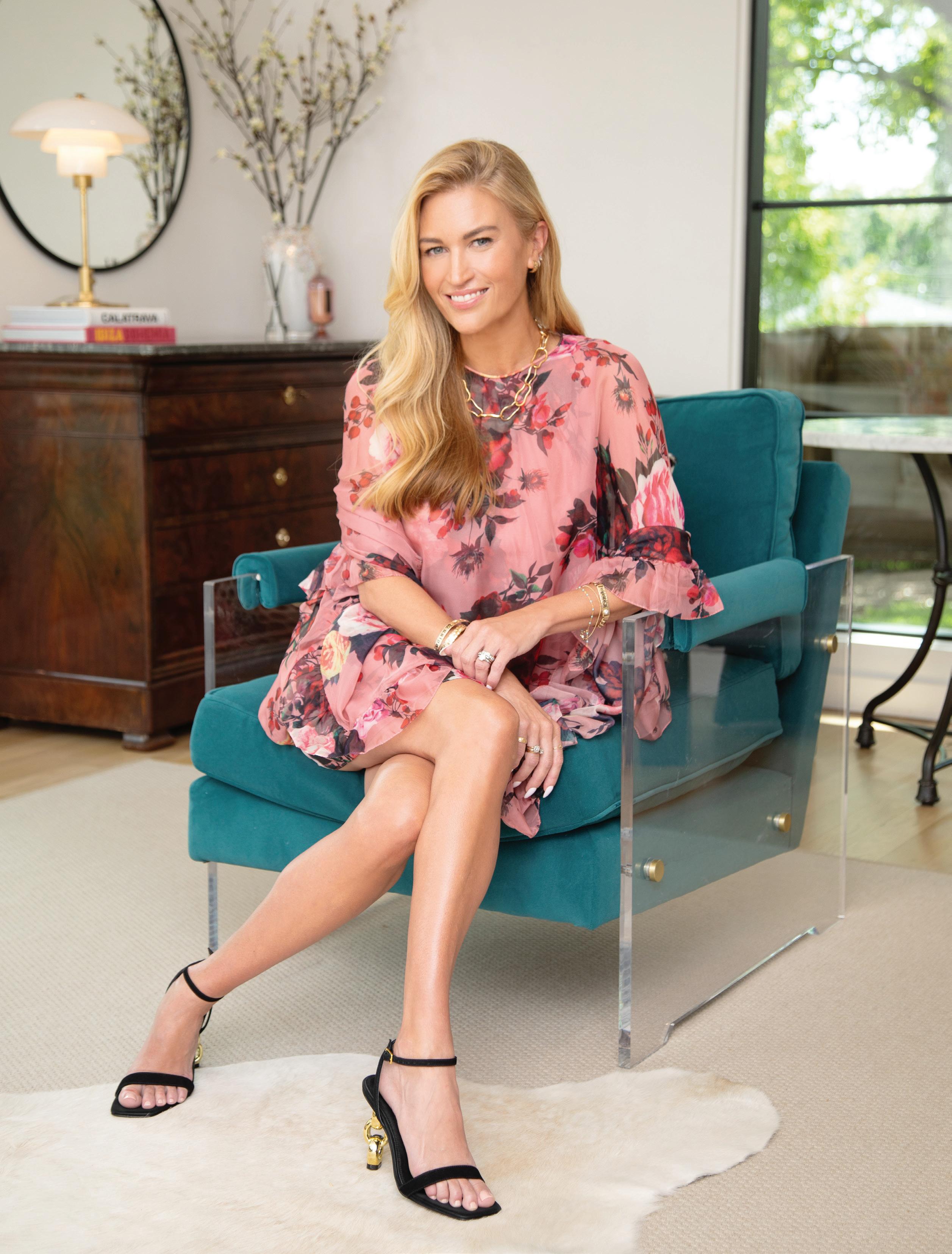
continued from page 059
WHAT I DO:
“As CEO of Robyn Chauvin Productions, I’m a fashion show and event producer, a stylist, and a luxury retail consultant.”
STYLE ICON:
“Lauren Santo Domingo effortlessly mixes classic style with editorial looks.”
ON THE JOB:
“When I’m prepping for an event, I’m opting for something I can move around in while still looking polished. My go-to is a dress with a topper jacket, either a trench or a full-length denim jacket, with sandals or sneakers. Meetings require serious looks—in the summer I go with a short suit or an interesting skirt with a blazer—with a whimsical element like quirky jewelry or shoes.”
FASHION INSPIRATION:
“I’m a voracious consumer, always reading about fashion, watching shows that inspire looks, and listening to music—all those things inspire me. Watching Riley Keogh in Daisy Jones & the Six sent me into a Stevie Nicks phase and inspired an entire scene in the Salvation Army Women’s Auxiliary Fashion show.”
STYLE DEFINED:
“Ever-changing. I have a very modernist slant at times, opting only for minimal slip dresses and 90s-inspired silhouettes. But I also love a fully tulle or beaded dress.”
GO-TO LOOK:
“Head-to-toe neutrals, or head-to-toe color.”
HOW I ACCESORIZE:
“I love layers of necklaces and bracelets. Each layer means something special.”
WEEKEND LOOK:
“My husband, boys, and I have been playing a lot of tennis lately. I’ll wear a tennis skirt and sneakers and then throw on a boxy blazer for lunch.”
FAVORITE STORE:
“I will forever be a Neiman’s girl.”
by the fifth day of pedaling across the high-heel of Italy’s boot-shaped landscape, Dennis Cail had convinced himself he could finish the 600-mile cycling tour that his buddies had talked him into. “It’s this battle between your mind and your body, and the first few days, those
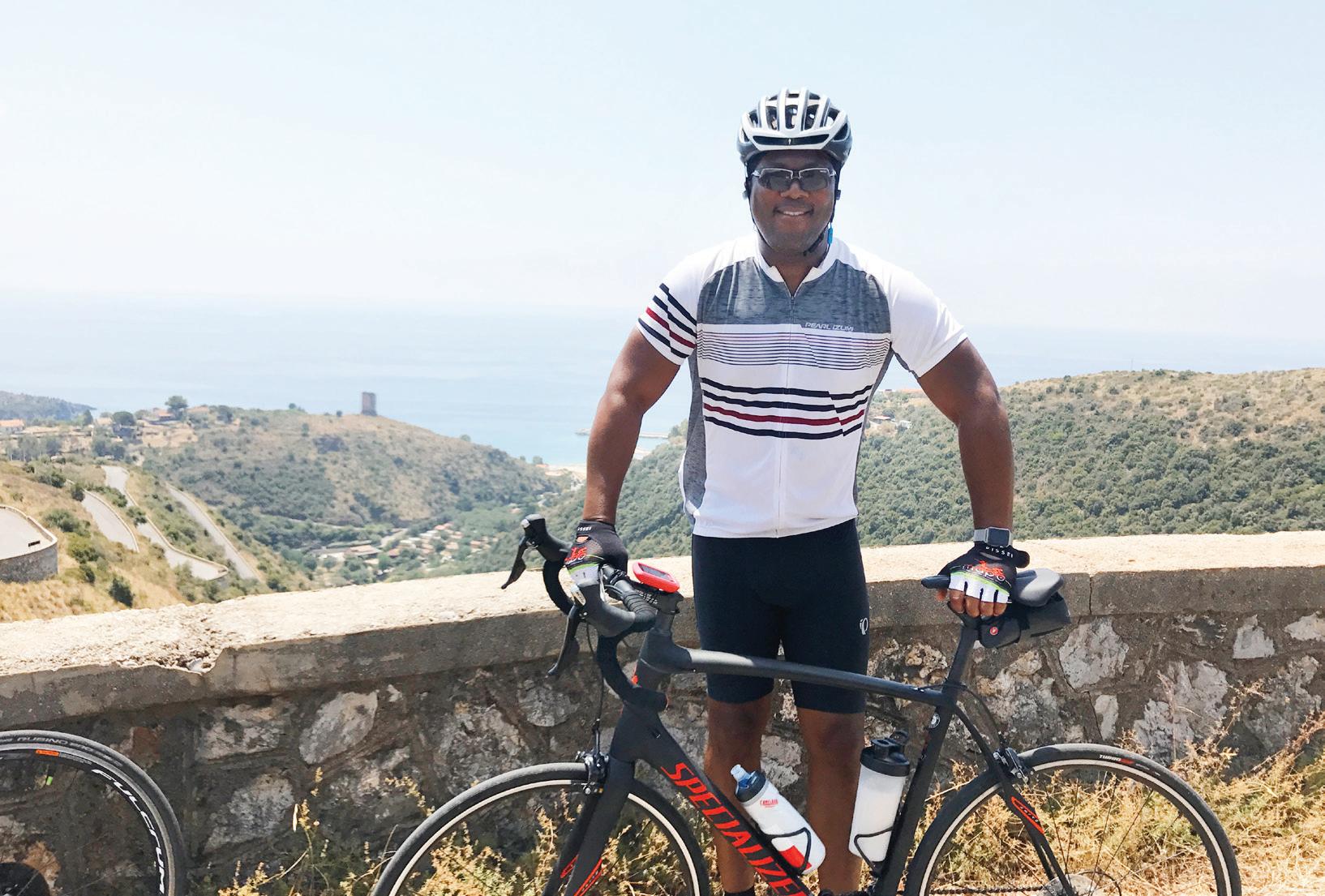
things are very much in conflict,” the co-founder and CEO of Dallas-based fintech Zirtue says. Over 10 days, the group scaled several mountains, some at a 25 percent incline, ranging from 60 to 70 miles a day. Cail often brought up the rear, trailing his avid cyclist cronies, but the solitude gave him time to reflect. “I learned that to lead something, you don’t always have to be at the front,” he says. “There are so many things you can make contributions in just by being your best and strongest self, and I learned that everyone’s not going to always get to the same place at the same time, but if you’re going in the same direction and to the same place, that’s OK, too. I think about Zirtue; we need people to hang back and work on the backlog of things we have going with a product. Not everyone can be working on the latest and greatest features, and that should be OK,” Cail says. While on the bike, he also learned to focus by enjoying the scenery along the journey. “I think we all need to find new energy,” he says. “What is that one thing that you are just oblivious to or not paying attention to? Somehow, some way, if you stopped, you’d say to yourself ‘I like this. I want to see more.’ The work still must be done—I still have to go 60 miles—but at least I’m in the right head space to do that now.”—Kelsey
 J. Vanderschoot
J. Vanderschoot

MUST-READ
Area leaders tell us the one book they think everyone should read—and why.
“Lessons Learned and Cherished: The Teacher Who Changed my Life emphasizes that the greatest lesson is teaching people to believe. Misty Copeland, an icon in the dance world, praises her middle school dance coach for helping her feel seen. ‘I felt like Elizabeth was giving me this confidence I just didn’t have in school,’ Copeland writes in the book. ‘I didn’t think I was the smartest, I didn’t have tons of friends. I just wanted to be. … But after that solo, I wanted to thrive for the first time in my life.’”
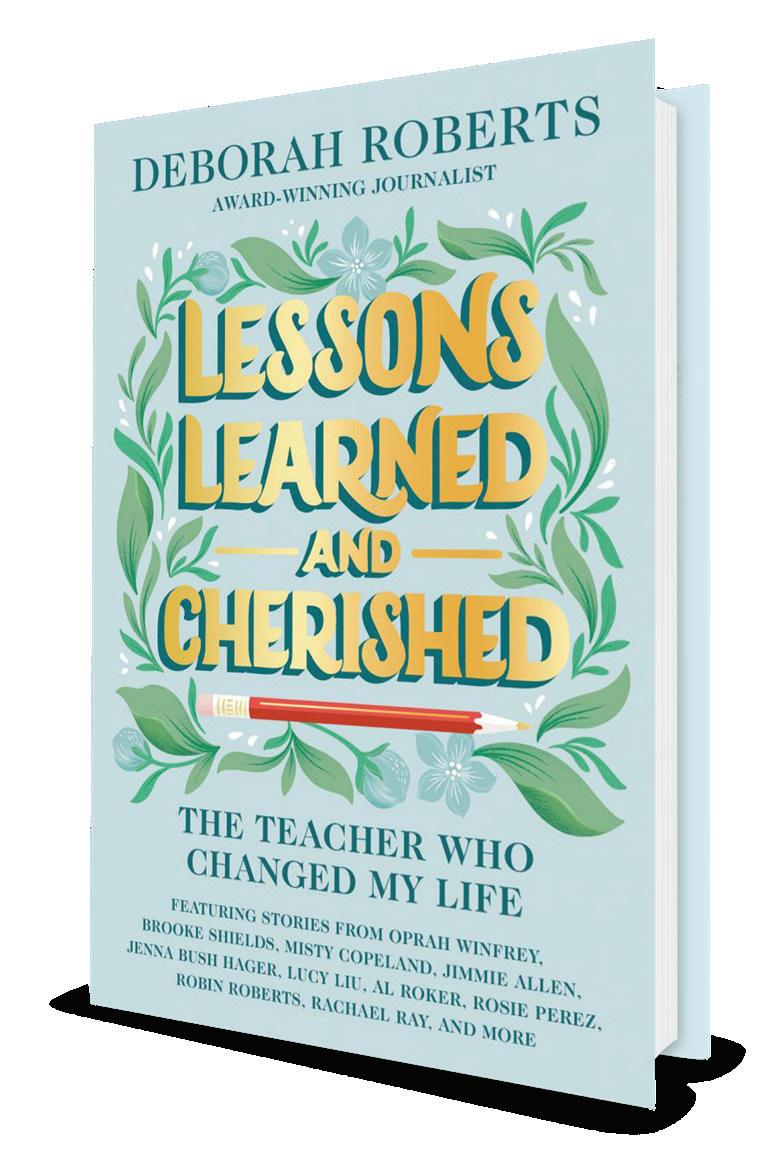
“A book I found very insightful is CEO Excellence: The Six Mindsets that Distinguish the Best Leaders from the Rest. I’m always leaning into my learning mindset to grow my skills and perspectives. I found this book extremely educational.”

“I recently reread Doris Kearns Goodwin’s No Ordinary Time a classic about the relationship between Franklin D. Roosevelt and Eleanor Roosevelt and how our nation was changed as they steered it through The Great Depression and World War II.”

“I recommend The Five Temptations of a CEO by Patrick Lencioni. I refer to it in mentoring leaders. I’ve seen leaders, particularly senior executives, fail by prioritizing status over results or choosing popularity over accountability.”

Area business leaders tell us about the first set of wheels they owned.
“My first car was a used, dark green, 1974 Mustang hatchback with a manual transmission that I bought for $1,100 during college. I added a cassette deck so I could blast Bruce Springsteen and Jackson Browne tunes. It survived many college road trips.”
ROBERT ROUGH Managing Director, Telos Capital Advisors“It was a brand-new Ford Maverick off the showroom floor. I earned my own down payment and made all my monthly payments with my babysitting jobs and Pizza Hut job. I was only 16 years old.”
“Shoe Dog is an amazing success story of someone who has passion for something. Obviously, his was track and field, and he wanted to get better. He then turned that into Nike, which is one of the greatest brands of all time.”

“Shantaram by Gregory David Roberts is filled with adventure and a range of characters from slum lords to humble, happy locals. The description of the country—its smells and sounds—were vivid, and the characters had so much depth.”

“Factfulness: Ten Reasons We’re Wrong About the World—and Why Things are Better Than You Think uses the power of critical thinking to objectively evaluate the real progress humanity is making at the intersection of education and technology.”
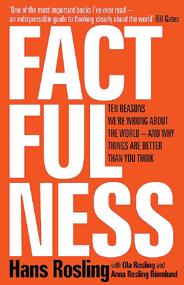
“Growing up in a farming community, I learned to drive when I was 12 years old. The first car I drove was a 1978 Ford F-250 with a four-speed manual transmission. I needed a boat cushion to see over the windshield, and I could barely reach the pedals.”
SETH TEPLY President and CEO, U.S. and Canada, Tetra Pak“I used to drive my aunt’s Buick from Dallas to Houston on Interstate 45 when I was about 14 years old. The car had no seat belts. My aunt taught all the kids to drive at an early age. I purchased my first car on my own from a used car lot in Austin. It was a Buick.”
KARLA SMITH Executive Vice President, SRS Real Estate Partners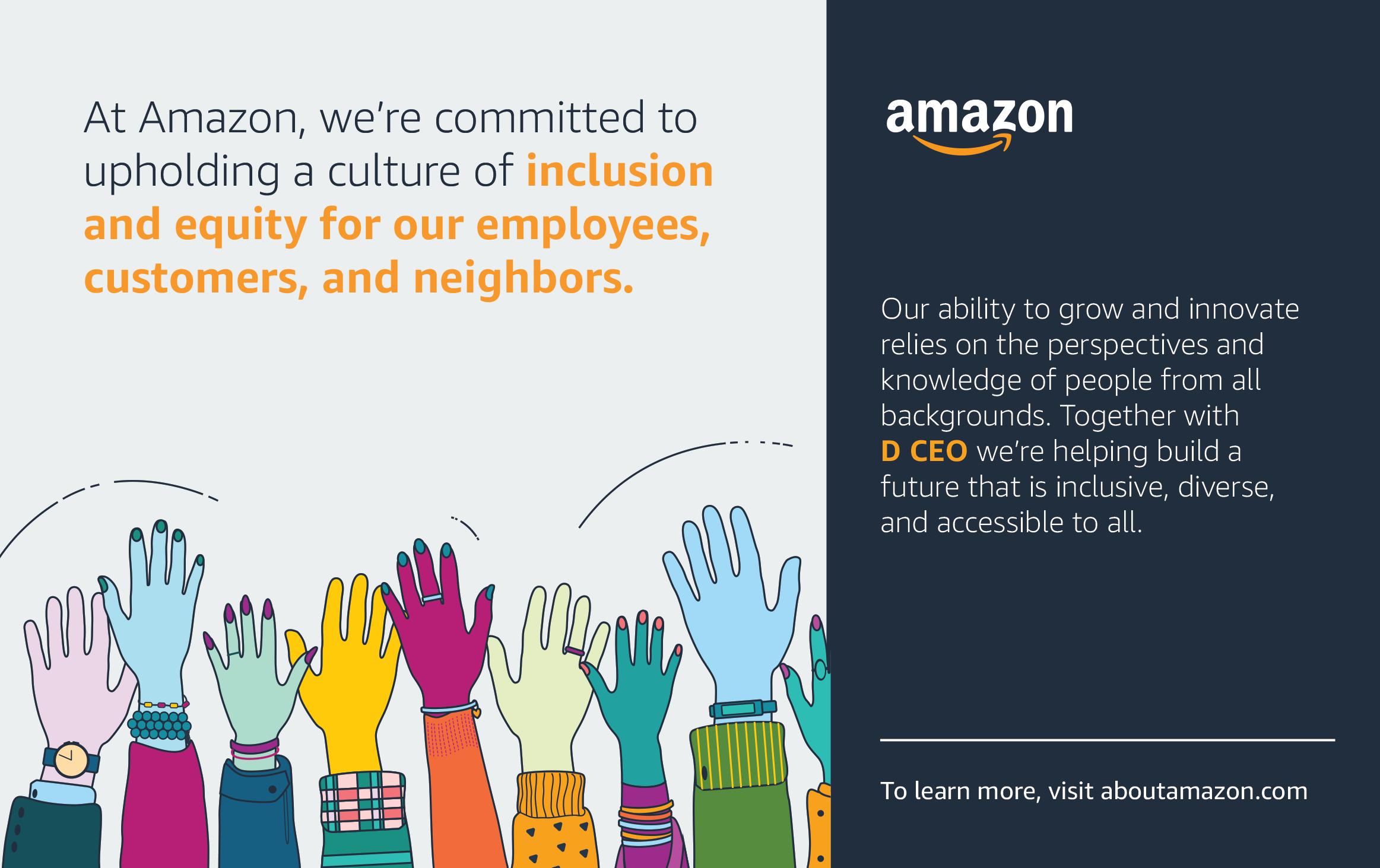

The resort offers casitas ranging from 500 to 1,000 square feet and luxurious suites up to 3,000 square feet.



The desert oasis, Ryan Chairman and CEO Brint Ryan’s second home, offers exceptional golf and hiking adventures.

offer beautiful, expansive views of the Valley of the

Be sure to try the grilled octopus at Talavera, the property’s elevated steakhouse.

Stop by a shaded table at Saguaro Blossom for some poolside civeche, kale salads, and burgers.

STRONG START
The breakfast specialties at onproperty restaurant Proof include the avocado toast and lox and bagel.
as i stick my tee shot 20 feet from the flagstick on the 220-yard downhill, downwind, par 3 at the 16th tee on Troon North’s Monument Course, I cannot help but marvel at the vast desert that stretches from Scottsdale to Flagstaff, Arizona. With two 18-hole courses (Pinnacle and Monument) meandering through Arizona’s Sonoran Desert, Troon North is an impressive property inside the golf haven that is Scottsdale. My favorite hole on the grounds is the Monument course’s namesake—a 500yard, par five with a large rock in the middle of the fairway dubbed ‘The Monument.’ The hole doglegs to the right and caters perfectly to my natural fade but forces me to rein it in: too much fade means hitting the ball straight into the desert terrain.
After wrapping up my golf game, I return to the Four Seasons Resort Scottsdale, where my wife and I are lodging. We enjoy relaxing in one of the luxury property’s 1,000-square-foot, one-bedroom Oasis Plunge Pool Suites. Equipped with a large porch, outdoor television, plunge pool, soaking tub, and an al fresco garden shower, the room is indeed a desert oasis.
When it’s time to refuel, any of the property’s dining options offer flavorful eats. For classic comfort food, visit Proof. We start dinner with
twice-baked potato wedges and the shrimp tostada. My wife orders the Paccheri Pasta, which features wild mushrooms roasted to perfection. I choose the Bulleit Glazed Baby Back Ribs and pair it with Proof’s signature Barrel Aged Bulleit Bourbon Old Fashioned—an iconic Western combo that reminds me of John Wayne, who owned several ranches in Arizona.
The resort’s signature restaurant is Spanish steakhouse Talavera. Open only for dinner, the venue’s grilled Spanish octopus is a musttry—but first, make sure to capitalize on the build-your-own gin and tonic bar. For the main course, the duck breast is delicious, as is the roasted jidori chicken. For a sweet finish, there’s no better way to cap an evening than with the cinnamon churros and sorbet.
I return to the golf courses for a second outing under the valley sun, then make my way to the spa for a well-earned Golfer’s Massage. Via stretches and pressure point relief, the treatment recharges the body for a golfer’s next round. The massage incorporates heated golf balls—similar to a hot stone massage—for lighthearted but impactful, muscle tension relief. It’s an essential treatment for anyone spending multiple long days on the links.
If outdoor relaxation is your preference, choose the property’s desert bathing experience, which begins with intention-setting and then moves into a Zen hike through the foothills with meditative yoga poses along the way. It finishes with aromatherapy and a recentering session back at the spa.


After the peaceful walk through the foothills, an abundance of delectable comfort food, and the luxurious spa recovery, it’s almost as if my last day’s bogey-bogey finish on the Monument Course never happened. Almost.
Tax services leader Brint Ryan bought a retreat in Scottsdale, Arizona, in 2018, making the destination in the high Sonoran Desert his family’s second home. He isn’t much of a golfer, but he does enjoy the area’s hiking. “You have to hike Camelback—the top part is more like rock climbing,” he says. “The environment is gorgeous, and the cacti are in bloom during the spring.” Just down the road from the Four Seasons Resort Scottsdale, Ryan says, is a good beginner’s hike. “At the Pinnacle Peak Hike you can see the entire valley from the top.” Once back in Scottsdale, Ryan suggests eating at The Greene House. His go-to is the Jalapeño Inferno, which, he says, has “hatch green chili street tacos that are to die for—but they will light you up.”

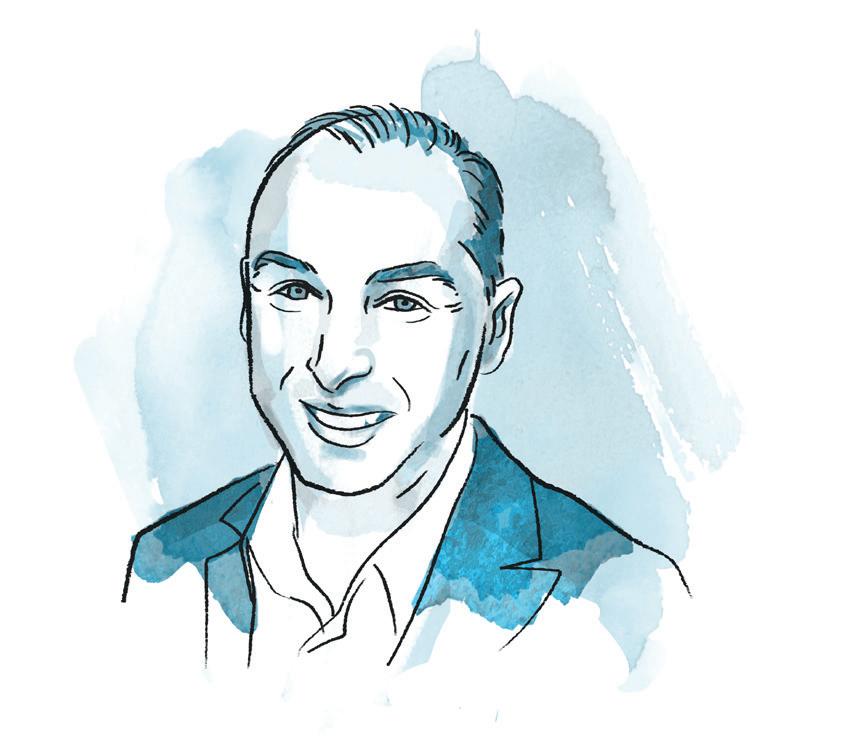
irakli “bb” jorjadze grew up in the Eastern European country of Georgia, which was under the control of the Soviet Union for much of his childhood. After the USSR dissolved, Georgia declared its independence in 1991. Here, the GM of Invited’s Constellation Club and Tower Club Dallas opens up about his war-stricken early years. “My family was originally a royal family of Georgia, but in the early 1900s, when the Georgia revolution happened, my ancestors fled the country. My father’s great-grandmother stayed, and the family continued with her, no longer ruling a monarchy. Fast-forward to the ’90s; then an independent country, Georgia breaks out in a civil war, the economy goes sour, and we lose electricity for months. I used to steal electricity from hospitals and subways and run a wire all the way to our house and neighbors’ houses. We
were lucky to even have water some days. Just to get a loaf of bread, we had to stand in bread lines for three days. During this war, my high school and the entire neighborhood surrounding it burned down. I thought to myself, ‘Life is all about survival now.’ When you’re obligated as a young kid to stop riding a bike when you’re 11 and instead run with guns, you grow up fast. In 1995, when I was 17, it became my year to apply for an opportunity to spend my senior year of high school in the United States. I was blessed to be chosen. I briefly went home for three months after high school, but then I came back to the U.S. and didn’t see my family again until was 31.”

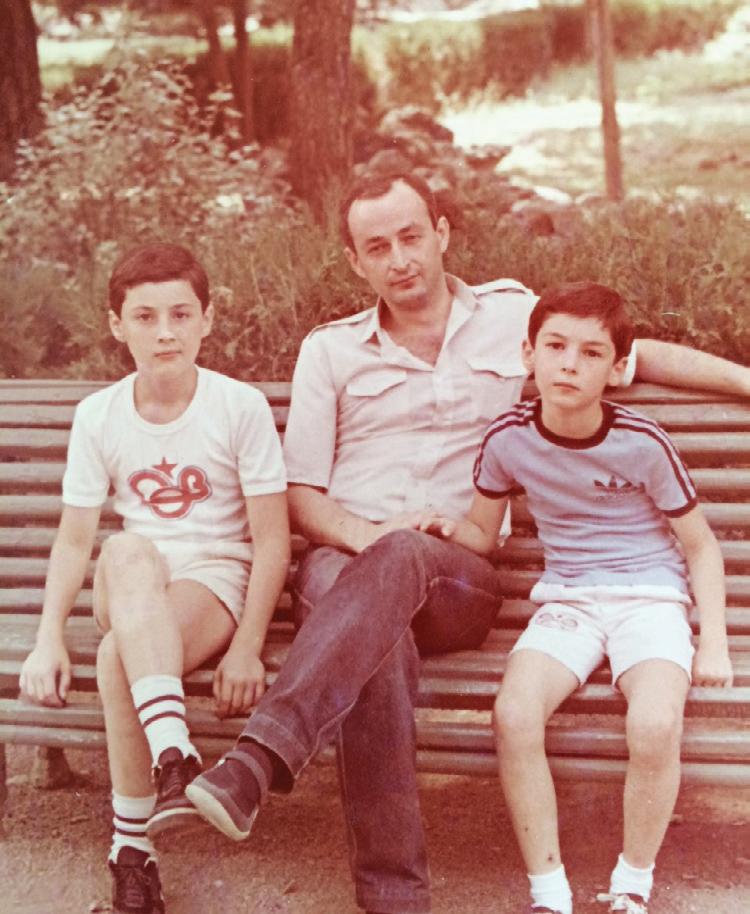



























Despite many challenges facing the industry, the education, innovation, and diversification in DFW’s healthcare market has never been stronger.
 TCU’s Innovative Medical Curriculum
TCU’s Innovative Medical Curriculum
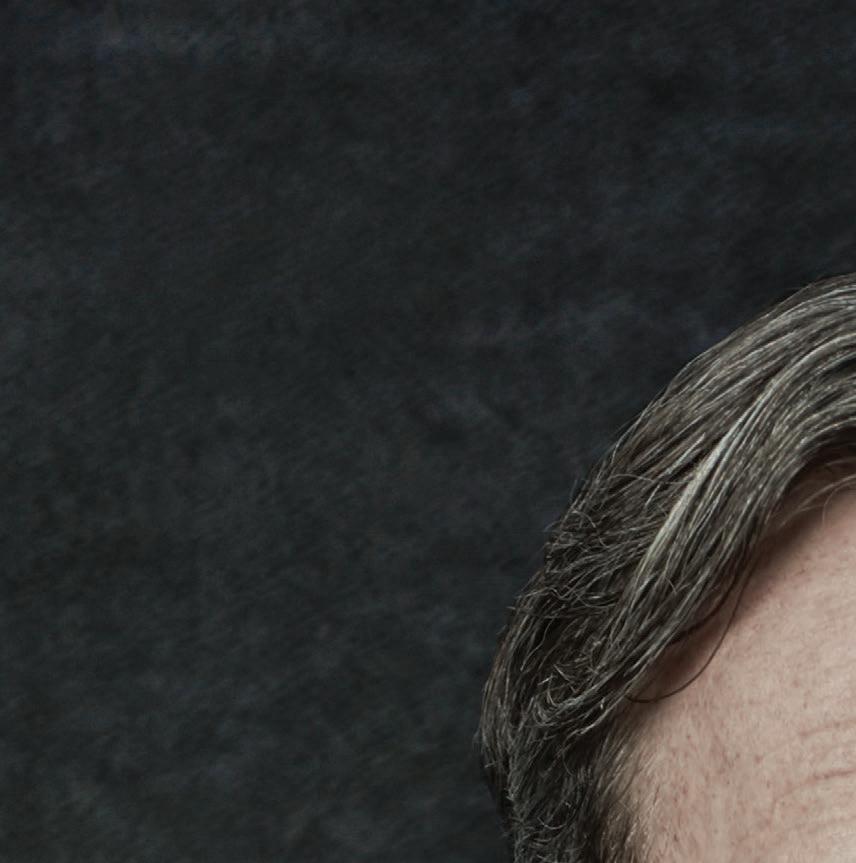


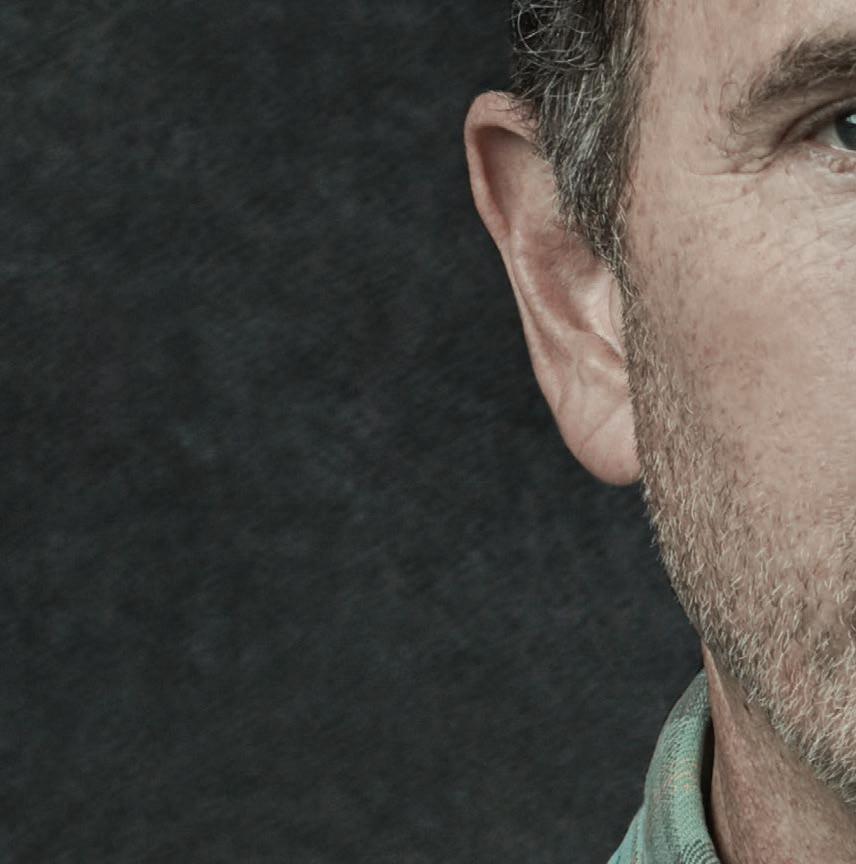













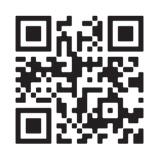
In an industry beset by societal and financial challenges, healthcare continues to innovate.
healthcare is, at its heart, an optimistic industry. To enter the profession, one must believe in his or her ability to help make people feel better or prevent them from getting sick in the first place. Even in the face of the most daunting odds, those in the healthcare industry approach problems with hope and belief that they can make a change for the better. This attitude makes my job covering the North Texas healthcare industry endlessly interesting and fulfilling.
My mother is one of the best exemplars of this attitude. A nurse in Austin, she works in a psychiatric emergency room where people go when they are having a mental health crisis. Because of societal forces outside her control, a good portion will never reach what most of us would call a stable life. Even in the face of daunting challenges, she continues to do the best she can to help stabilize and treat these patients.
In this year’s D CEO Health Care Annual, we have several stories that showcase the resilience and belief in medicine. First, we have a profile on Dr. Dale Okorodudu (Page 80), a UTSW pulmonologist who spends his free time tackling the lack of diversity in medicine.

Even though there has been an erosion of trust in the medical profession and ever-present burnout, the Burnett School of Medicine at TCU graduated its first class this year. Our story examines the school’s innovative curriculum (page 84).
Lastly, our panel discussion is about the hospital of tomorrow, where industry experts give their thoughts on what is next for hospital design (page 88). Even after a year where half of all Texas hospitals lost money, the industry continues to look forward and innovate to better care for its patients. That’s the resilience of healthcare.
DEVOTED DOC Dr. Dale Okorodudu is on a mission to diversify the physician workforce. While barriers remain, progress is being made.
MIXING THEORY AND PRACTICE

Anne Burnett Marion School of Medicine at TCU graduated its first class under a unique curriculum.
THE HOSPITAL OF TOMORROW
Industry leaders discuss what’s now and what’s next in healthcare design and construction.
Will Maddox Healthcare Editor
What is “unhealed trauma,” and what are the signs?
Unhealed trauma is an individual’s internal experience of traumatic events that have not yet been processed in a healthy way. Signs of unhealed trauma can include hypervigilance, increased anxiety and feelings of panic, recurring patterns of dysfunction in interpersonal relationships, and myriad physiological ailments. In fact, survivors of trauma have a higher likelihood of medical ailments, such as heart disease, diabetes, and addiction.
Is it appropriate for a company to address mental health with employees?
Companies should take a position of support when it comes to addressing mental health with employees. Reminding employees of resources available to them, such as Employee Assistance Programs (EAP), mental health counseling through their health insurance, as well as any mental health days the company offers, could assist in linking struggling team members with the appropriate tools.
Can a past negative work experience be considered unhealed trauma? If so, what is the danger of carrying that over?
A past negative work experience could be considered an unhealed trauma in certain circumstances—particularly if the past environment caused damage in other areas of the employee’s life, such as a demotion which resulted in a loss of pay or being forced to switch to a new team which caused a loss in valuable relationships. Employers can help with this by asking pointed questions at onboarding such as “What worked at your past job and what did not?” or “Tell me about a work environment you’ve had where you’ve felt supported?” These are indirect ways to begin the conversation of what they’ve experienced in the past that they might be bringing into their current work situation.
What are professional/workplace signs an employee may have unhealed trauma?
An employee who has unhealed trauma may be disconnected from colleagues and/or be resistant to bonding with new coworkers, actively create toxicity within a team, or exhibit signs of unwarranted self-deprecation regarding their work performance. Conversely, an employee may never exhibit outward signs of unhealed trauma, so it behooves leadership to actively engage team members individually to keep a pulse on their current experience.
What are some services and offerings a company can have in place for employees to care for mental health issues?
The first and most important service a company can offer employees as they work through mental health issues, including unhealed trauma, is to offer an alternative experience than what they have experienced in the past. Direct supervisors and upper management have an amazing opportunity to be a part of an individual’s healing journey by offering a healthy and positive experience that challenges the negative one they experienced in the past. In addition, companies can offer peer support and mentorship programs that can give employees access to a safe space both at their level and above.
Catherine Richardson is a licensed professional counselor in Texas. In her clinical career that spans more than a decade, Richardson has participated in and led teams in various capacities, including clinical quality management, performance and compliance, risk management and crisis intervention and diversity, equity, and inclusion. In her work as therapist, she specializes in childhood trauma and play therapy, particularly enjoying her work with parents of traumatized children. Outside of work, her passions include history, yoga, trying every cuisine known to man, and globetrotting with her husband and two sons.


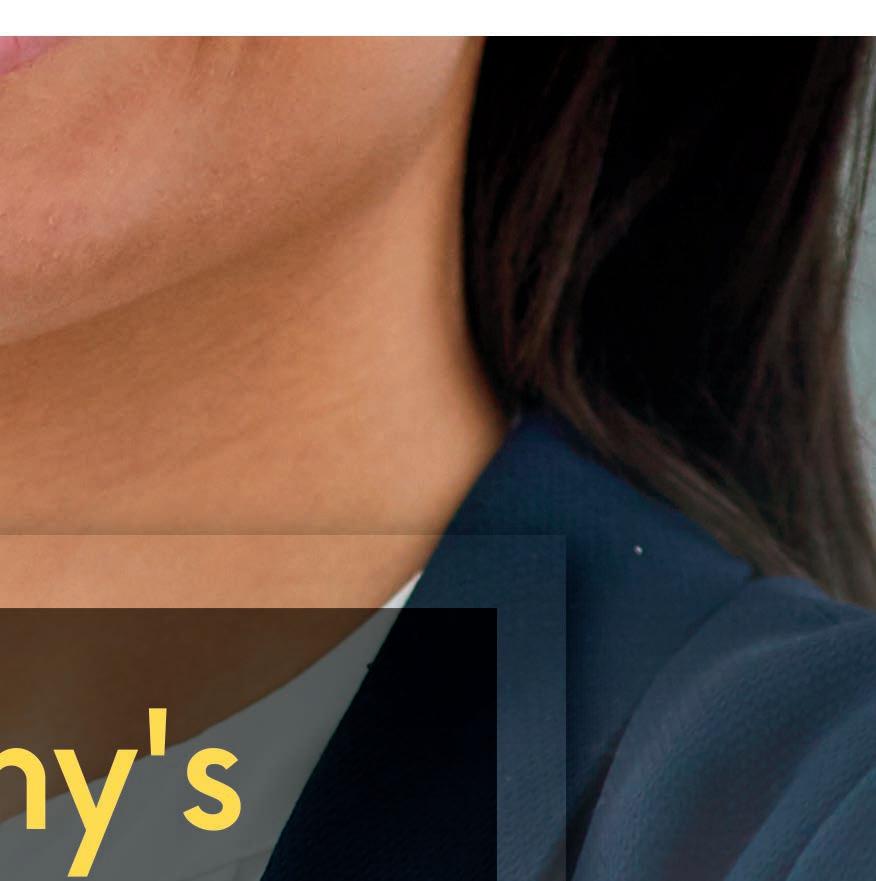


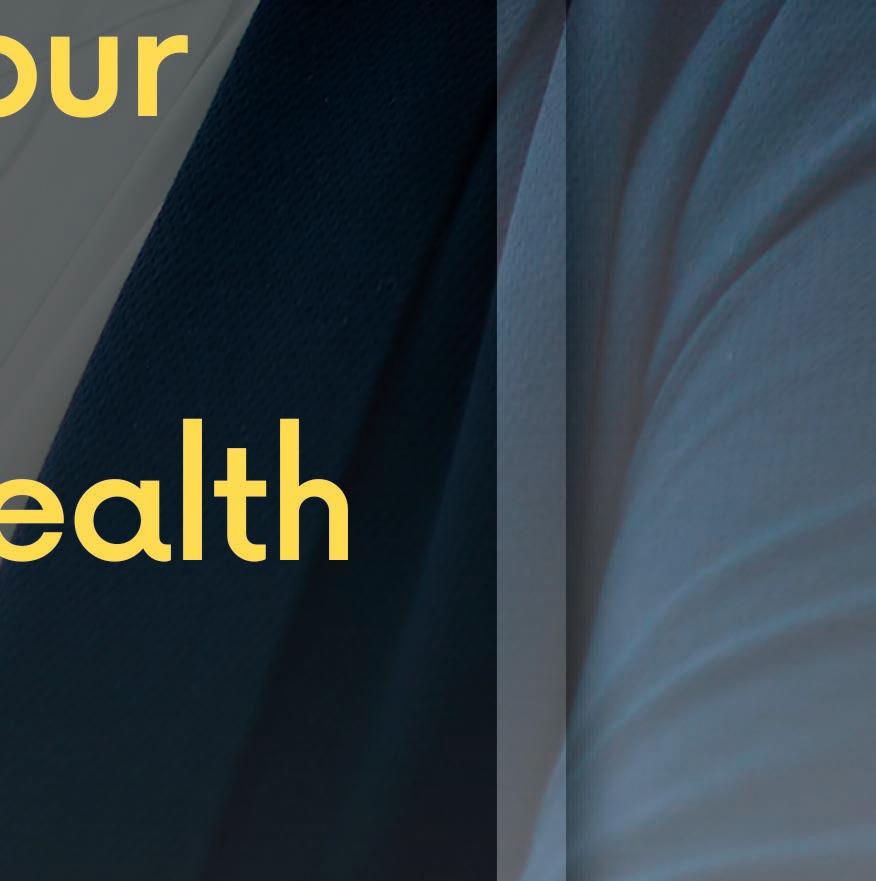

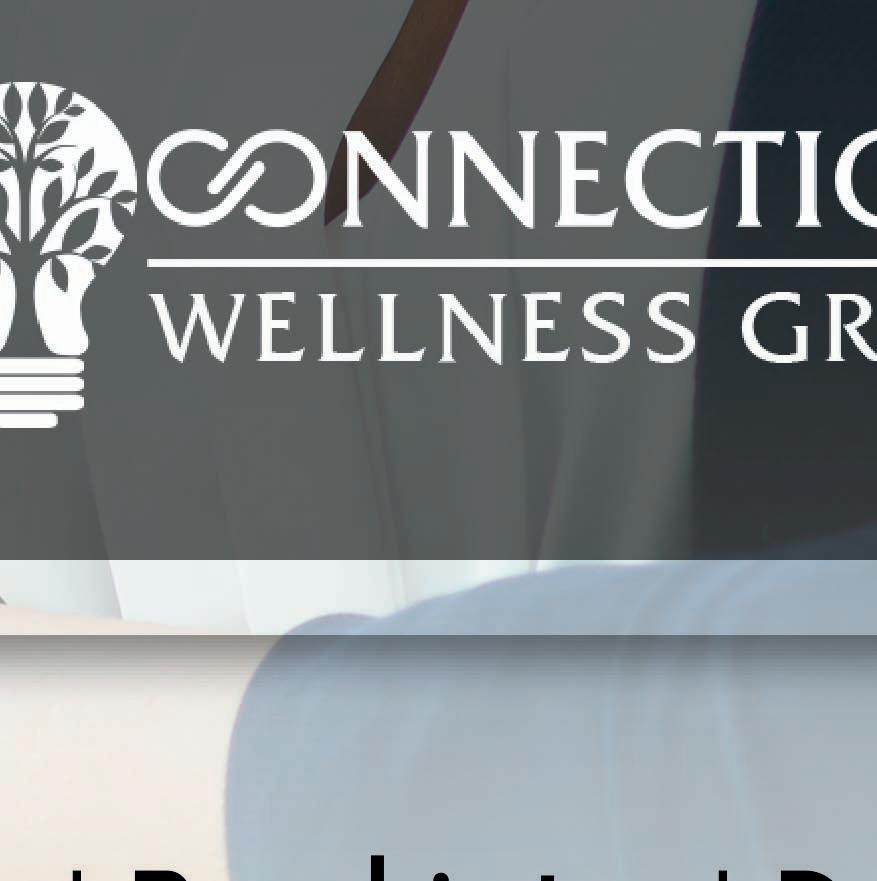
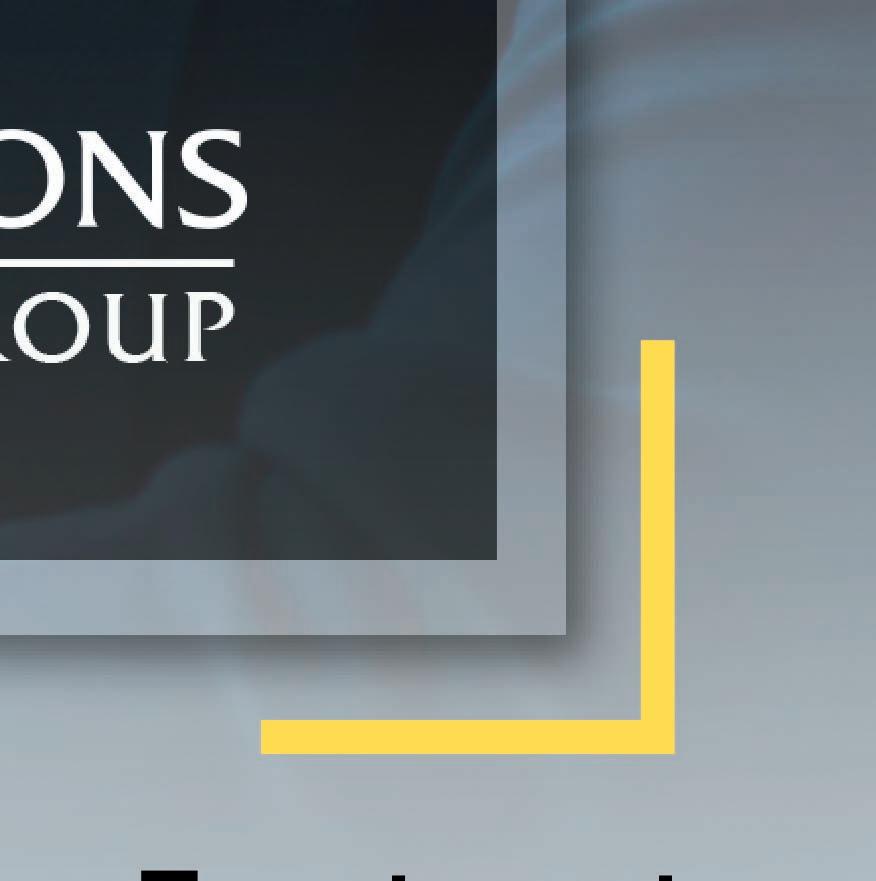
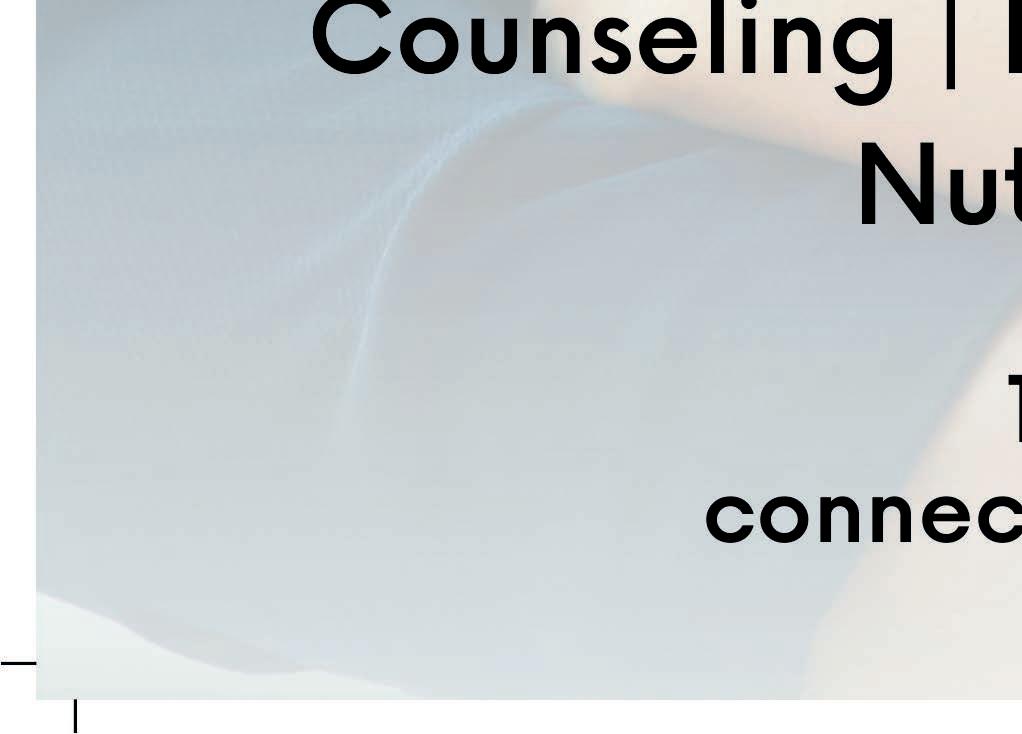


Well beyond borders.
There’s no connection like the one to those who keep us safe and secure. That same bond is why Blue Cross and Blue Shield of Texas members know they can depend on a partner to be there... always encouraging us toward a healthier tomorrow. Whatever your state. Wherever the journey.

When it comes to your health, it’s only natural to want the best.
UT Southwestern has been named the #1 hospital in Texas* and one of the top 20 in the U.S. because we deliver on that promise. Eleven of our specialties are ranked among the nation’s best. And for seven years now, we’ve remained the #1 hospital in DFW.
Driven by a deep commitment to our community, UT Southwestern is advancing science and medicine so you can feel confident the best health care is right here when you need it.


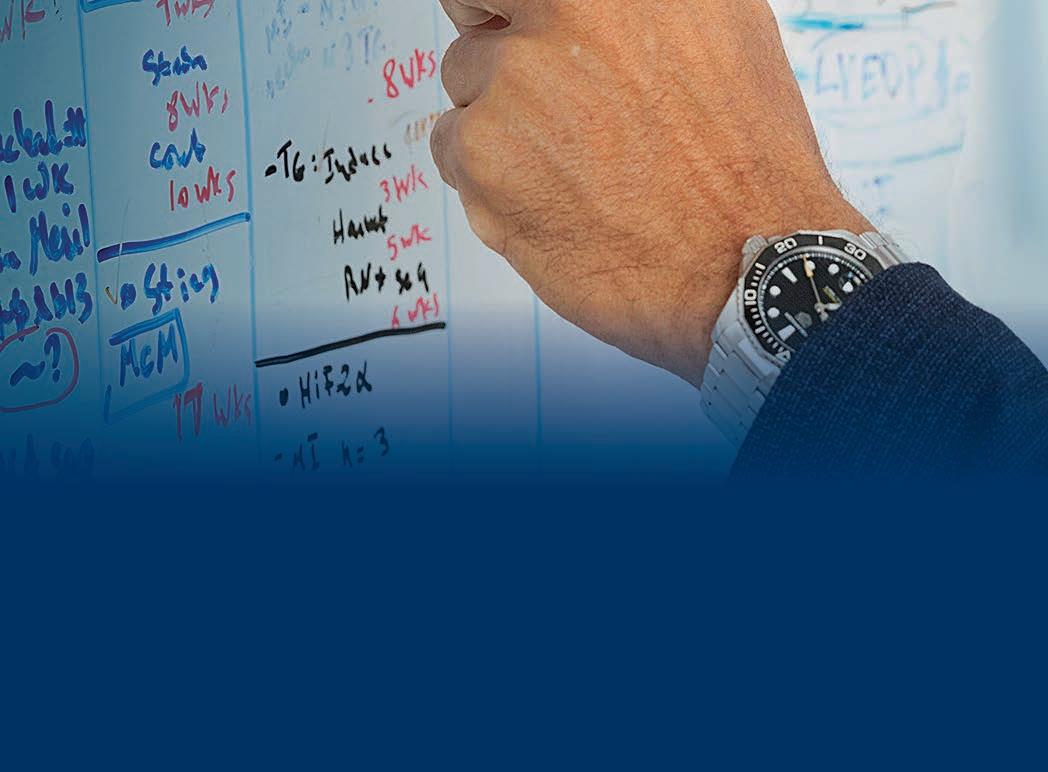


Finding answers, changing lives. That’s what we do every day.

Nationally ranked in:
Cancer
Cardiology, Heart & Vascular Surgery
Diabetes & Endocrinology

Gastroenterology & GI Surgery
Geriatrics
Neurology & Neurosurgery
Obstetrics & Gynecology
Otolaryngology – Ear, Nose, Throat
Pulmonology & Lung Surgery
Rehabilitation
Urology
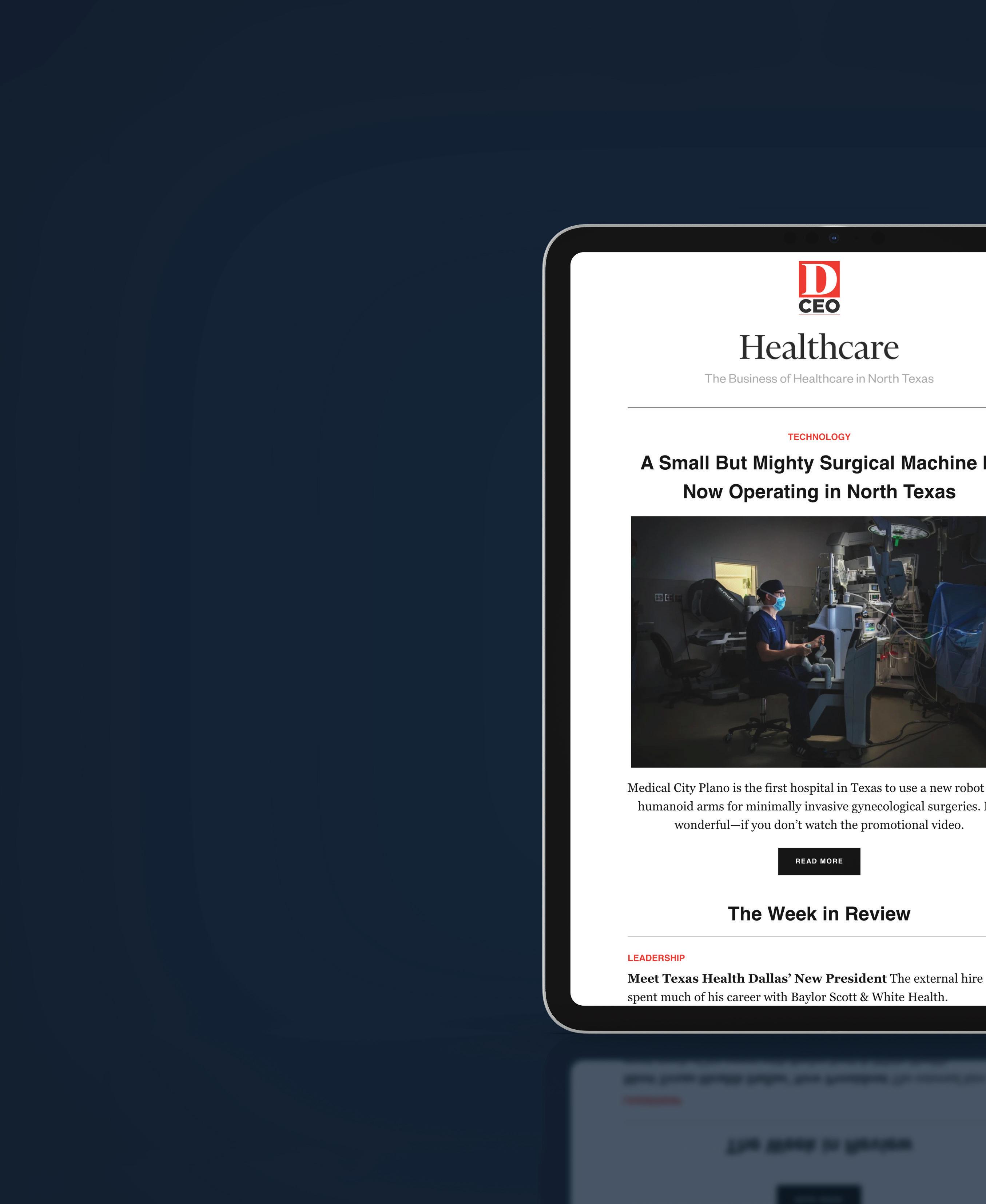


At Texas Health, we’re proud to say more North Texans choose us than any other health care system. From heart and vascular care to coughs and colds, we’re dedicated to giving you more ways to access your health care than ever before. With our ever-expanding hospital and urgent care locations to our video visits and at-home care options, we’re dedicated to making your health care more convenient so you can spend less time on figuring out your health care and more time on what matters most. That’s how Texas Health cares more.

What is unique about pediatric sports medicine?
Children and teenagers currently have more opportunities to train and excel at high levels in a wider variety of sports than ever before. These activities lead to particular challenges as a result of repetitive stress on small and immature bones, cartilage, and ligaments. Injuries and conditions affecting these developing structures are often unique to children and very different than those seen in adults. Fortunately, specialized pediatric sports medicine experts now research and treat these conditions.
Can you explain what makes Scottish Rite for Children a great fit for the care of a young, growing athlete?
Treating children and teenagers 100% of the time, our fellowship-trained pediatric sports medicine experts also specialize in pediatric orthopedics. As a result of our high volume of specialized care and research, we are consistently ranked as one of the top programs in the country. Our multidisciplinary team works together to surround a patient with complete and comprehensive care.
In addition to participating in national multicenter prospective study groups, Scottish Rite for Children has more than 240 active research studies with resultant innovative surgeries and technological advances to treat growing patients.
• Collaborate on specialized care, learning what motivates athletes to work toward their performance goals.
• Have experience with rare injuries, like osteochondritis dissecans and ulnar collateral ligament tears, as well as common ones, like ACL injuries and fractures.
• Engage before, during, and after surgery to achieve optimal outcomes for your growing athlete.
• Track athlete outcomes and adjust surgical techniques and rehabilitation accordingly.
Your young athlete’s body is still growing, making injuries and treatment strategies different than those in adults. We provide a comprehensive assessment, treatment, and expert advice for growing athletes with injuries and conditions that affect sports performance. We use special equipment and technology to find and correct techniques and mechanics to improve and refine sport performance. Our fellowship-trained sports medicine specialists have additional training that enables them to get kids moving and back on the field again—not just for one season but for as long as they desire. We offer comprehensive care and treatment through:
• Sports surgery
• Sports medicine primary care
• Sports physical therapy
• Athletic training
• Sports motion analysis
• Sports nutrition education
• Pediatric psychology care
• Athlete development
• Return to sport bridge training
ABOUT THE EXPERT: Philip L. Wilson, M.D., is an assistant chief of staff, director of the Center for Excellence in Sports Medicine and a pediatric orthopedic surgeon at Scottish Rite for Children. Dr. Wilson also serves as the medical director of the North Campus. He is a professor at UT Southwestern Medical Center and provides orthopedic trauma coverage at Children’s Medical Center of Dallas.
With the best pediatric orthopedic experts in the world on staff at Scottish Rite for Children, talented athletes like Myson never have to settle for standard care. We don’t chase the standard. We set it — for ourselves, our peers and our patients. scottishriteforchildren.org
 portrait by SEAN BERRY
portrait by SEAN BERRY
 story by WILL MADDOX
story by WILL MADDOX

to diversify the physician workforce to benefit all patients. While barriers remain, progress is being made one conversation at a time.
Dr. Dale Okorodudu is on a mission


Dr. Dale’s nonprofit provides communal support to those looking to enter the medical field.
Before launching Black Men in White Coats, Dr. Dale Okorodudu founded Diverse MedicineInc. in 2011.
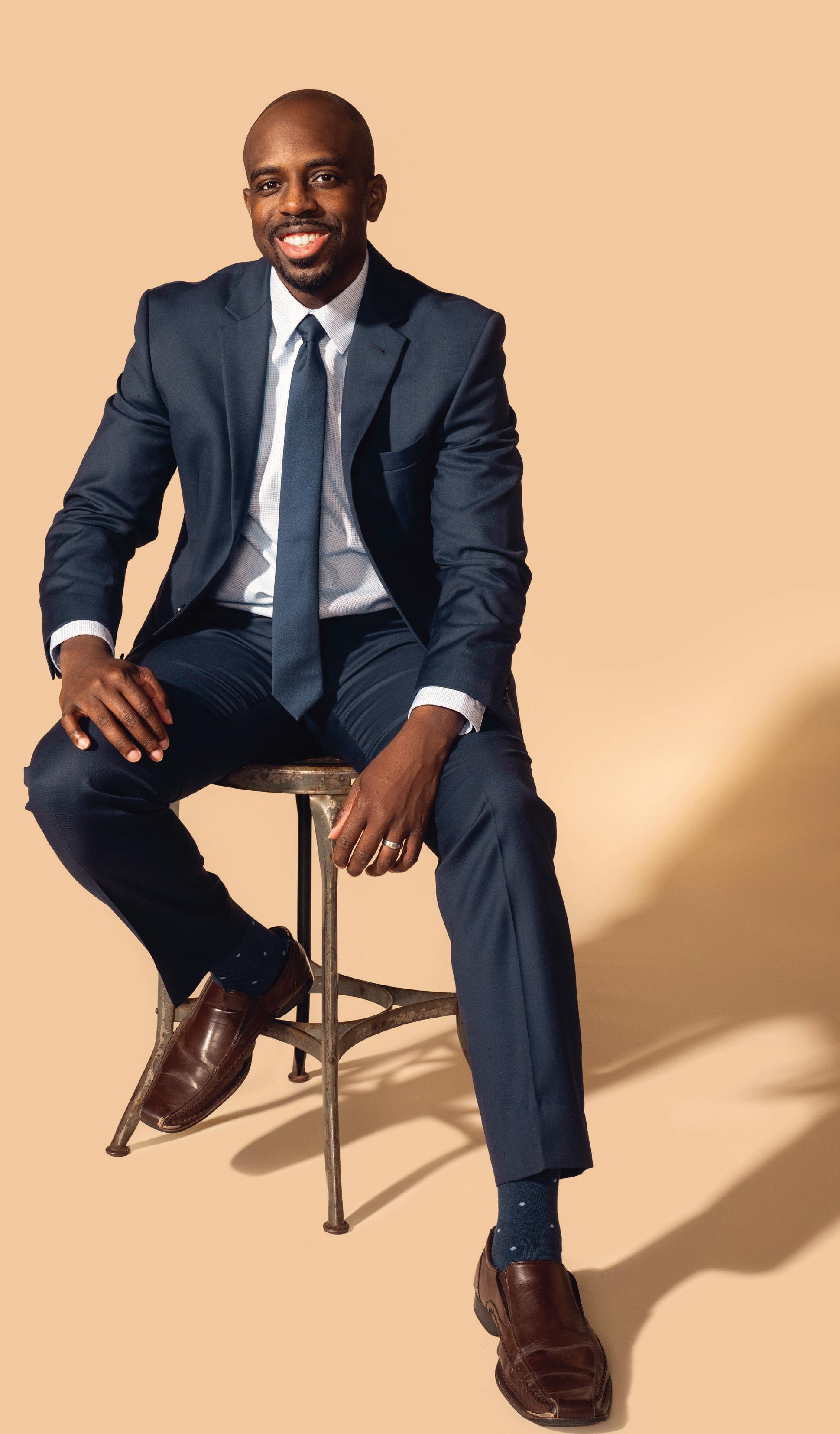
The nonprofit’s goal is to increase ethnic and socioeconomic diversity in the field of medicine. In the decade-plus since being launched, it has organized mentorship opportunities for underrepresented students, hosted clinical case series where high school students meet to solve a medical case, youth summits, and MCAT preparation.
Providing support and community for ethnically diverse students is critical to increasing the number of doctors of color in the United States. Dr. Dale has long been moved to have an impact beyond his interactions in the exam room and feels called by both his talents and his faith to give back and help others join him to practice in medicine. “None of this was planned,” he says.
“If I see a problem and I have a solution for that, I want to be able to realize my gifts of vision and problem-solving.”
OKORODUDU NEVER FORGOT THE TIME HE was asked if he was studying to be a drug dealer. Dressed in sweats and a hoodie, he was a college student on a plane to a cousin’s wedding in Chicago when an older woman sat beside him. She spent the next two hours criticizing how he dressed and spoke, letting him know he would never amount to anything if he continued down his current path. When he got out his chemistry books to knock out some studying, she asked if he was studying to be a drug dealer.
He says he responded as amicably as possible but “went into his own little world” and counted the seconds until he could get off the plane. He remembers talking to his parents, who immigrated to the U.S. from Nigeria, about the experience. It was a seminal moment for him. “I thought, ‘Wow, people look at us and judge us completely on how we look.’ I want to do something about that.”
What the woman on the plane will never know was that she was sitting next to a future pulmonary and critical care physician who would go on to earn undergraduate and medical degrees from the University of Missouri. She will never know that he’d go on to be a resident at Duke University, earn a fellowship at UT Southwestern, and practice today as a triple-boarded pulmonologist, critical care physician, and internist.
The interaction on the plane was not the first or last time Dr. Dale (as he is known) experienced overt racism, and he persevered to become an excellent physician, a worthy goal for most people. But securing his own future was never going to be enough. Dr. Dale has spent more than a decade advocating for diversifying medicine, authoring several books, and founding numerous organizations to get more people who look like him in medicine.
To that end, Dr. Dale is featured in, and executive-produced, a documentary called, Black Men in
White Coats, released in 2021 to create awareness about the lack of diversity in medicine. The documentary shares stark truths that reveal the depth of the issue. More Black men were applying to medical school in 1978 than in 2014, and today just four percent of physicians are Black, although 13 percent of the country is Black. A 2021 study found that the number of Black students applying to medical school had stagnated in the previous decade. There are several medical schools in the country without any Black men in their classrooms and lecture halls, meaning the discussions and educational experiences of those training to be doctors is missing a key demographic—and all the life experience that comes with being Black in America.
In the documentary, dramatic music plays over a message that hits home in Dallas: “We need more Black men in white coats because we need to save the lives of more Black men.” The statistics support the assertion in the film. The life expectancy range in Dallas ZIP codes shines a light on the disparity. Locallly, the average ranges from more than 90 years in some areas of Dallas to 67.6 years in ZIP code 75215, which is 67 percent Black.
A Black doctor treating Black patients has numerous advantages. It increases the trust between the long-marginalized Black communities and the healthcare system. It provides a model for young Black patients about a career option that hadn’t been on their radar—which is one of Dr. Dale’s major focuses. Communication style, shared experiences, and community involvement are other ways Black doctors can achieve better outcomes with Black patients.
And now data is proving what many have been anecdotally saying for years. An April 2023 study published in JAMA Network Open found that every 10 percent increase in Black primary care physicians in a county increased life expectancy by one month for Black patients. More Black physicians in a region also reduce the gap between life expectancy for White and Black Americans, which currently sits at six years nationwide. Armed with statistics like this and others, Dr. Dale has made it his mission to do all he can to make medicine more diverse.
Dr. Dale grew up outside Houston, one of four children with immigrant parents who told him medicine might be a good option for his future but didn’t force him into the field. Whatever he chose, he was likely to be a leader, says his older brother Dr. Daniel Okorodudu, who’s also a physician in Dallas and helps run Black Men in White Coats, a brand that shares the name of the documentary. “Even when we were younger, when Dale spoke, we listened,” Daniel says. “He follows through on things.”
Dr. Dale founded Black Men in White Coats in 2013, long before the JAMA study came out. The problem was one he identified throughout his medical education, where he was often one of the very few Black men in his classes or medical education cohorts. “When I was in biology or chemistry or a pre-medical type of course, I would look around the classroom and see that there are not very many people that look like me,” he says.
Racial disparity exists in nearly every professional industry, but becoming a doctor requires an extraordinary ability to navigate several systems before landing a job. First, one must attend a high school that will prepare them for college and stand out enough at that high school to get into premed classes. Next, the student must excel in college, figure out how to navigate and take the MCAT, and pay for and apply to medical schools, which is followed by residency, fellowship, and working in the field. Navigating the path to medicine is exponentially more difficult without the money, connections, and mentors that White children in America are more likely to have.
“Matriculation to medicine is resource-intense,” Dr. Dale says. “How do you provide the resources necessary to compete to that point?”
This is where the documentary and his advocacy strategy come in. Since its release in 2021, the movie has been screened at dozens of medical schools nationwide to promote awareness about the need for more Black doctors. The organization also hosts youth summits, which aim to bring together Black physicians, educators, families, and community leaders to inspire kids to pursue medicine and lay the foundation for mentorship and networking.
But even if Black children believe they can be doctors, that won’t necessarily increase their MCAT scores or give them more time to beef up their resumes before applying to medical school. And Dr. Dale doesn’t want medical schools to let Black students in as charity cases either. A recent Supreme Court ruling will mean that public medical schools can no longer use affirmative action to increase diversity in their student population.
The organization’s tact is to speak with the medical school admissions department to help them redefine what they look for in prospective students. Every school wants the best future physicians they can get in their class, but Dr. Dale wants medical schools to rethink which skills, abilities, and life experiences will make for good physicians. “A lot of these individuals are being overlooked, and they are highly meritorious,” he says.
A patient likely doesn’t care how high their physician’s MCAT score was, but rather how hard they will work to solve their case, Dr. Dale explains. Is the physician resourceful enough to find the answer? Will they stop at nothing to achieve that goal? “That’s not defined by GPA,” he says. “That’s defined by what you have overcome in life to get what you want. Those skills are going to make your healthcare solution better; they are going to make your city better; they are going to make the country better.”
Daniel took notice of what he calls his brother’s superpowers at an early age. “He is very charismatic and has a way of galvanizing people,” says Dale’s brother Daniel. “He could do a lot of evil with his talents, but he truly cares about people.”
Dr. Dale is known both for his rapport with patients and his clinical acumen at UT Southwestern and the North Texas V.A. hospital—he divides his time between the two—and becoming a respected doctor a priority before expanding his influence. “He is a phenomenal physician, and he has this presidential demeanor,” says Dr. Carlos Girod, the associate vice president for Parkland health affairs at UT
Outreach efforts include a podcast and a dozen books.
Dr. Dale Okorodudu is writing a book about why the medical community needs more diversity and its impact on health outcomes. With a population that is only growing more diverse, he wants to ensure that underrepresented populations can be treated by a physician who looks like and has similar life experience as they do. That book will be his 12th. Another work is Black Men in White Coats: 100 Rules for Success!, in which he outlines his lessons learned as well as the eponymous podcast about how to overcome difficult circumstances on the way to being successful. Dr. Dale is a father of three and writes a juvenile fiction series meant to help parents introduce the idea of becoming physicians called Doc 2 Doc “The way Dale views life is not something to hold on to, but to pour into the people around him,” says Dr. Dale’s brother Daniel. “There are not enough hours in the day; I simply do not know how he accomplishes everything.”

Southwestern. Girod trained Dr. Dale as a fellow and says he looks up to him even though he is his senior by several years. “When he speaks, he commands the room with humble confidence.”
Black Men in White Coats has been operating during a time of progress, but the system is still years from true equity. According to the American Association of Medical Colleges, the number of first-year medical Black male students increased by an impressive 20.8 percent in 2021. Black students of both genders comprised 11.3 percent of matriculants, up from 9.5 percent in 2020. In 2022, the first-year Black male demographic increased by another 5 percent in the nation’s medical schools.
The statistics surrounding Black men in medicine are becoming more promising, but difficulties in patient outcomes and trust in the system remain. Dr. Dale faces these challenges every day in his time seeing patients. Black Americans have lived through experimentation on enslaved people, forced sterilization of Black women, and the infamous Tuskegee syphilis study, where hundreds of Black men were denied treatment for decades to allow doctors to track the disease’s progress.
Black maternal mortality studies and others show that Black patients are underrated for the pain they are experiencing and have caused rifts between the Black community and the healthcare system. A 2020 Kaiser Family Foundation survey found that seven in 10 Black Americans say the healthcare system has mistreated them, and 55 percent say they don’t trust it.
Overcoming generations of neglect and mistrust is a challenge Dr. Dale faces every day and one he believes can be improved by diversifying the workforce. He remembers one interaction with a Black patient who needed a procedure that the patient didn’t want to undergo. The patient did not believe the caregivers had his best interest in mind and was sure he was a guinea pig and that the doctors were going to kill him. Dr. Dale took the time to speak with the man, reassuring him that he understood the history and his concerns but that no one there was trying to kill him. “I was able to bridge that gap of misunderstanding based on the years of medical atrocities that have happened in the United States,” he says. “I’m here. I’m your advocate. We’re going to make sure that doesn’t happen.”
Moments like that, Dr. Dale says, demonstrate the power of Black Men in White Coats.



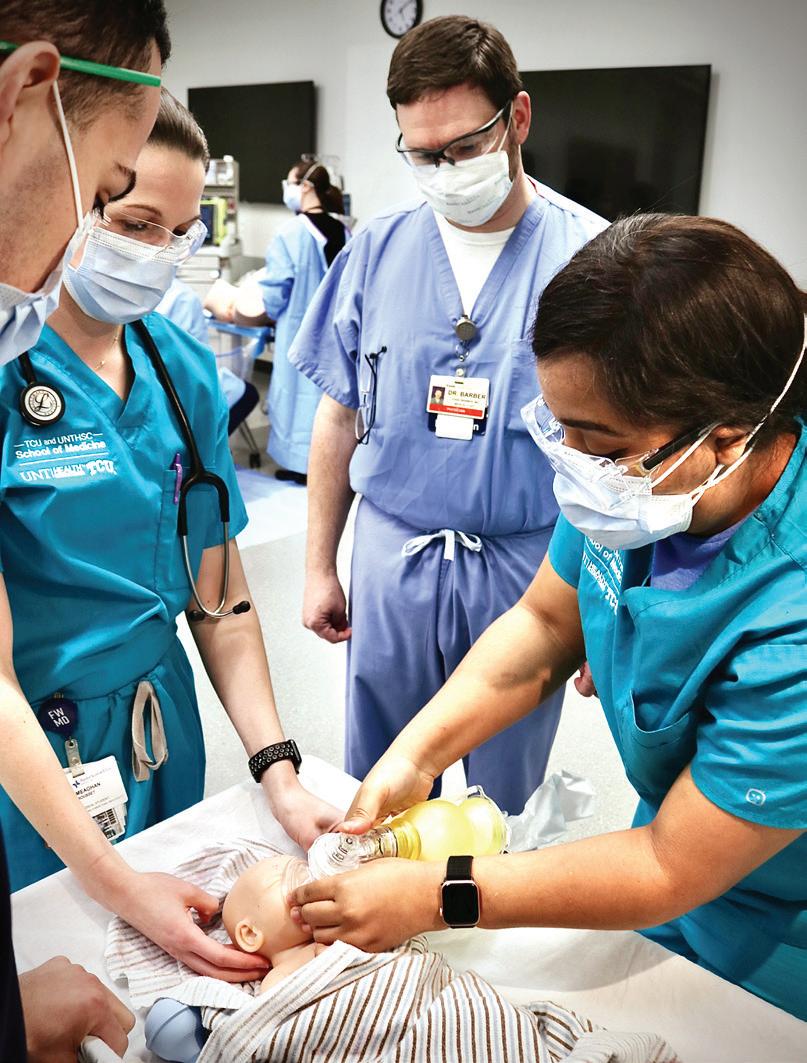

Anne Burnett Marion School of Medicine at Texas Christian University
graduated its first class this spring under a new curriculum model that integrates classroom learning with clinical application.

THE TIME IS OFTEN DIVORCED FROM ANY PRACTICAL application or reminders about how the Krebs cycle or embryology works in the human body—information that the future doctors may use daily upon graduation. Even before the pandemic, most medical students didn’t go to class in-person: They watched or listened to lectures at 1.5 speed, taking notes to be memorized later.
Once classes are completed, the students hustle through clinical rotations, working their way quickly through several different departments, where they experience an intense crash course in the workings of that system, then move on to the next.
These methods make up a pedagogy that misses the opportunity to get the most out of the bright minds who chose medicine over other career options because they wanted to connect with patients and help them feel better.
But a movement among medical schools is looking to make education more engaging, relevant, and applicable to the realities of medical practice. North Texas’ Anne Burnett Marion School of Medicine at Texas Christian University was founded on the principals of this curricular model, called a Longitudinal Integrated
Clerkship (LIC). The school’s first class of medical students graduated this spring and are now completing their intern years at residency programs nationwide.
The LIC is a growing curricular model that allows students to follow patients as they move through the health system, integrating classroom learning into a clinical setting. Rather than immersing students into one department for a few weeks during a clinical rotation, then never having them visit that department again, students at the Burnett School of Medicine distribute the same hours throughout the four years of medical school.
Dr. Jo Anna Leuck is an associate dean and professor at TCU who was educated in a traditional model but now teaches in a LIC environment. “I would do pediatrics for six weeks, and then I never did that again,” she says. “I only followed the inpatient, ivory tower academic version of medicine, which is just not how medicine works.”
At the Burnett School of Medicine, students spend a half day each week or every other week in a clinic or hospital, where they balance practical experience with classroom learning. In essence, the school takes the two years of classroom study and the two years of clinical experience in traditional medical education and integrates them, stretching the curriculum over all four years of learning.
TCU students have several 40-week rotations, where they build relationships with the preceptor and patients, following them from the clinic into the hospital and back. A student might start the day in a cardiac anatomy classroom learning environment, then move into the clinical skills class where the curriculum is designed to help them practice a cardiovascular exam. There, they can listen to the valves they read about that morning. Those skills and objectives are communicated to the preceptor, who can reinforce the learning by allowing student to practice on actual patients during their rotation, interweaving the theoretical with the practical.
“That’s how you get to see the different arenas of care, how communication works and doesn’t work,” Leuck says. “It is a richer experience. It’s harder to pull off and uses a ton of resources, but we feel like the juice is worth the squeeze.”
One of the school’s priorities is developing empathetic physicians, and the long-term relationships that students build with patients and professors throughout their studies provide ample opportunity to foster the empathy and bedside manner that helps create quality physicians. “Nothing makes the students’ eyes light up like the fact that we don’t make them sit in a classroom for two years,” Leuck says.
Putting together this type of curriculum and convincing professors and clinicians to do things differently isn’t easy. It requires a 1:1 physician-student ratio with hundreds of physician preceptors; lecture-style classroom learning goes out the window. The school only does interactive application sessions in smaller groups.
But the extra effort is already paying off. “When the students go away on their rotations, we keep getting feedback that there is a real difference, both in their clinical skills and communication and connection skills,” Leuck says.
For decades, medical school has looked something like this: the first two years is a grueling test of students’ ability to memorize massive amounts of biology and chemistry information that most of them may never use again, before quickly forgetting it to make room for what’s on the next exam.
And support for the new program isn’t just qualitative. Research from the National Institutes of Health has shown that LIC students perform as well or better than their traditionally educated peers. They have a more positive and satisfied attitude toward their educational experience and greater fulfillment of their expectation to create meaningful relationships with patients and families during medical school.
This year’s class at TCU sent 52 students to residency programs around the country, including prestigious programs at UT Southwestern, Stanford, Tufts, Vanderbilt, UCLA, Columbia, and more. “It was time to change the model, though others would roll their eyes,” says Founding Dean Dr. Stuart Flynn. “Four years after the student’s first class, nothing has collapsed around us, the model is standing, and we are improving on it.”
When most students apply to medical school, they look at where a school’s graduates are matched for residency. TCU’s medical school, which began with its first class of students in 2019, didn’t have the advantage of a match record or the ability to say, “Look where our graduates have ended up.” The program still attracted applications from across the country.
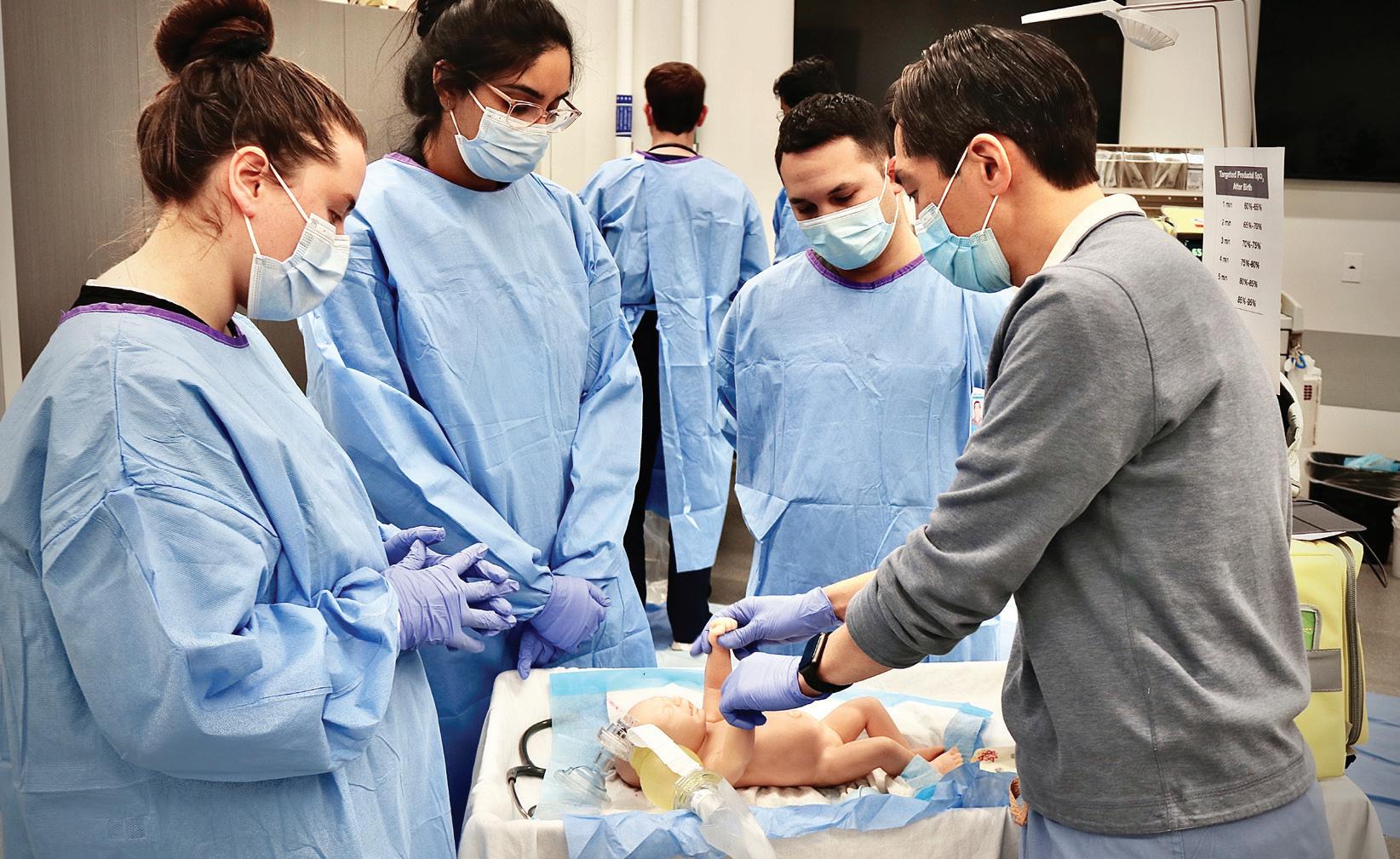
In the last couple of years, the school averaged around 6,500 applications annually for just 60 spots. Now, between the school’s appearance in the college football national championship (an event that is a boost to all the school’s programs, even medical school) and graduating its first class (one that created a match record) Interim Dean of Admissions, Outreach, and Financial Education Dr. Shawn Skeen says he expects that to increase.
The school’s focus on empathetic scholars is another draw for students. Research says that most medical students enter med school looking to help others, but the grind and curricular rigor of a program can defray that mindset. “The way we plan curriculum and the admissions process includes a strong sense of empathy, as well as how students will maintain that through medical school,” Skeen says.
In the end, a patient is more likely to remember whether the physician listened in a moment of crisis than their doctor's board exam score. The last few years haven’t been the easiest for physicians. Between the pandemic, the politicization of their practice, and growing labor shortages, there are easier ways to make a living and support a family. But Skeen says medical schools don’t see that reflected in future applicants’ interest levels. Every few years, he says, something happens in medicine that everyone thinks will turn young people off from the profession, but it never does.
“The beauty of it is that the minds and
souls who want to do this do it regardless, or sometimes, because of, those things,” Skeen says. “They run toward that hurricane as fast as they can while everybody else is running away.” It is that way of thinking that makes for empathetic scholars, Skeen says, and something the school wants to cultivate and grow during students’ four years in medical school— not quash.
Texas is undergoing a renaissance with healthcare education programs, with medical and osteopathic schools at UT-Rio Grande Valley, the University of Houston, Sam Houston State University, UT-Tyler, and TCU opening or established in recent years. Most new schools incorporate aspects of the LIC model in the new curriculum. As a school founded on these principles, TCU’s medical school is becoming an influencer in the world of LIC schools, presenting at international conferences for their peers.
As more graduates move into residency programs nationwide, the school will have evidence of its successes and opportunities for growth. Dean Flynn is bullish on future feedback. “What is going to happen is that students are going to go into residency programs, and many are going to show that they are the best of breed,” he says.
“Within five to six years of leaving TCU, the programs will tell us, ‘Your young people were sustainable.’ It’s not just a makeover.”
Construction is underway on a four-story, 100,000 square-foot medical education building in Fort Worth’s Near Southside neighborhood. The 5.3-acre campus will serve as the academic hub for the school’s 240 medical students and hundreds of faculty members and other staff. Completion of the building is planned for 2024. The neighborhood is already home to numerous other hospitals and healthcare facilities.






















origami, one takes a simple, square sheet of paper and transforms it – through patience and practice – into something beautiful and intricate. For 40 years, we have been working to help our clients master the intricacies of workforce management with a focus on enhancing operating margins and financial performance, increasing workforce flexibility, and improving patient experiences.
Learn more about the strategies, technology, and talent we provide to drive savings and improve operations to achieve your financial and care goals.























































































































































































INDUSTRY LEADERS DISCUSS WHAT’S NOW AND WHAT’S NEXT IN HEALTHCARE DESIGN AND CONSTRUCTION.
story by WILL MADDOXPATIENT PREFERENCES, design, and technological advances are critical considerations as hospital operators continue to seek the most innovative ways to care for their patients. Hospital leaders, designers, and construction professionals contemplate everything from patient flow and electronic health records, to materials and hospital security to determine what’s next. Hospital operators and designers are in a uniquely challenging position. They work in an industry that is heavily regulated and notably not nimble, but innovation and societal issues constantly change what is feasible and desirable. The safety of patients and staff continues to be another issue that those who design and operate hospitals must consider, especially today. The future is incredibly bright in an industry where there are often more questions than answers. D CEO Healthcare recently assembled a team of experts to share insights about solutions to these challenges.
PAINT A PICTURE FOR US ABOUT SOME OF THE MOST SIGNIFICANT CHANGES YOU SEE ON THE HORIZON IN THE NEXT 25 TO 30 YEARS.
ASHLEY DIAS: I like to look out 25–30 years because that is when we’ll see some real paradigm shifts and generational change, which is exciting to me. In that amount of time, we are going to see significant technological advancement, but looking back in time as technology has evolved, what we have learned is that all the advancement of technology offloads from human tasks, allowing us to elevate our contribution. What that means in general for healthcare is that we’re going to be able to shift our focus on discovery and diagnosis toward care management in the relationship between
the patient and the provider. So, what does that mean for space? We are starting to see immersive connectivity, and digital augmentation, for instance, is on the horizon. The predictability of AI is going to change spaces, but let’s talk specifically about an exam room or patient rooms— what are those going to look like? They are now focused on examination, discovery of analytics, and understanding diagnosis. They will be able to shift in the future to care management, treatment plan success, and the relationship. These spaces will be more comfortable, more focused on counseling and collaboration between the patient and the provider. I’m excited about these spaces because I think they will be more comfortable. Other things that we’re going to see are changes to our logistics by way of robotics in our supply chain management. In 25 years, this is going to be normal. In addition to working in person, doctors will have offices in the metaverse. I like to use this example: In 30 years, we’re going to be designing departments that we’ve never
designed before. I’ll use this made-up example to make the point: an anomathy. What’s an anomathy? It will be part clinical lab, part pharmacy, part biomedical engineering, and a nanotechnology makerspace. A combination of all those things will be a normal department 30 years from now. It is fun to think that far because that is where we will see some exciting change, but the theme is that we are going to get to be more human, despite all the technology.”
HOW ARE YOU THINKING ABOUT BALANCING WELCOMING DESIGN AND HOSPITABLE SPACE WITH THE GROWING NEED FOR GREATER SECURITY IN A HOSPITAL?
JASON SCHROER: “One of our main responsibilities as architects is safety. It’s just part of what we are obligated to do in hospitals. So, we’ve always had this mindset of safety and infection control, things that are typical to what you think about in hospitals. Plus, things like proper exiting, and
how you manage fires if they pop up. All those things are embedded in our learning, and in our DNA, and what we’re obligated to do by code. When you begin to think about what happened during COVID and the kind of additional threat of gun violence and other things that penetrate a lot of our buildings, we try to take some of the ideas that we already have in terms of containment. When you think about the analogy of a submarine, they’re designed in ways in which if they get punctured, they can seal themselves off and there’s only water in certain compartments. When you think about safety, it’s very similar in that regard in terms of how we design submarines. We start thinking about how we integrate those systems and exit doors, cross corridor doors. Where can we begin to think about containment? If there’s an incident in the emergency department, we begin to look at containing that incident to that location. There are ways in which we can build our systems where those doors will lock so you can contain and separate. Now, where the idea of separation
ASHLEY DIAS, Perkins & Will
“We’re going to be able to shift our focus on discovery and diagnosis toward care management in the relationship between the patient and the provider.”
At Children’s HealthSM our individualized approach to pediatric health care allows us to treat each child with the attention and care they deserve. See why we’ve been named the #1 children’s hospital in North Texas at childrens.com.
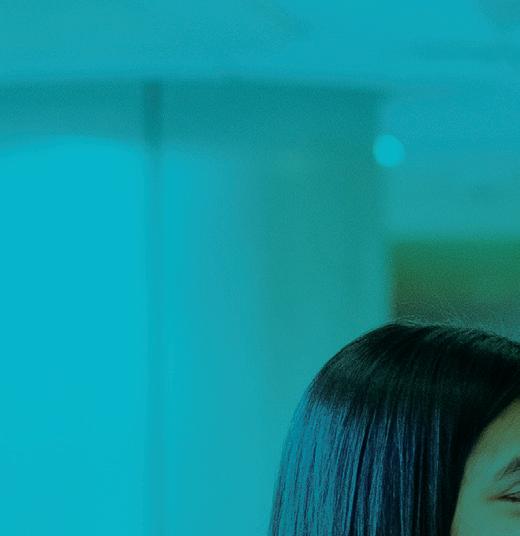
incredible. together.

and hospitality interface, that’s a little more difficult to describe without pictures. But there are opportunities for us to try to find that balance between protection separation and still provide a hospitable experience. We are seeing in our emergency departments we’re putting that initial checkin behind glass, but there’s ways in which we can do it where it still makes it seem as though that’s inviting and open. With a lot of our systems in hospitals, how do you put armed guards or police in those locations in a way that keeps it from being intimidating or creating anxiety for people.”
MUCH OF YOUR WORK HAS FOCUSED ON A SINGLE HOSPITAL THAT HAS BEEN REMODELED FOUR TO FIVE TIMES IN YOUR 20 YEARS THERE. TALK ABOUT THE FACTORS THAT LEAD TO THESE CHANGES AND A COUPLE OF EXAMPLES OF WHAT CHANGES WERE MADE AND WHY.
DARRON BLACK: “When you think about remodeling hospitals, there are several factors, including changes in laws, changes in staff, and changes in technology, but I think the first thing that comes to mind is what groups of physicians is the administration hiring? If they’re going to hire a new group of endocrinology doctors that are going to bring more procedures in, then we’re going to build more endocrinology suites. Those kinds of changes back and forth are why we have remodeled certain spaces four or five
different times over the last 20 years. When you have a new facility, it is the brand-new shiny object, so the physician’s groups are wanting to book all those operating rooms, so now you’ve got a bottleneck in the sterile processing department trying to process all your instruments. Fortunately, we plan for that, so we build space for expanding those services.”
YOUR HOSPITAL WAS BUILT IN A UNIQUE WAY. CAN YOU EXPLAIN THIS AND TALK A BIT ABOUT THE ADVANTAGES OF GOING IN THAT DIRECTION?
KENNETH ROSE: “Our hospital was built in a unique way through prefabrication. As we were designing this hospital, we wanted it to be consumercentric, and we wanted to be a hospital of the future. One of the things that The Beck Group told us was we should consider prefabrication as a part of our building process. At times, it can help with cost, but it always helps with efficiency. It means that parts of our building—and for us
mainly it was patient room bathrooms—were built in an off-site warehouse put together completely to be almost functional. They just needed to be installed. It was all put together in one place, so it helps with labor. Much of our hospital was built in the middle of summer in Texas. If you were to do a construction job outside, would you rather do your job in construction or in an air-conditioned warehouse? When you’re trying to attract labor in the different trades to build these bathrooms, it’s an easy way to convince people that your project is a better project to work on. With all of our growth, these tradesmen are hard to find and are hard to book. Bathrooms and head walls were designed in a warehouse in Grapevine and then they were boat wrapped and put on 18-wheelers. They drove onto our property, were taken off the trucks, and craned up to the second floor where they were installed. The bathrooms were slid in, fit perfectly, and installed quickly. It kept us on track with our construction project. When we think about the future of
healthcare, we need to look at other industries, how we consume things, how we receive things, and how we order things. Healthcare has got to get out of its own way and look at other industries that have figured out how to attract consumers and keep consumers.”
SHORTAGES HAVE PLAGUED EVERY ASPECT OF THE HEALTHCARE INDUSTRY, AND IT ISN’T A PROBLEM THAT’S GOING AWAY ANY TIME SOON. HOW ARE PROVIDERS AND DESIGN PROFESSIONALS THINKING ABOUT ADDRESSING THOSE ISSUES, AND HOW DOES IT IMPACT DESIGN?
SCHROER: “When you think about hospital design— specifically patient units, nurse stations, and things like that—there are standard nurse-to-patient ratios that we’ve tried to plan around. When you think about where people must sit, their visibility, and those ratios, it impacts how you design those units.
JASON SCHROER, HKS
“There are opportunities for us to try to find that balance between protection separation and still provide a hospitable experience.”
You can count on us.
With healthcare as the backbone of our construction success since 1969, we draw upon the experience, knowledge, and talent of generations.
Ranked #1
GENERAL CONTRACTOR FOR HEALTHCARE CONSTRUCTION BY MODERN HEALTHCARE


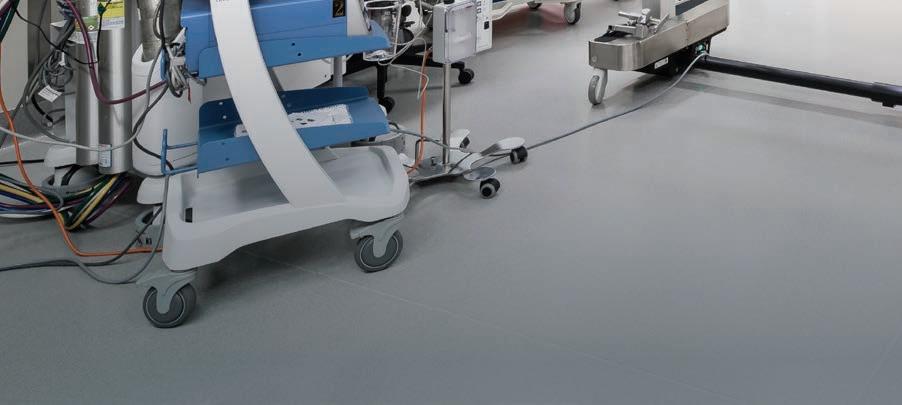

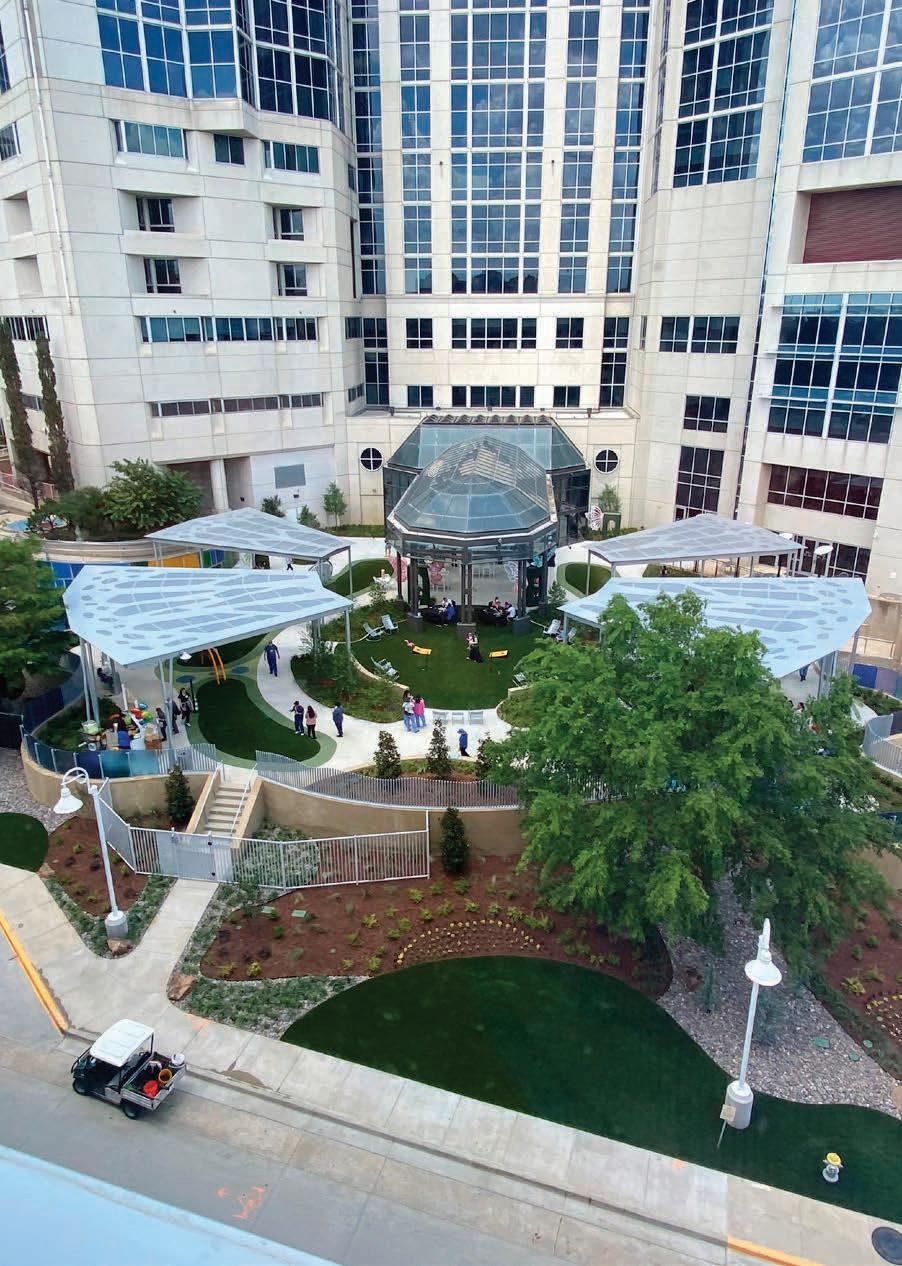
brasfieldgorrie.com

We are finding that we may have to start to rethink some of those ratios, and that will impact the design of our units. We even go into the science of walking distances and other things that we can measure based on testing out different layouts on floor plans. We can go into the field and measure if our designs supported giving nurses more opportunity to be bedside as opposed to walking and looking for meds, looking for supplies, and things like that. The other thing that we’re seeing, too, is integrating innovation and technology. Robotics are big in terms of trying to figure out what are certain tasks that can be mitigated, which is reinforced by shortages. We’re seeing that the caregiver average age is much lower than normal, and we have seen some innovative ideas around some systems. Some are convincing senior caregivers and saying they still want them on the team, but they are going to put the nurse in a command center to be available to all of our other nurses and caregivers in the system. Some systems have created a command center of more seasoned nurses as a safety net for their nurses within their system. It creates great mentorship opportunities.”
AS CEO, YOU ARE CONCERNED WITH IMPROVING OUTCOMES VIA DESIGN. AS THE LEADER OF A RELATIVELY NEW FACILITY, HOW DID THE HOSPITAL INCORPORATE DESIGN ELEMENTS TO PROMOTE HEALING?
ROSE: “Healthcare is moving into an age where we have to be more consumer-centric. With our space, we want to make sure we have an environment where people can heal. Part of that healing is in family and connections, so you need rooms that can hold a spouse and maybe kids and parents where they can heal with the community, not just individually in small rooms. We’re done with double occupancy in healthcare. The other thing with space is natural light. Something that a lot of hospitals have done historically is what we call out-boarding of bathrooms, which moves the bathroom toward the exterior wall of the patient room, and it limits the amount of window space that you can have. With our hospital, we decided to inboard our bathrooms, which gave us larger windows and more natural light. It’s a basic thing, but it helps a patient when they’re there. We want it to feel more like home or a hotel.”
THE
HOW HAVE SUPPLY CHAIN ISSUES AND INCREASING LEAD TIMES IMPACTED HOSPITAL CONSTRUCTION?
BLACK: “Supply chain challenges are extending the overall durations and the final end dates of everything. With a lead time of 30 or 50 weeks out, we bring those to the client and say, ‘What is more important to you? Is it money, or is it quality, or is the time?’ The other thing we think about in our industry is that we like just-in-time delivery. A lot of our job sites don’t have any storage, so we want to order our products and have them arrive just in time so that they can go into the building and be installed. Nowadays, you don’t have that luxury, and you may or may not know, so if you have space on site, then you can get storage containers to store stuff and get it in early. If not, we need to start talking about upfront warehouse space, getting those products in, and storing them so that we can have them when we need them so that it’s not impacting the overall duration.”
HEALTHCARE PROVIDERS ARE INCREASINGLY FOCUSED ON CONTINUITY OF CARE AND MAKING SURE PATIENTS STAY CONNECTED TO THE HEALTHCARE SYSTEM. HOW DOES THAT IMPACT DESIGN AND THE SPACE WHERE PATIENTS EXIST?
DIAS: “With the digital connection that we’re starting to get to our systems, it’s still figuring itself out. But hopefully, with digital connectivity to all the systems and opportunities, that will clarify as time marches on for us. What that means for design is that as it becomes clearer and we’re all educated more about where to go, we can spend less time as designers using architecture to clarify the healthcare continuum, and we can spend more time in the delightfulness of spaces. Daylight, biophilia, and art all deserve a great amount of design energy, and so the more that we can clarify the continuum, the more we can design delightful spaces. We’re not there yet, but I think that is the opportunity.”
HOSPITAL OF TOMORROW IS OFTEN LITERALLY TOMORROW.
“Healthcare is moving into an age where we have to be more consumer-centric. We want to make sure we have an environment where people can heal.”
Join us for D CEO’s fifth annual, half-day event.
September 13, 2023
7:30 a.m. – Noon

Frontiers of Flight Museum
For more information and to purchase tickets, visit:
DMAGAZINE.COM/DEI2023
SERIES SPONSORS: Haynes and Boone | KERA | Maker’s Mark
TITLE SPONSORS: AMN Healthcare | Bank of Texas
CliftonLarsonAllen | Thomson Reuters
PREMIER SPONSOR: Visit Dallas
SIGNATURE SPONSORS: Amazon | Bioworld Merchandising Communities Foundation of Texas | Dallas Mavericks Girls Scouts of Northeast Texas | ISP Creative
D CEO MAGAZINE PRESENTS story by GARRETT TARANGOAfter being born in alabama and educated in New York, Dr. Edward Henry Cary moved to Dallas in 1901 to practice ophthalmology. Shortly after arriving, he became a professor at the city’s first medical school, the University of Dallas Medical Department, and became dean after serving as volunteer faculty for six months. He aimed to raise educational standards to what he experienced on the East Coast and only awarded four diplomas in 1903, as he believed the other students weren’t up to par. That year, he assisted the financially struggling school in its merger with Baylor University College of Medicine. He served as dean at the new school, Baylor Medical College, where he also was a professor until
1943. He was the first to perform ocular surgery at the school in 1909. In 1939, he helped found the Southwestern Medical Foundation, which led to the formation of UT Southwestern Medical Center—and eventually negotiated the college’s entry into The University of Texas System in 1949. Cary died in Dallas in December 1953, two years shy of UTSW opening its first facility on campus, later named the Edward H. Cary Science Hall. One of UTSW’s six academic colleges is named for Cary, as was a junior high in 1959. His concern for the community matched his passion for personal health. “The value of health and happiness to an individual who is afflicted cannot be estimated,” Cary once said. “The value to a community of a higher standard of public health is incalculable.”


You’ll need more than just a bank to achieve greatness. You’ll need a trusted financial partner. And an estate planner. And a family wealth advisor. And a commercial banker. And treasury solutions experts. And strategic advice. And connectivity to global markets. And an unstoppable team of entrepreneurs.
